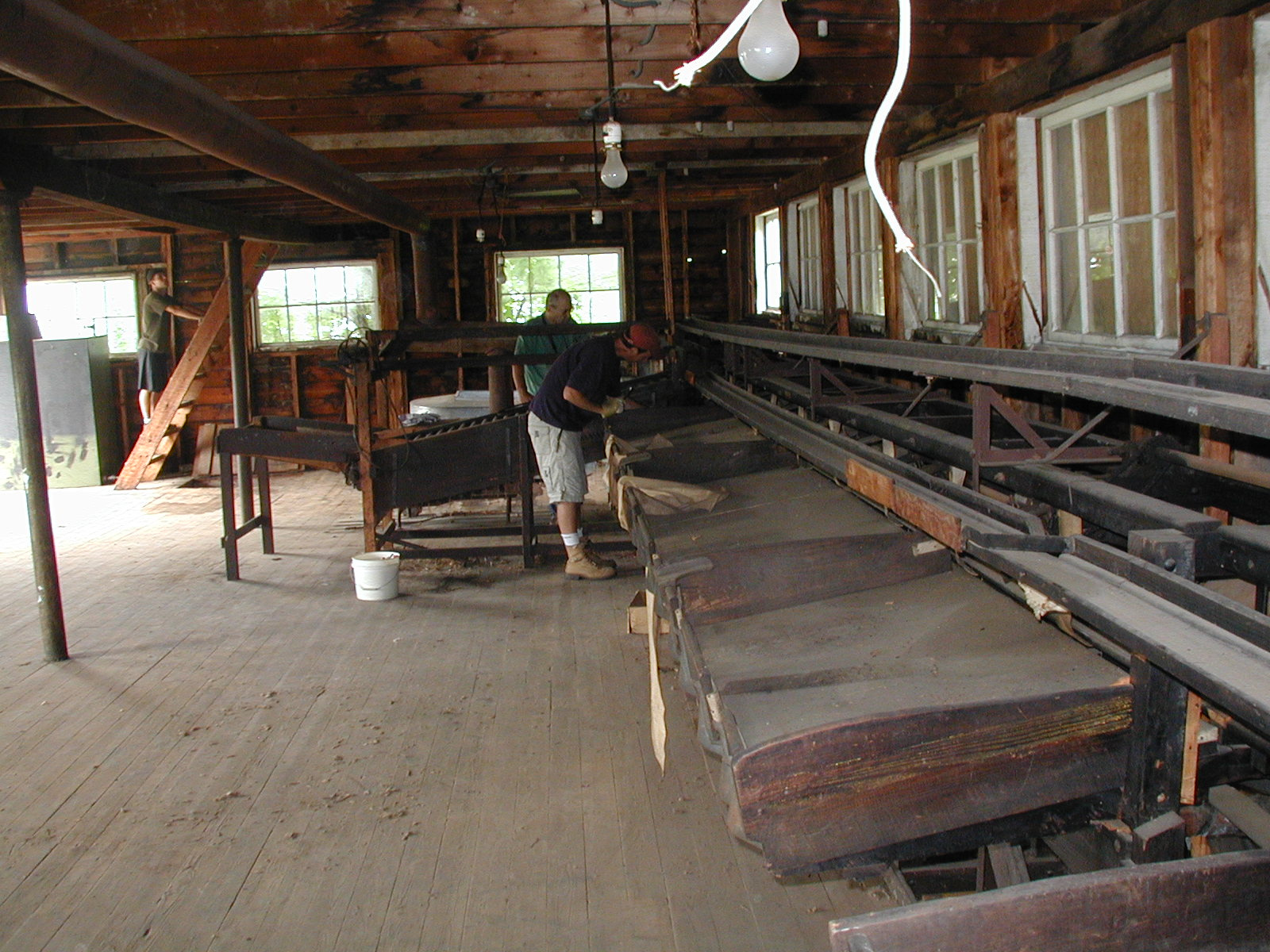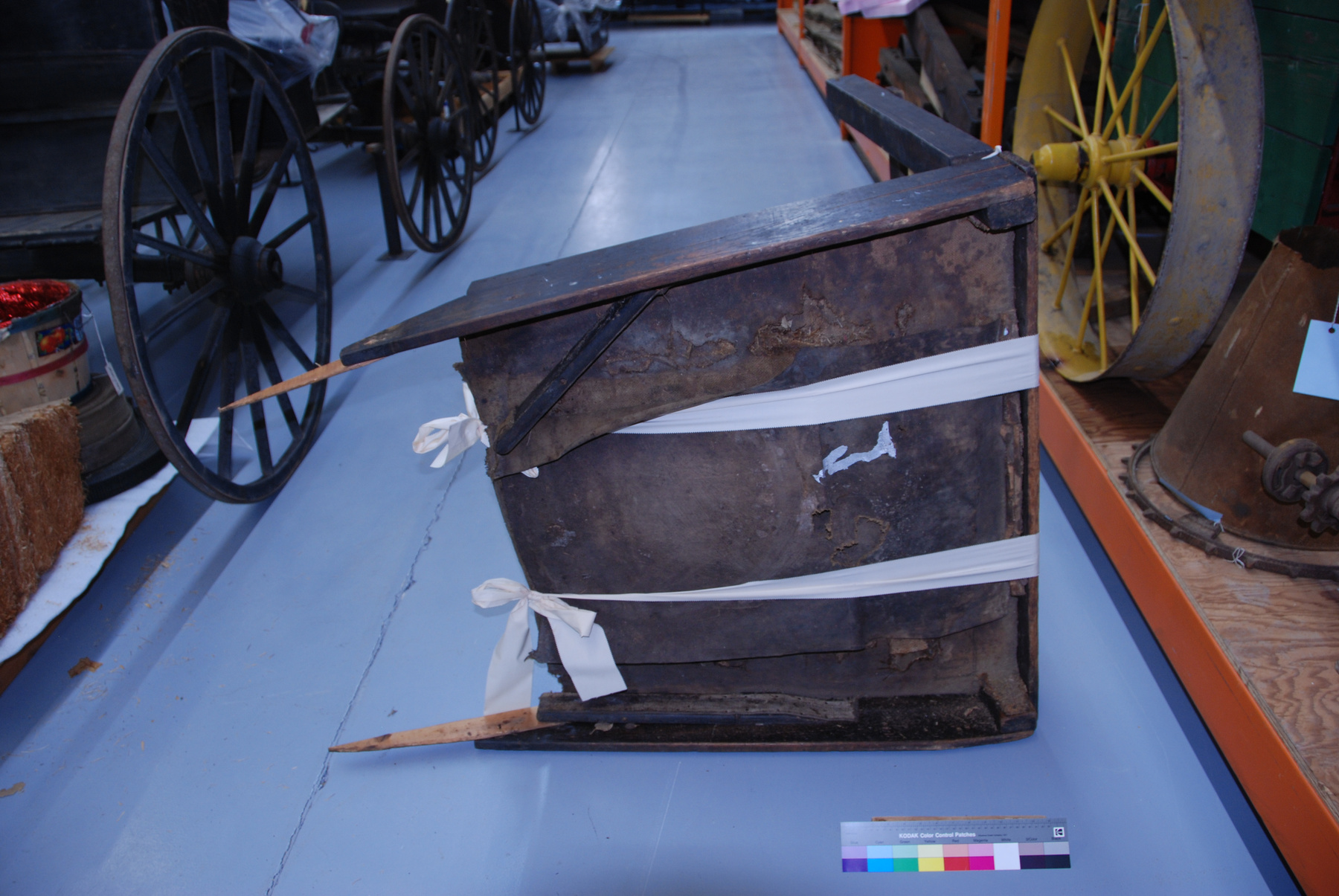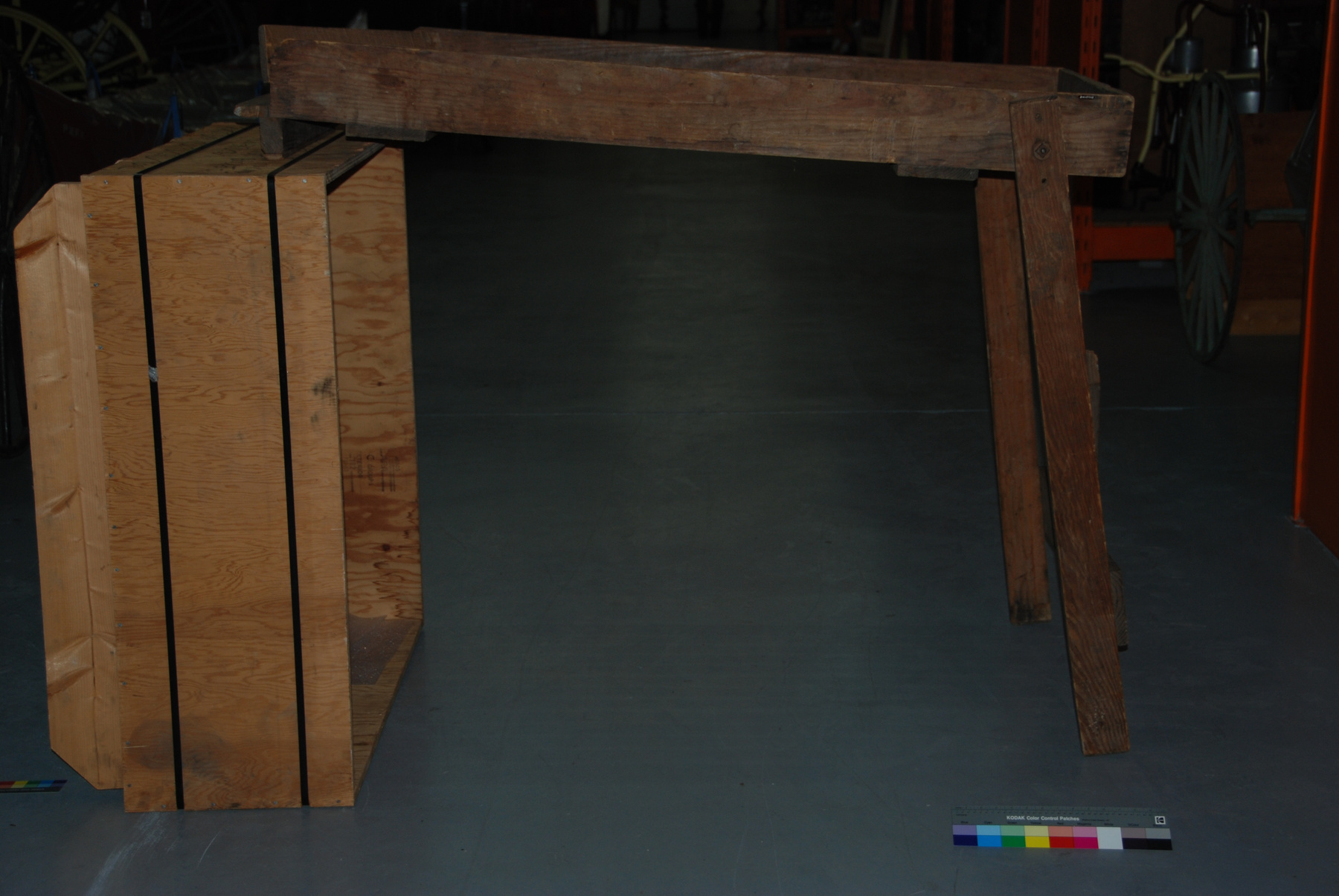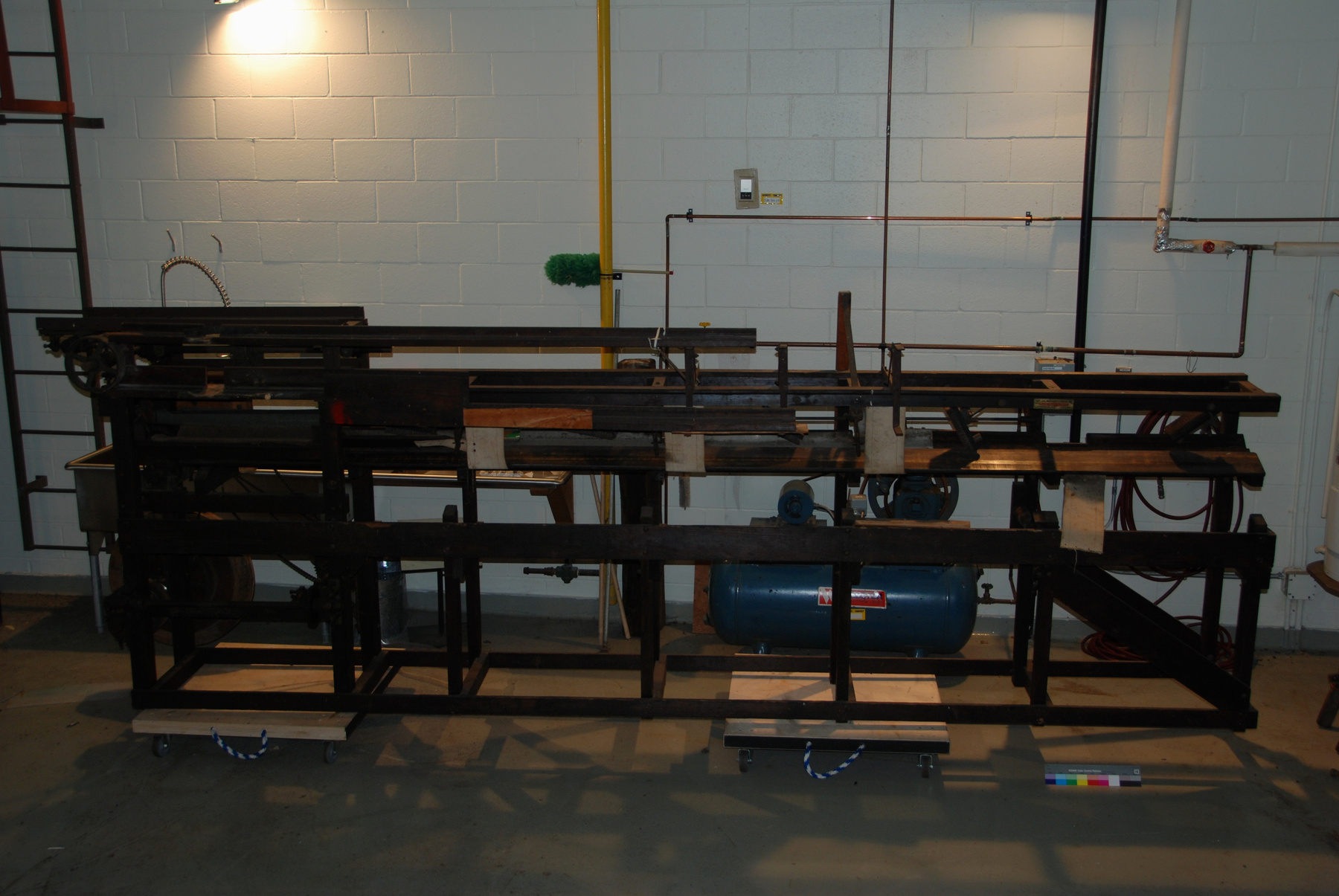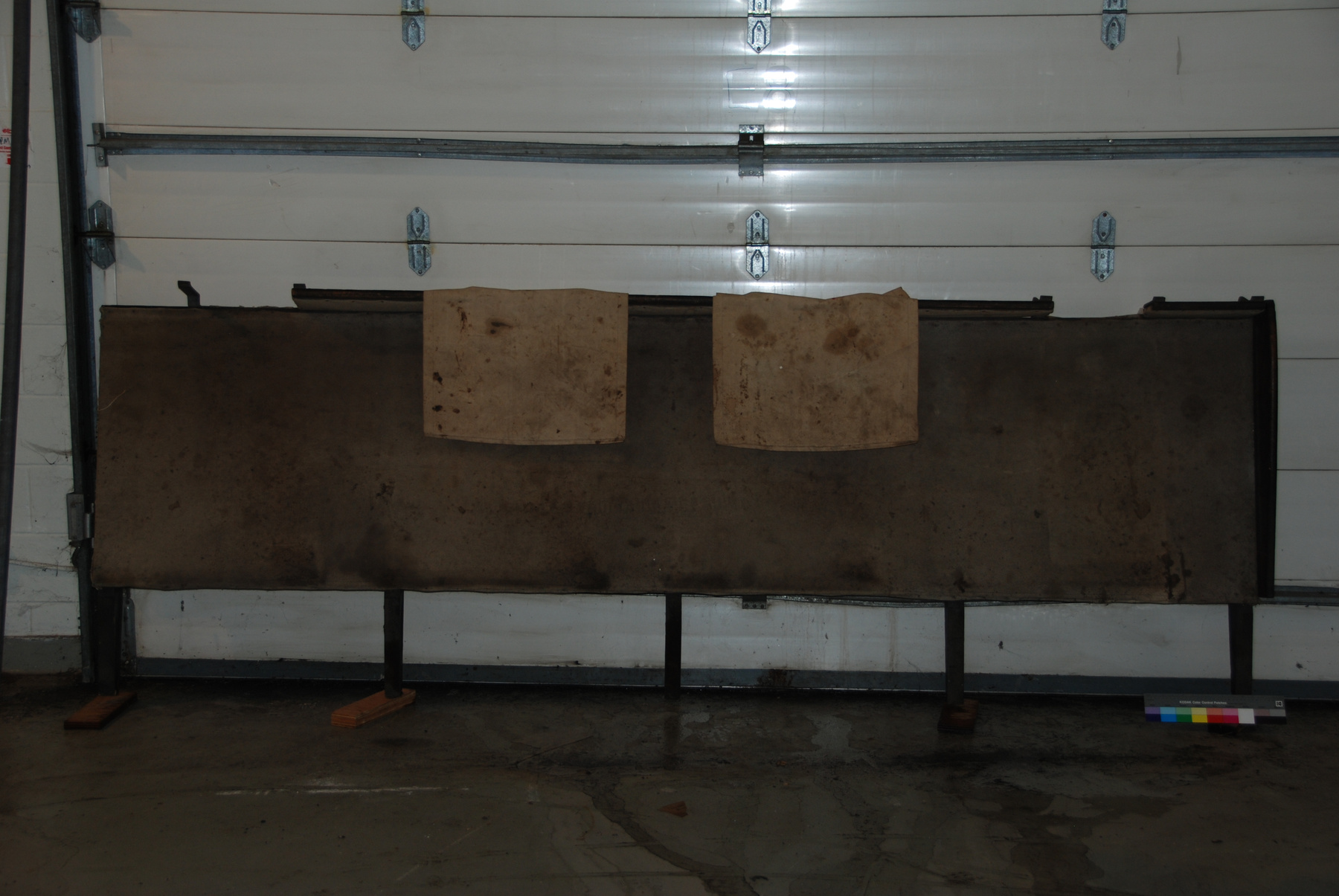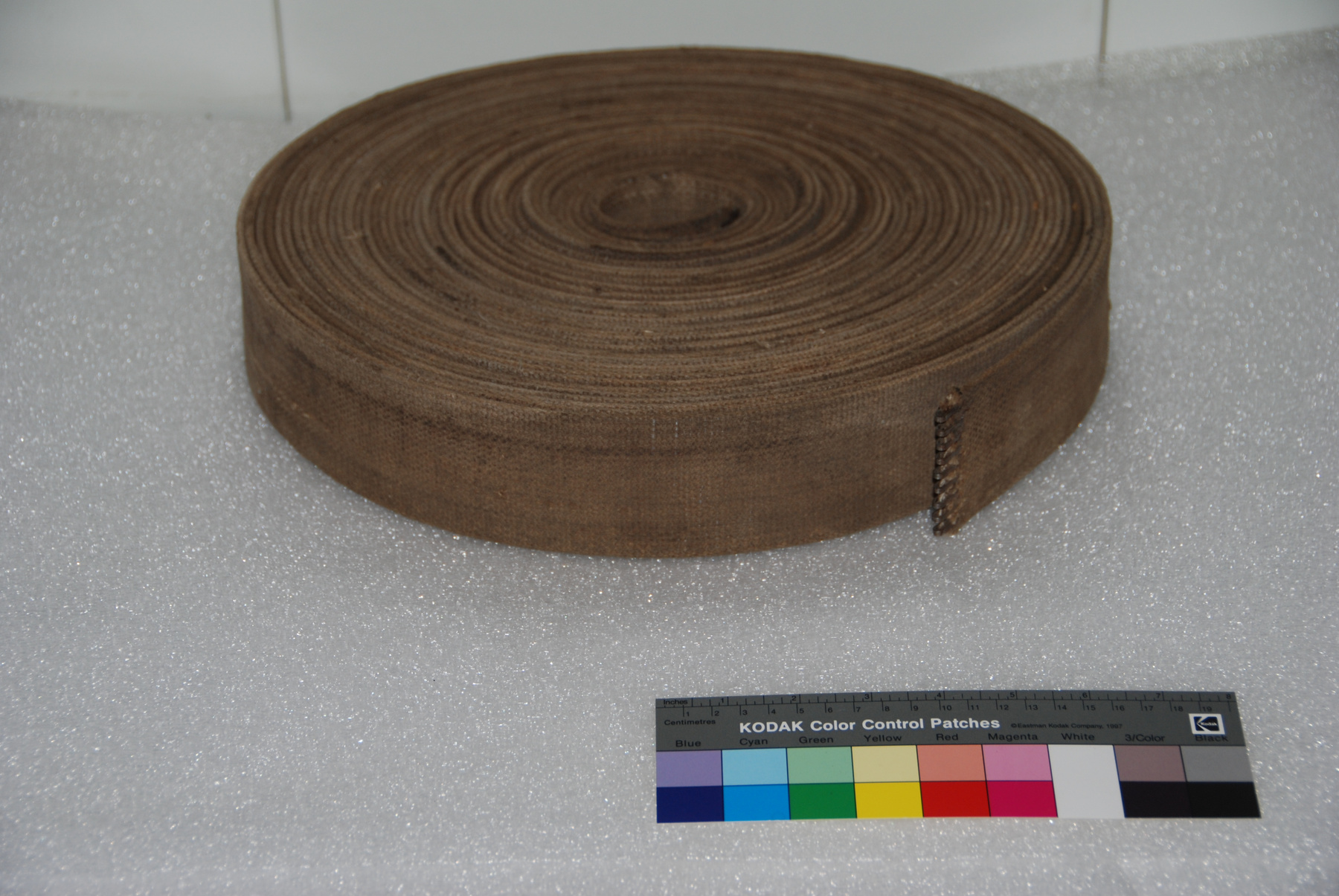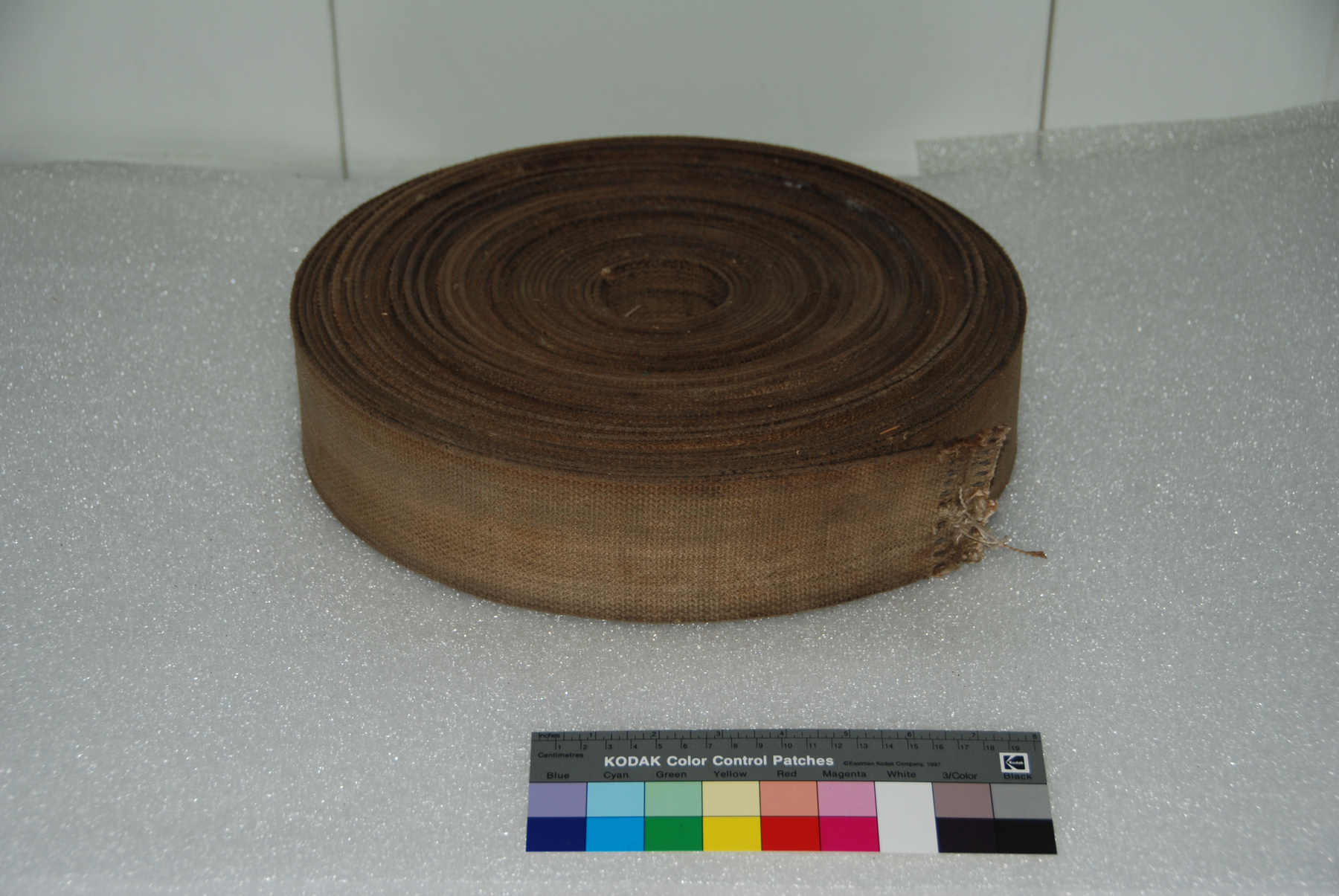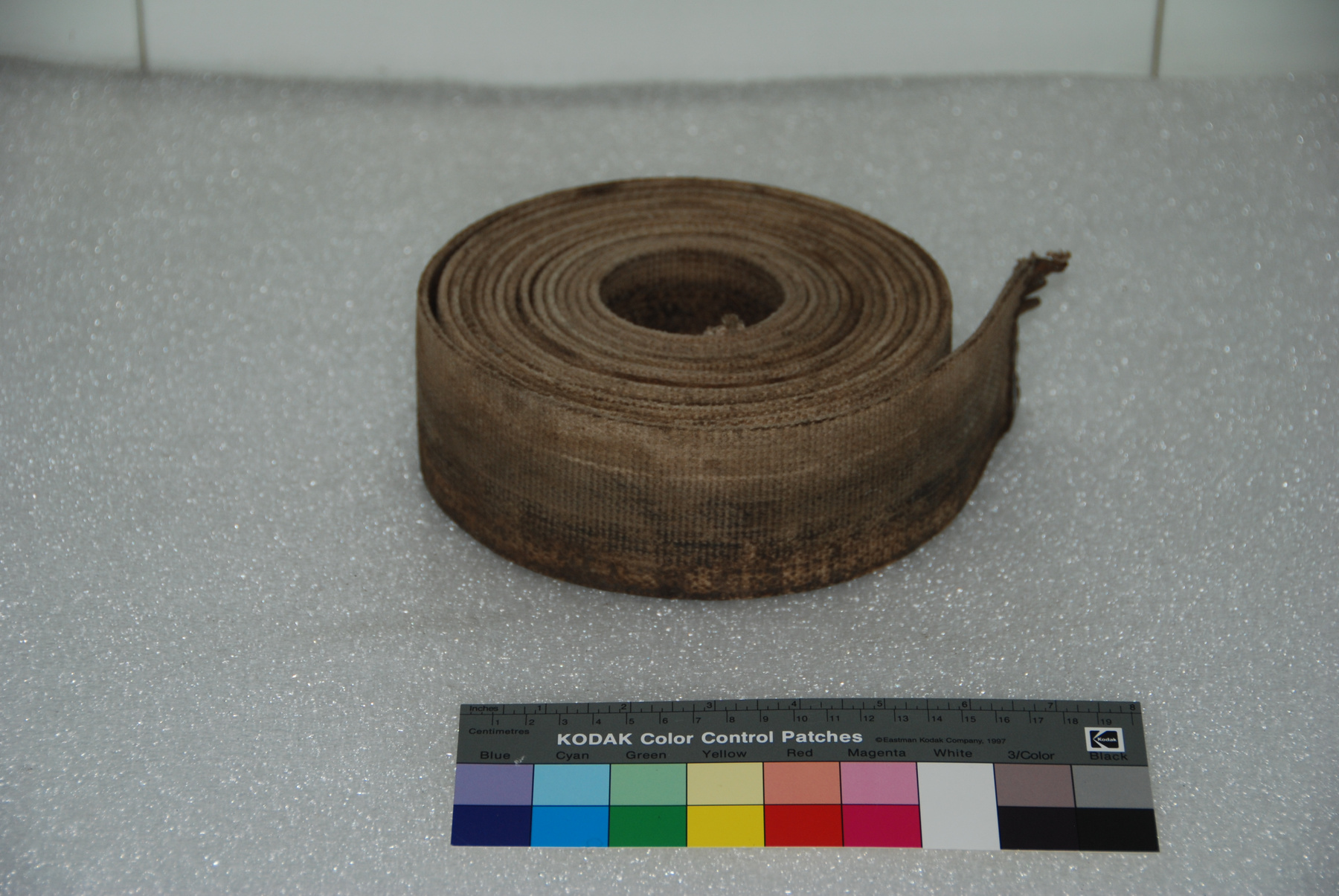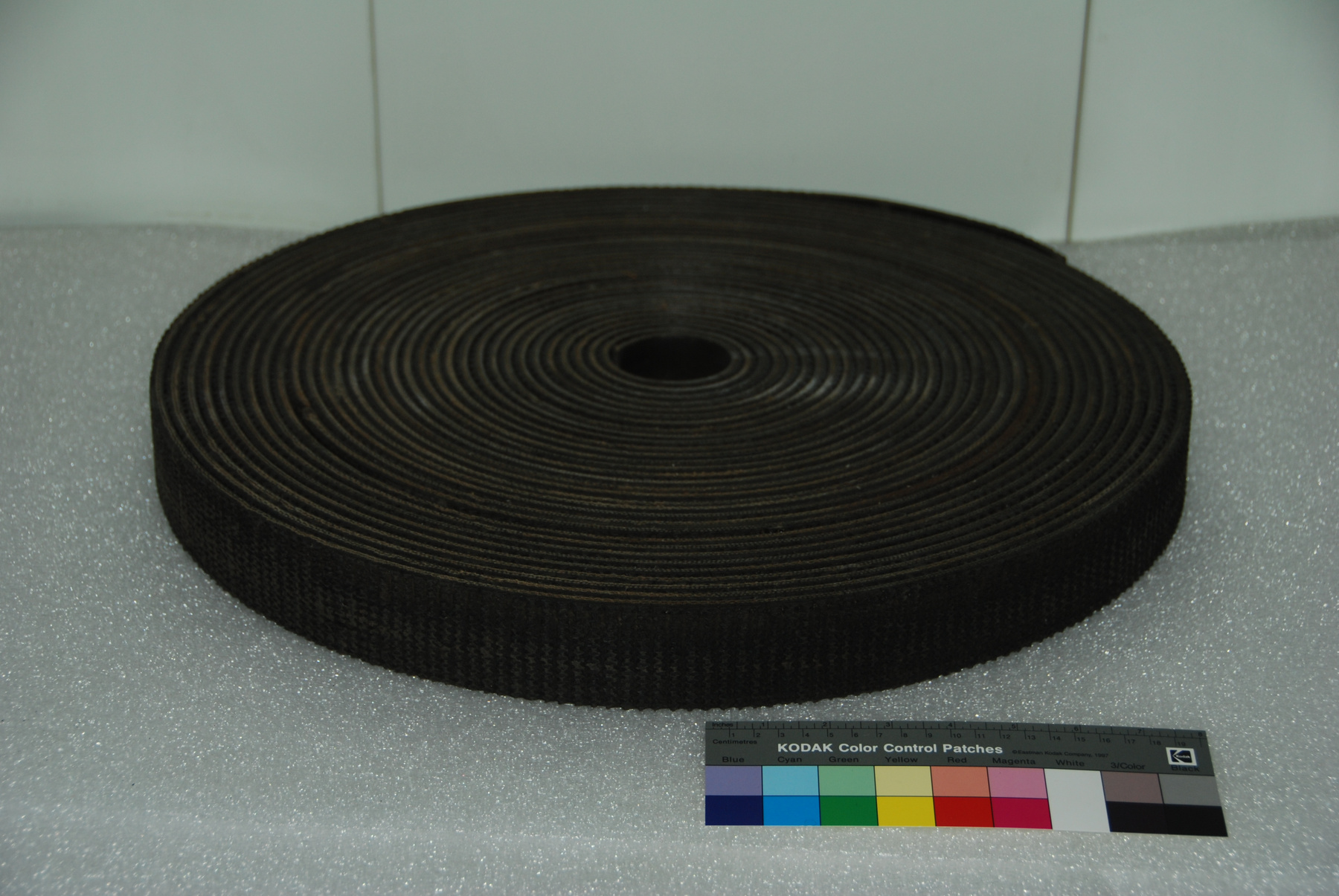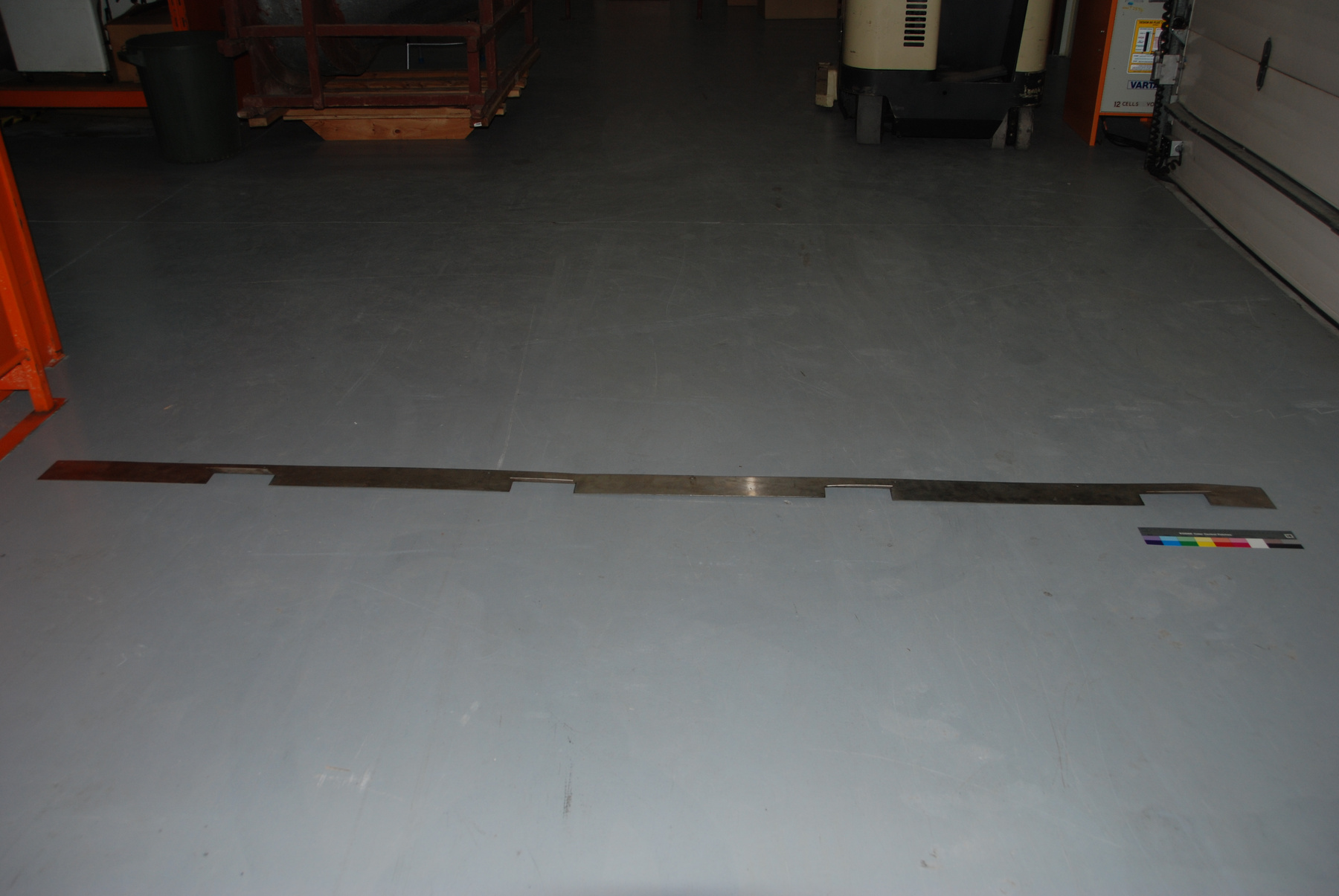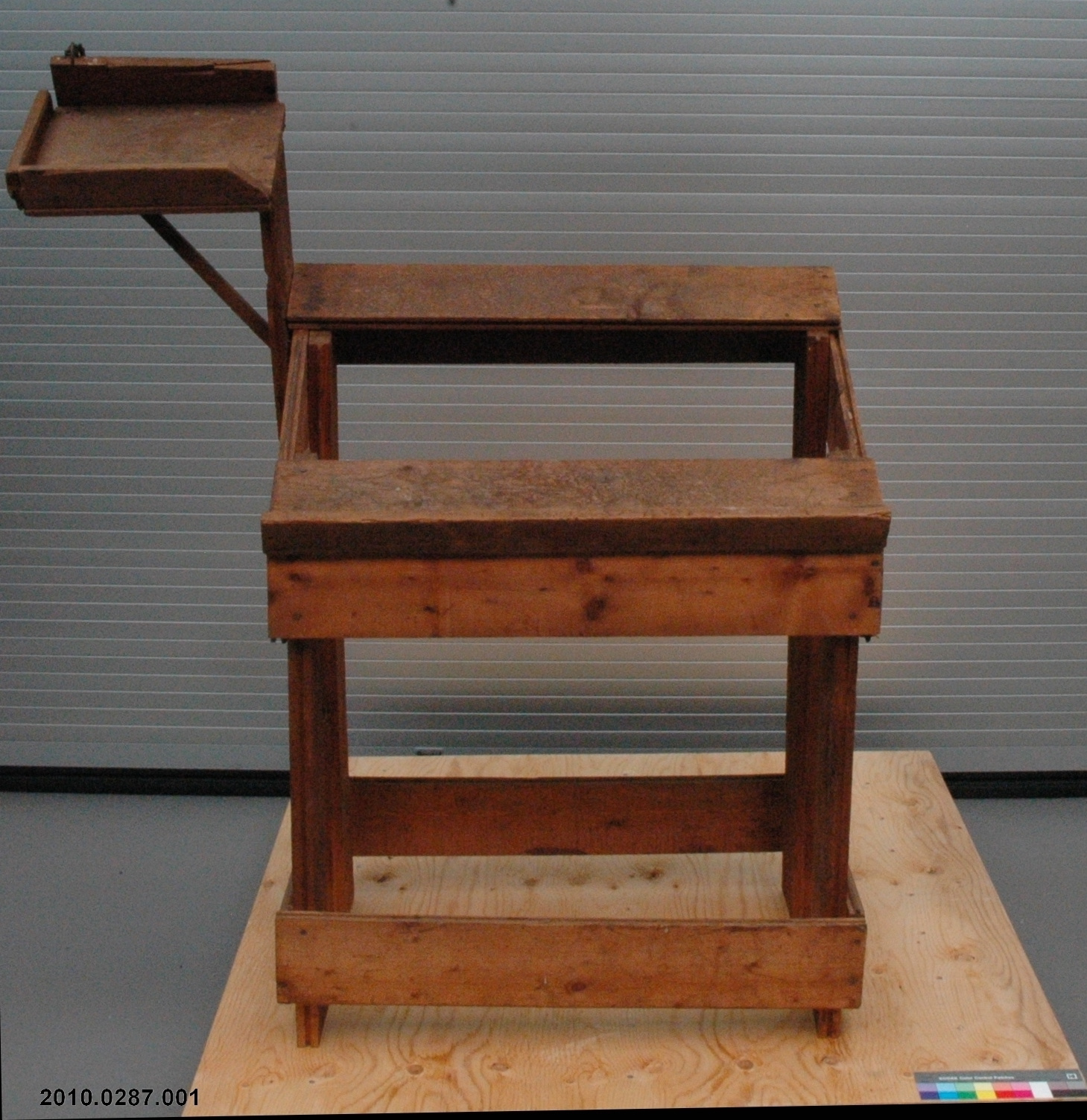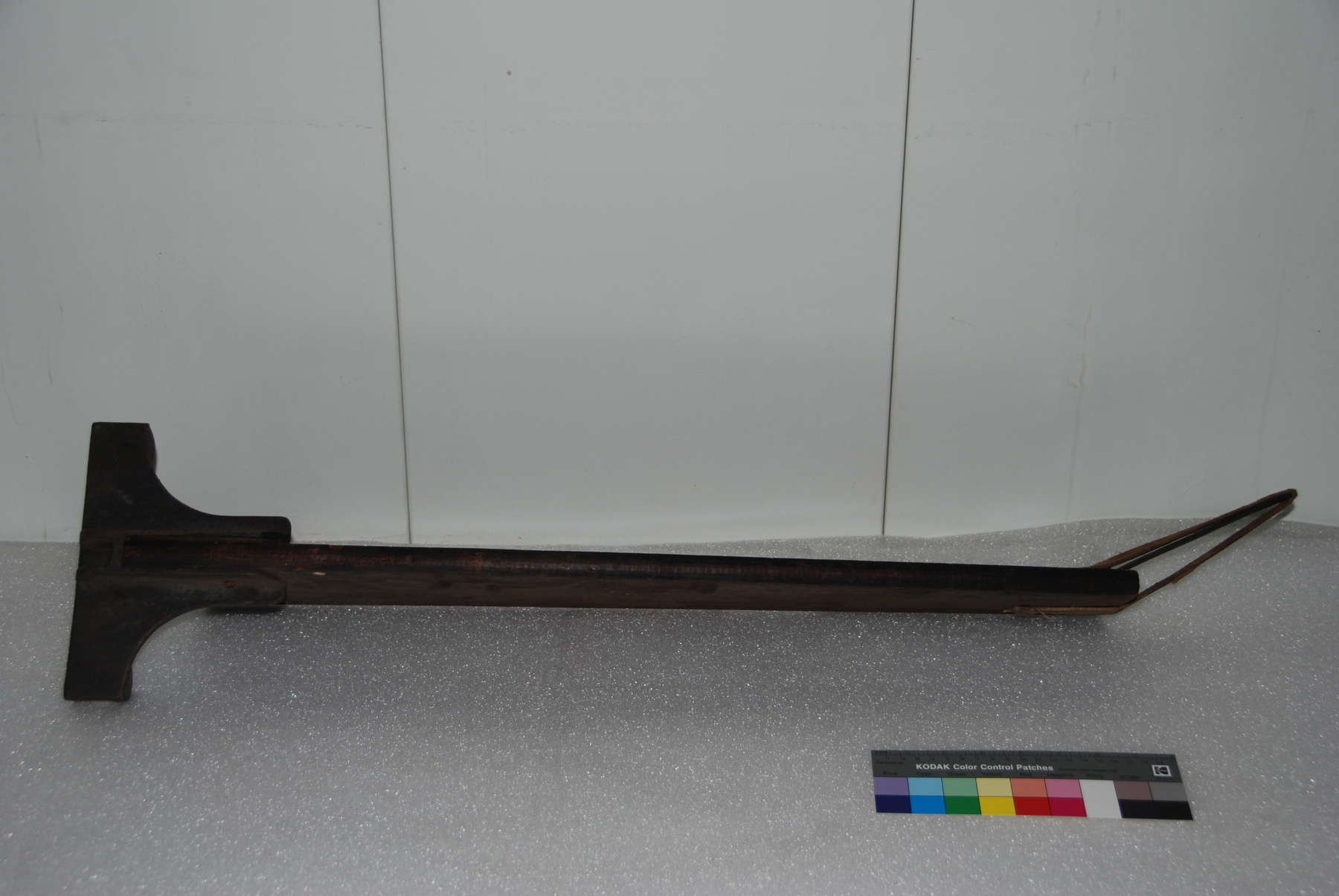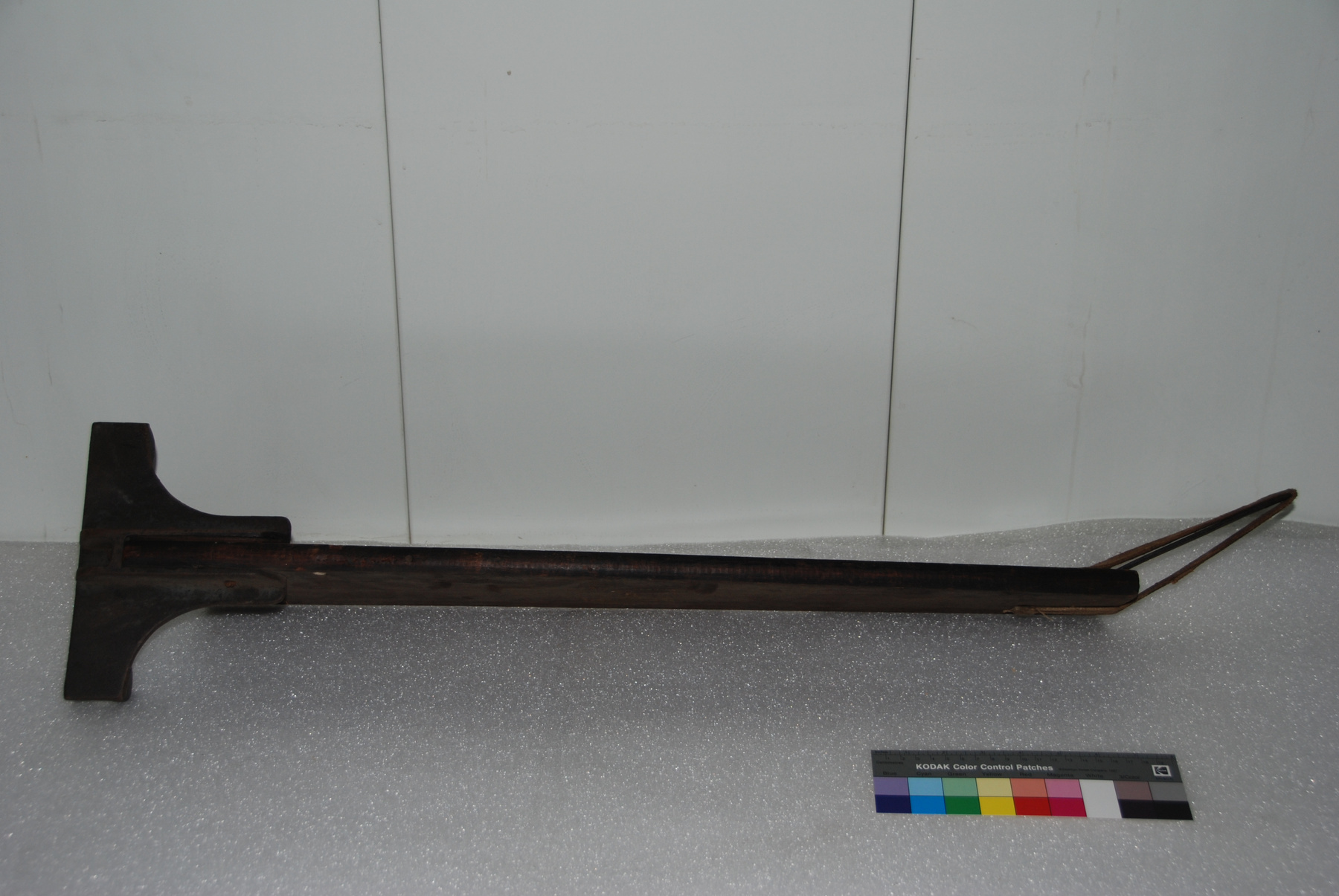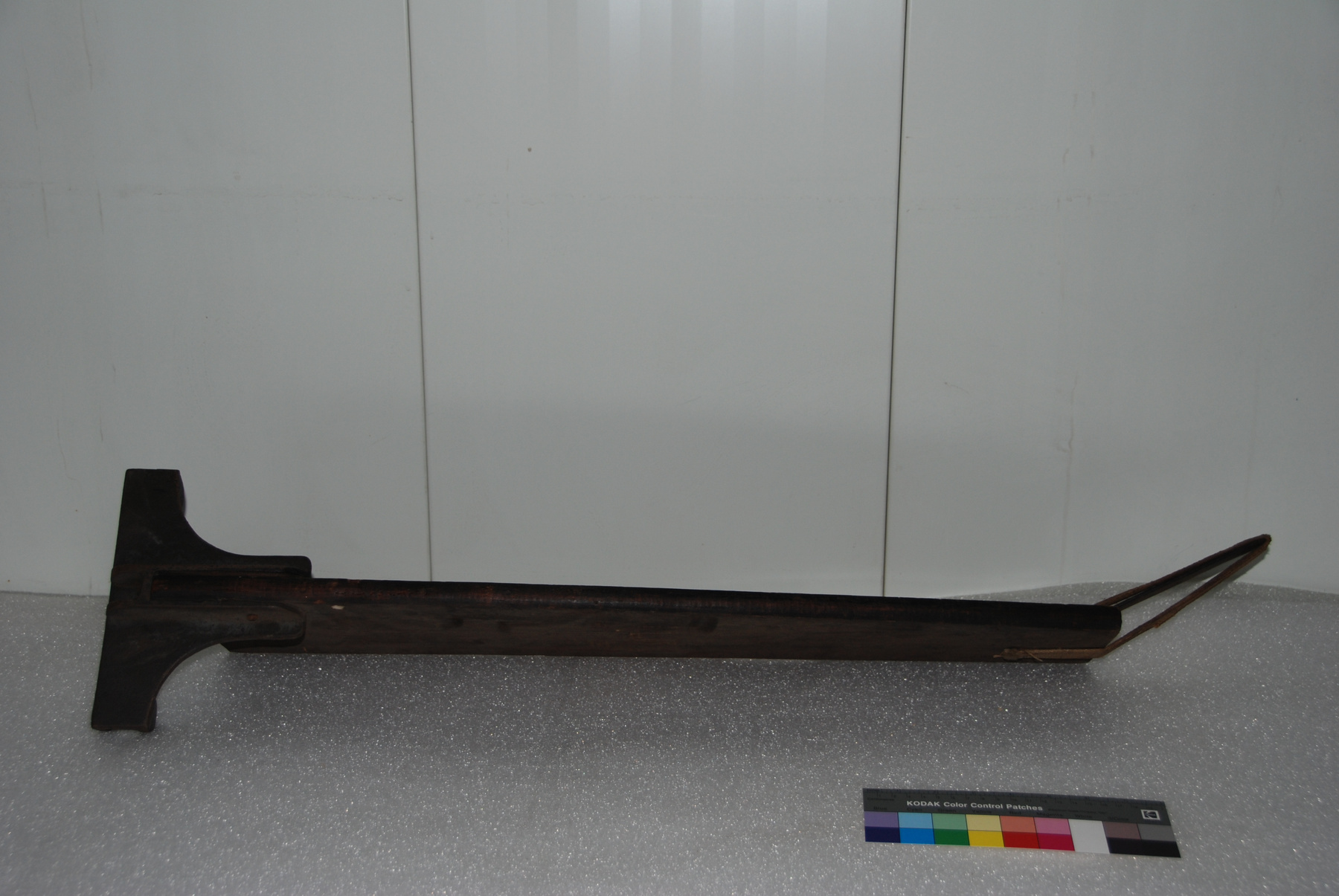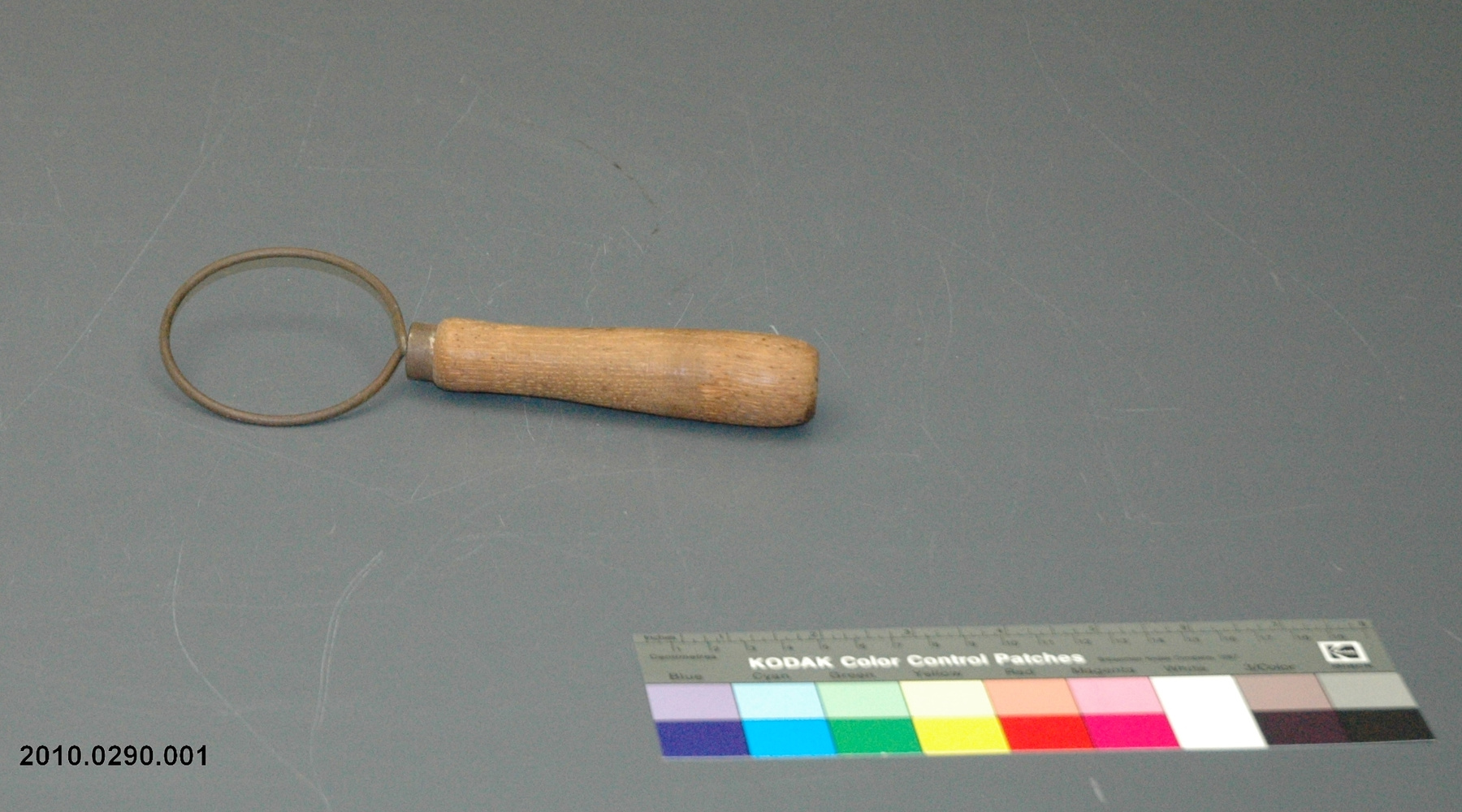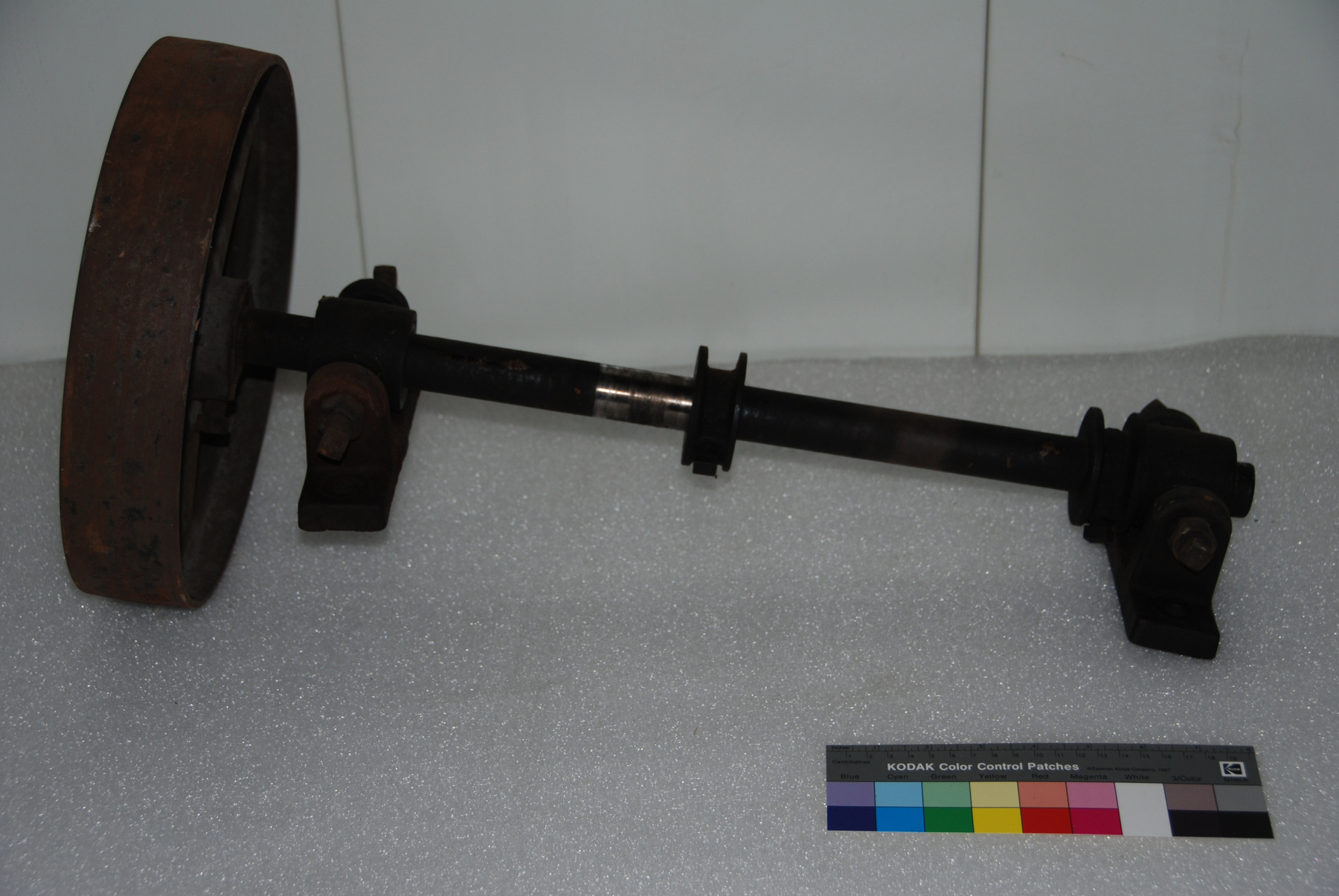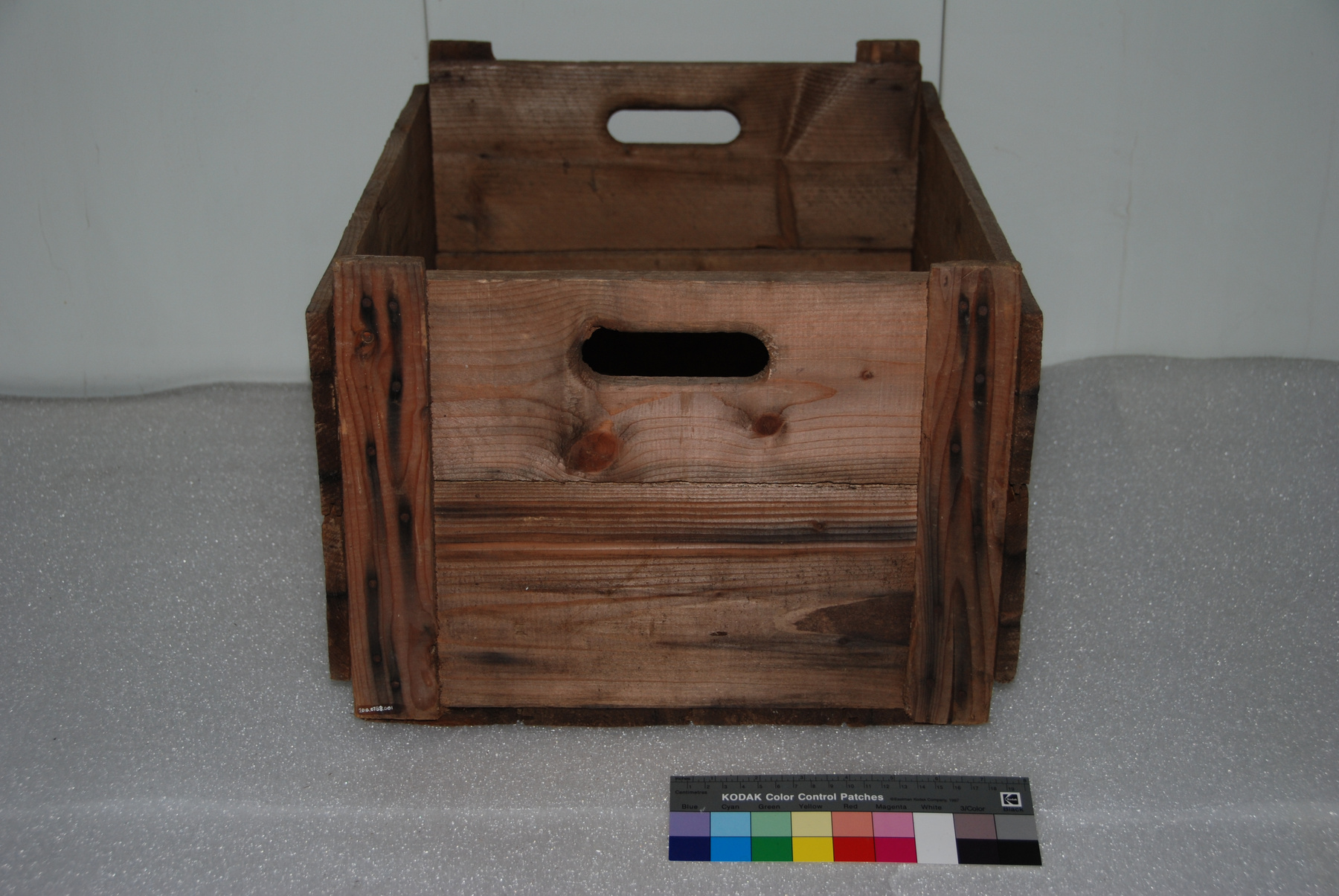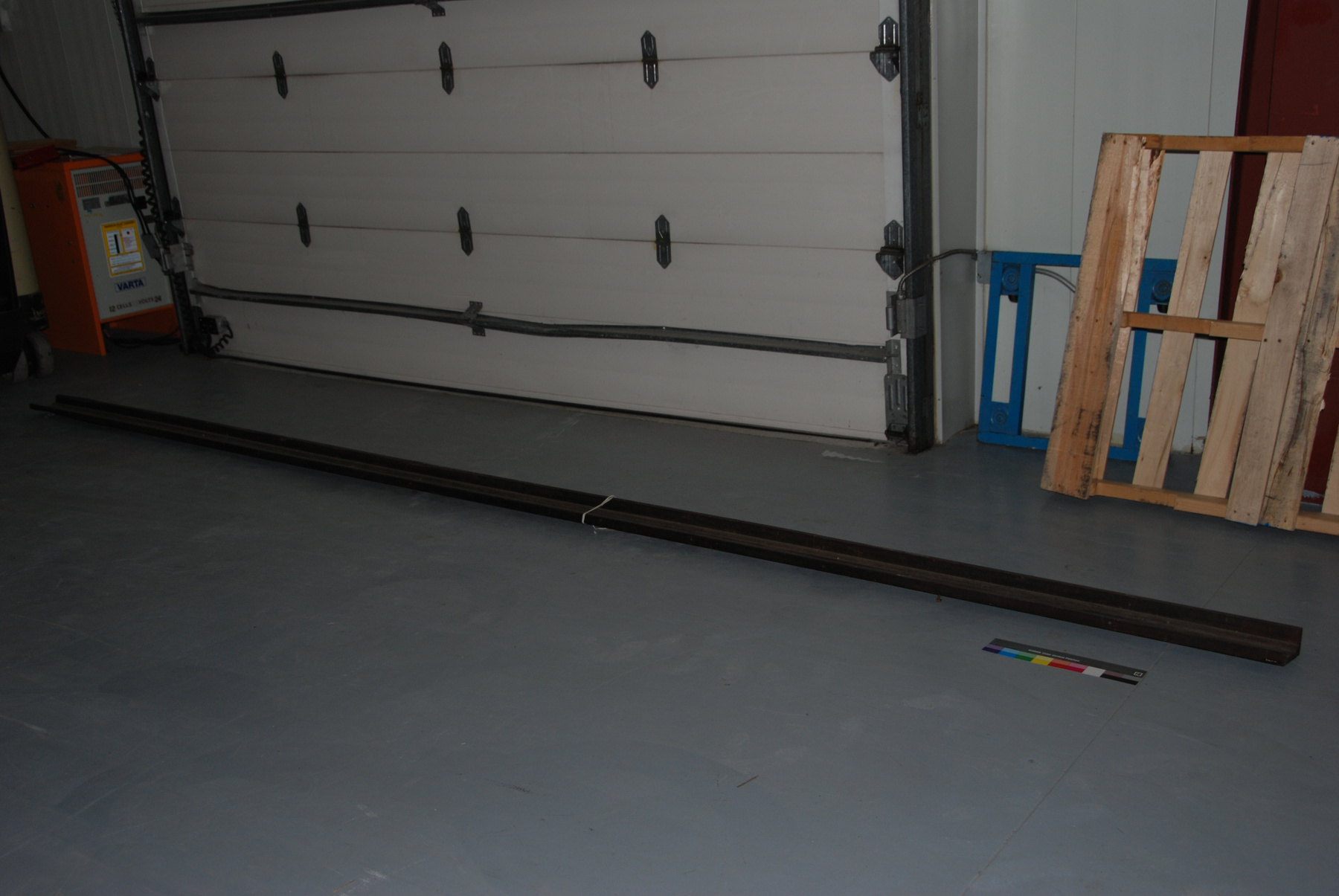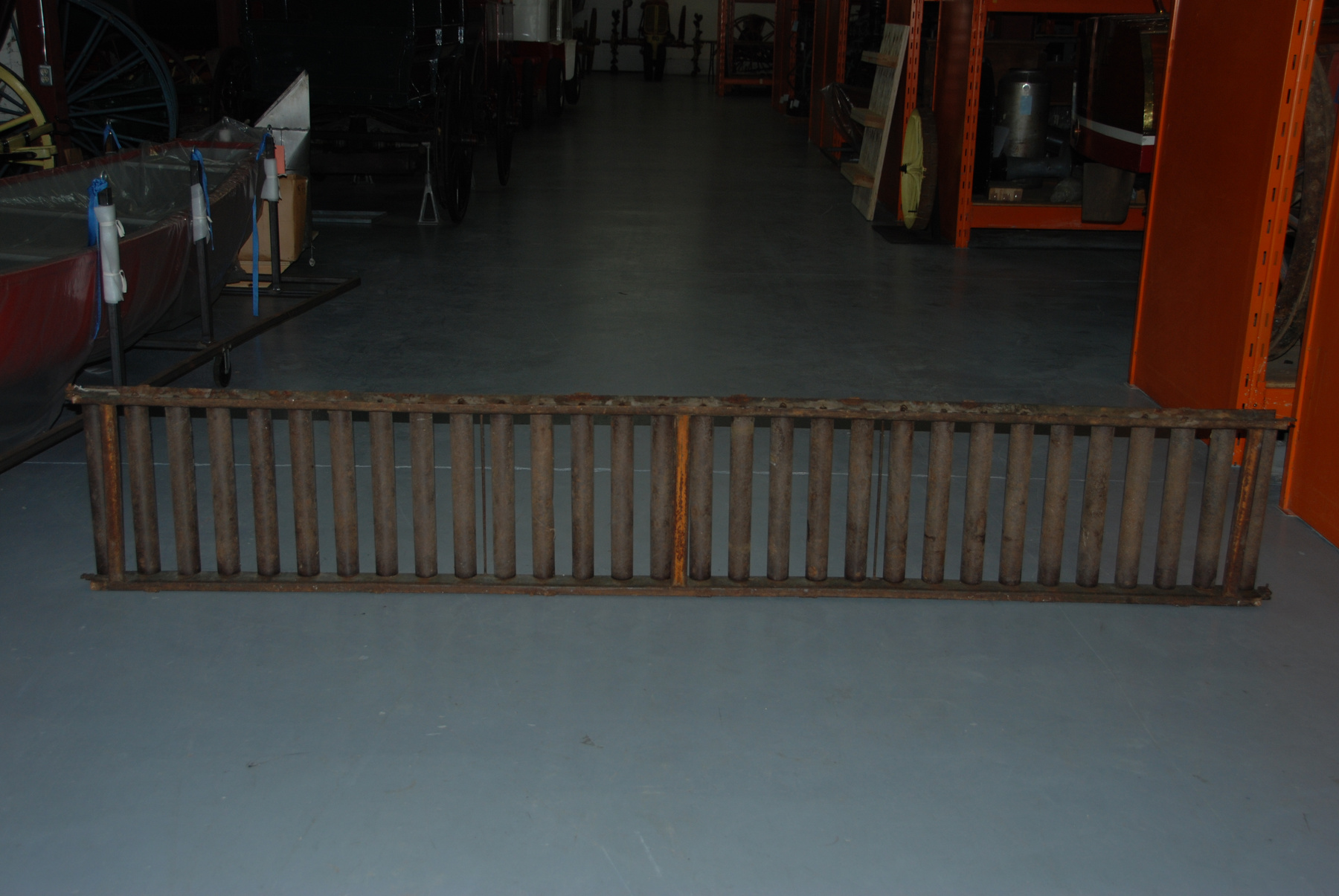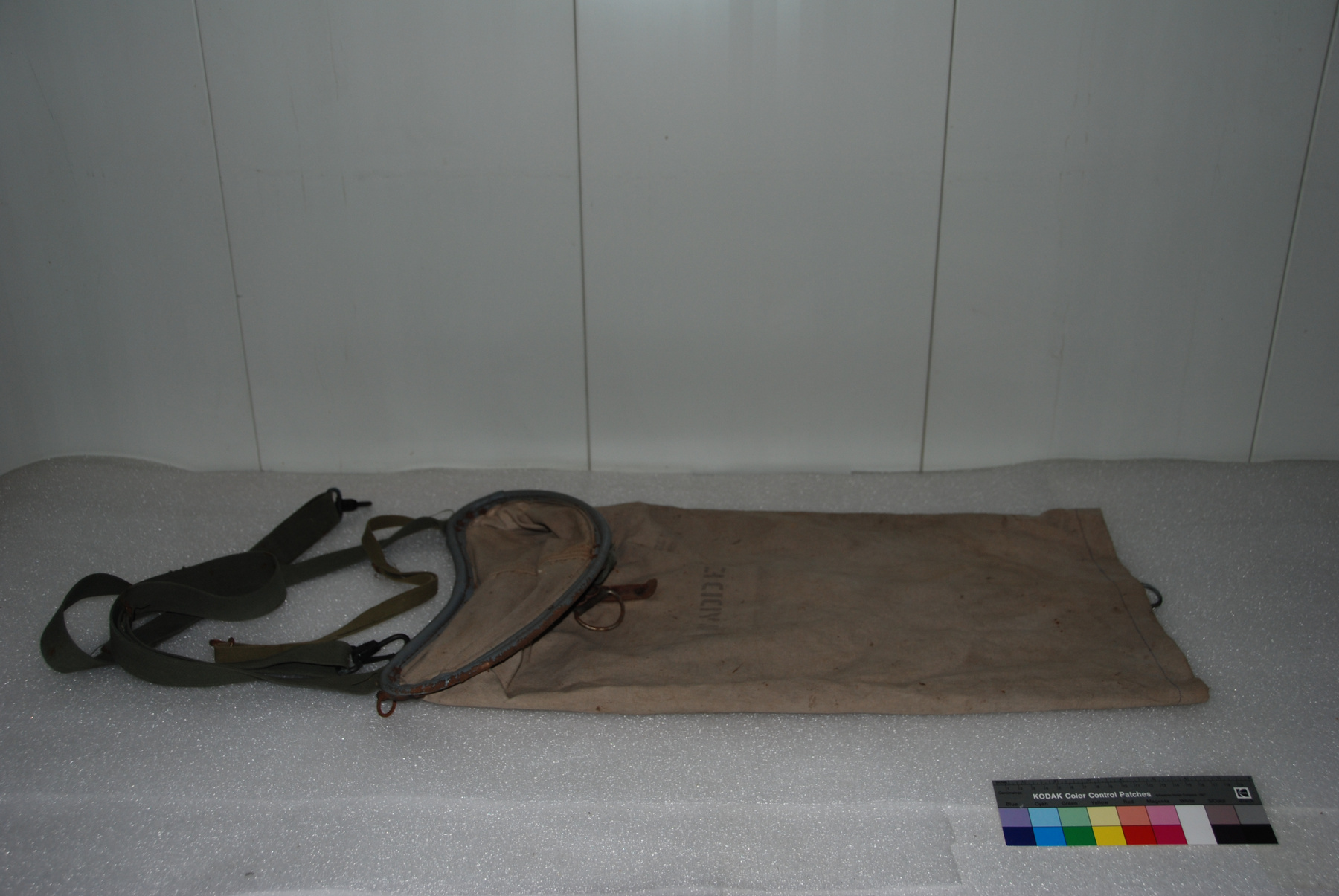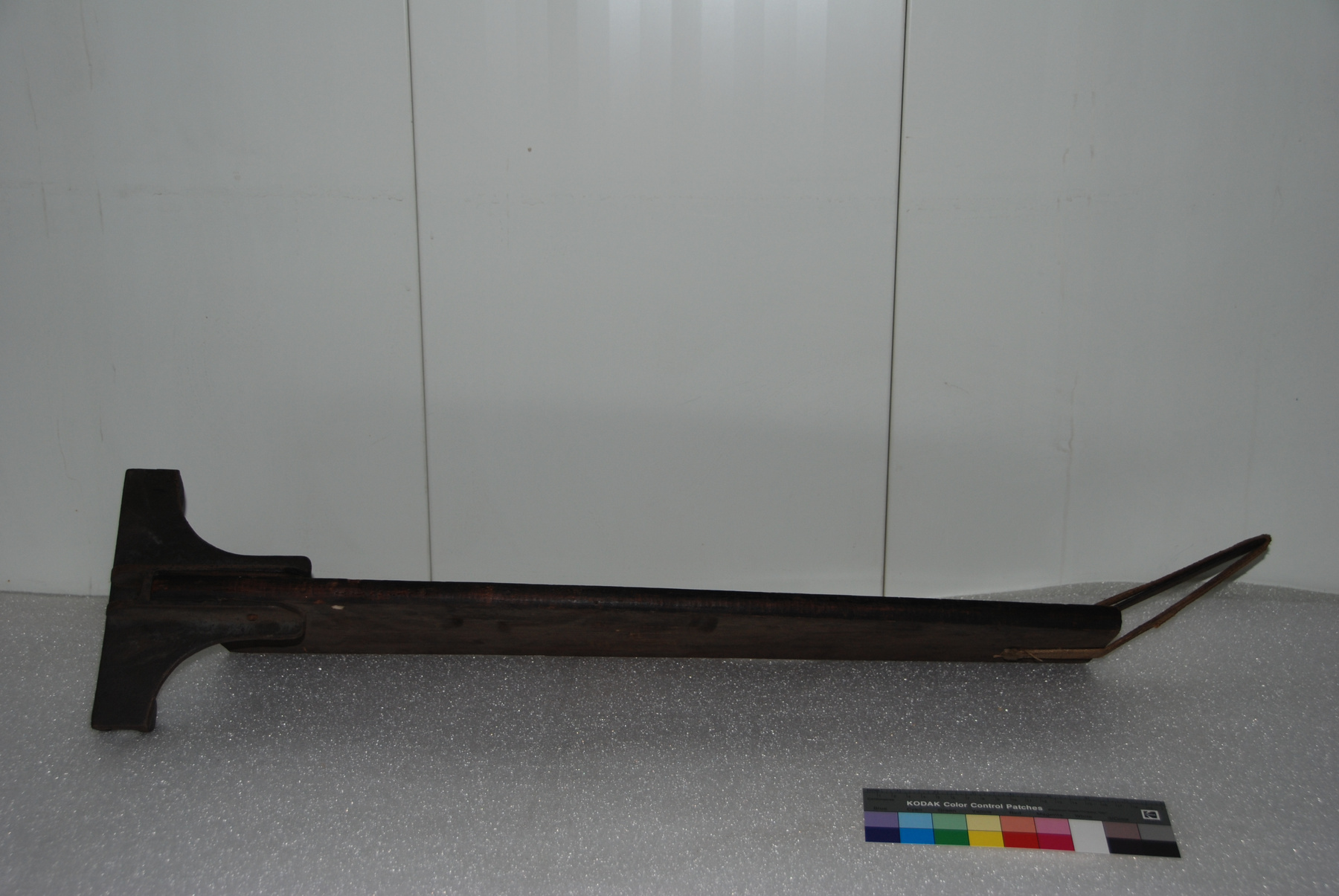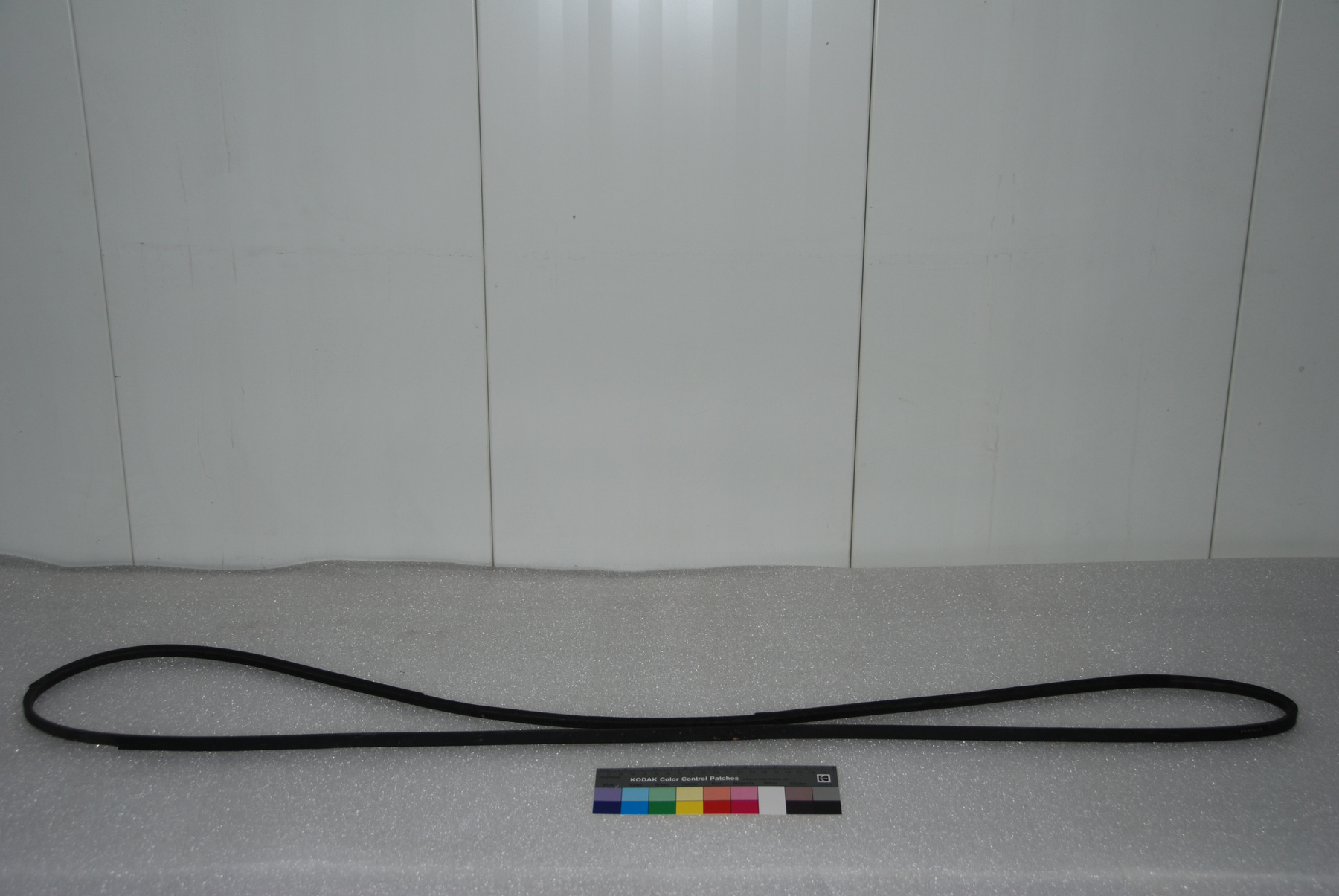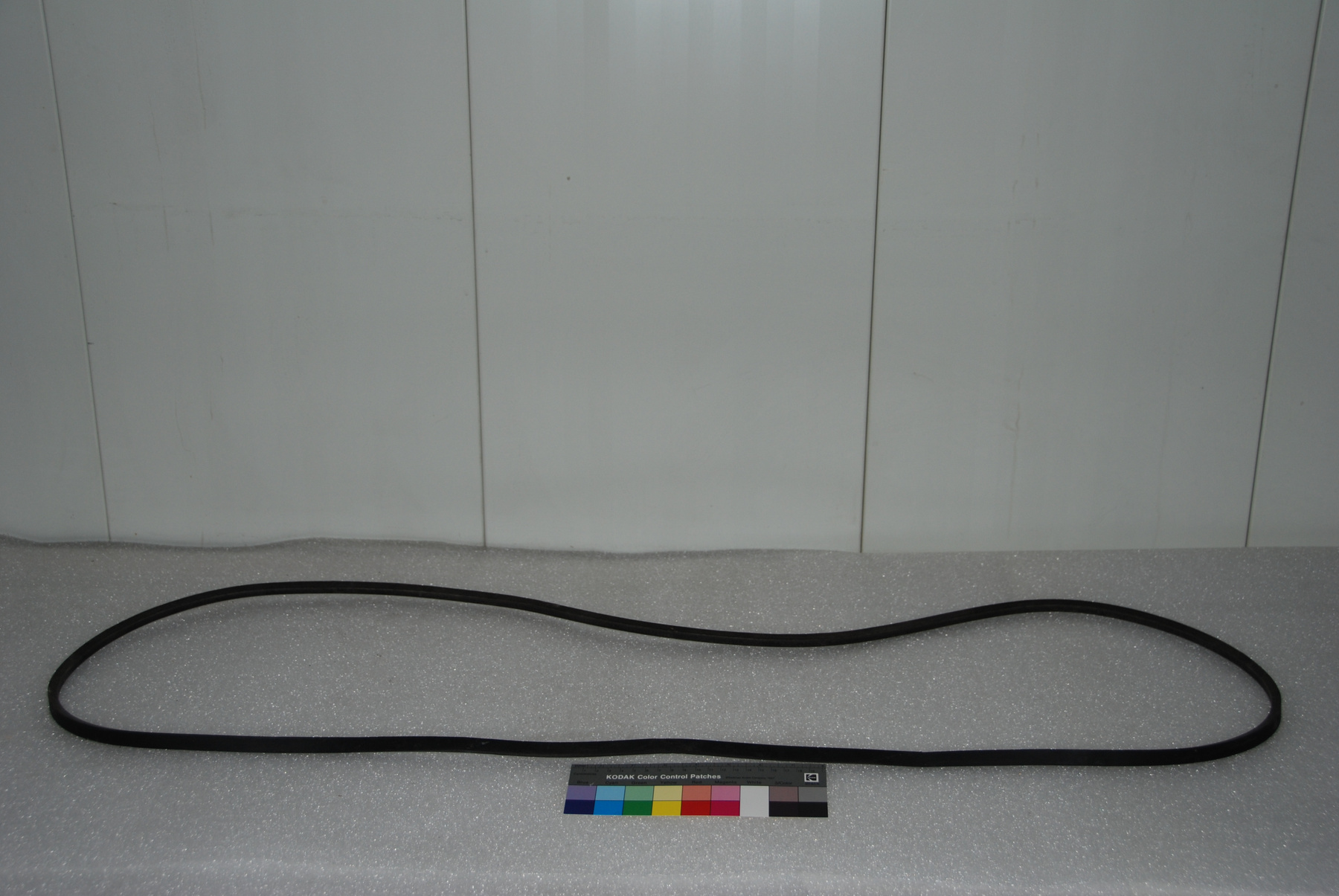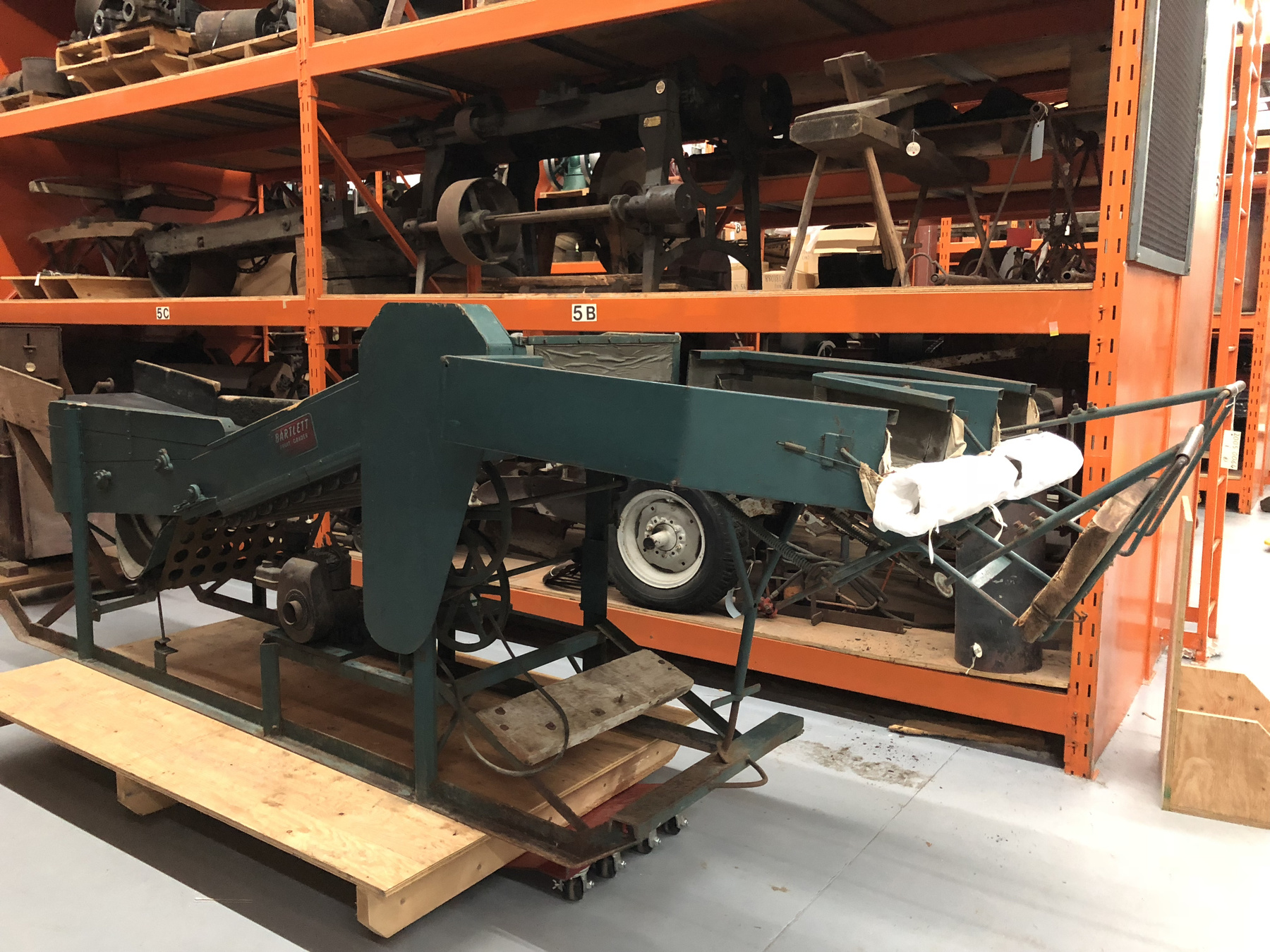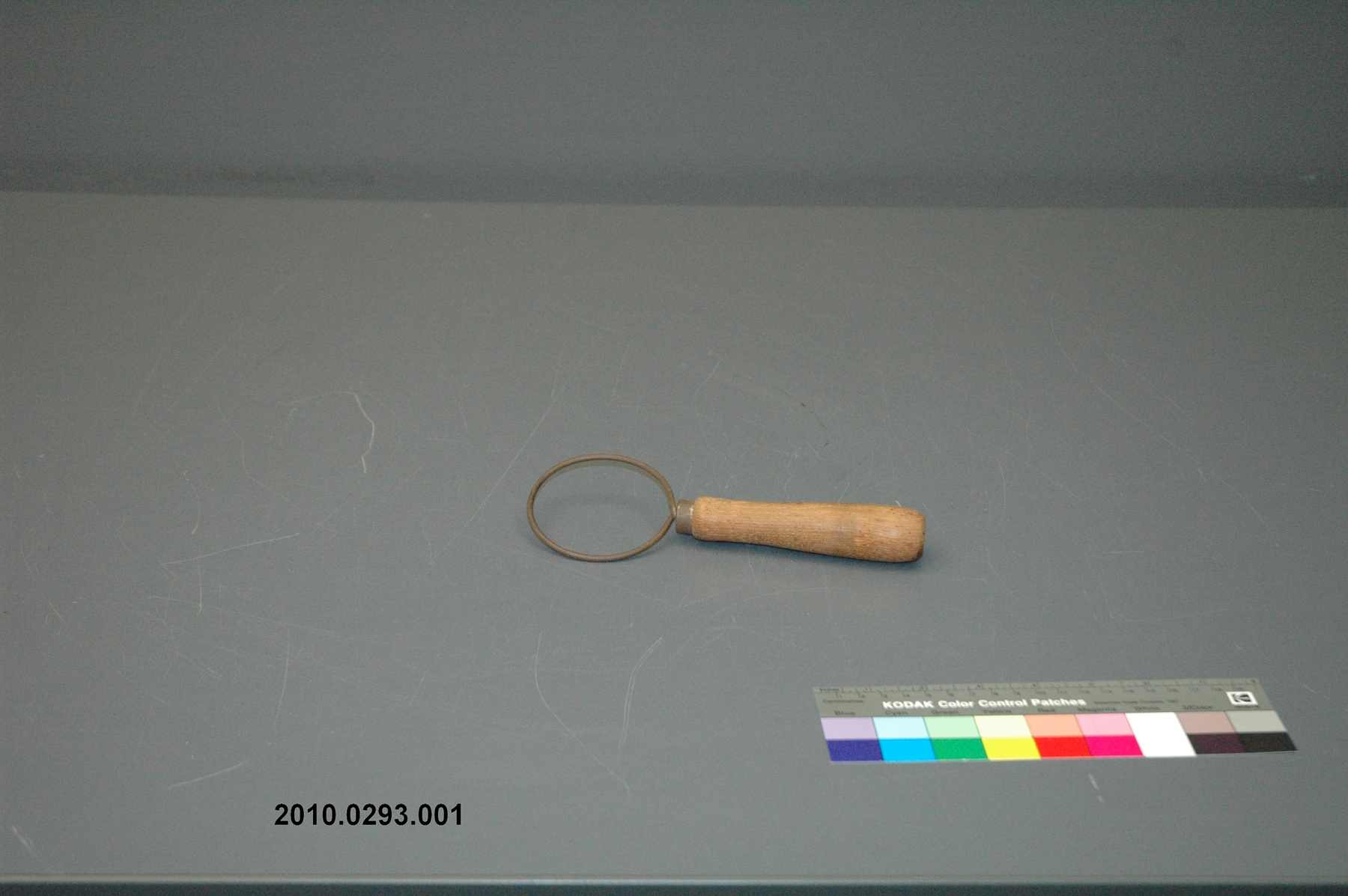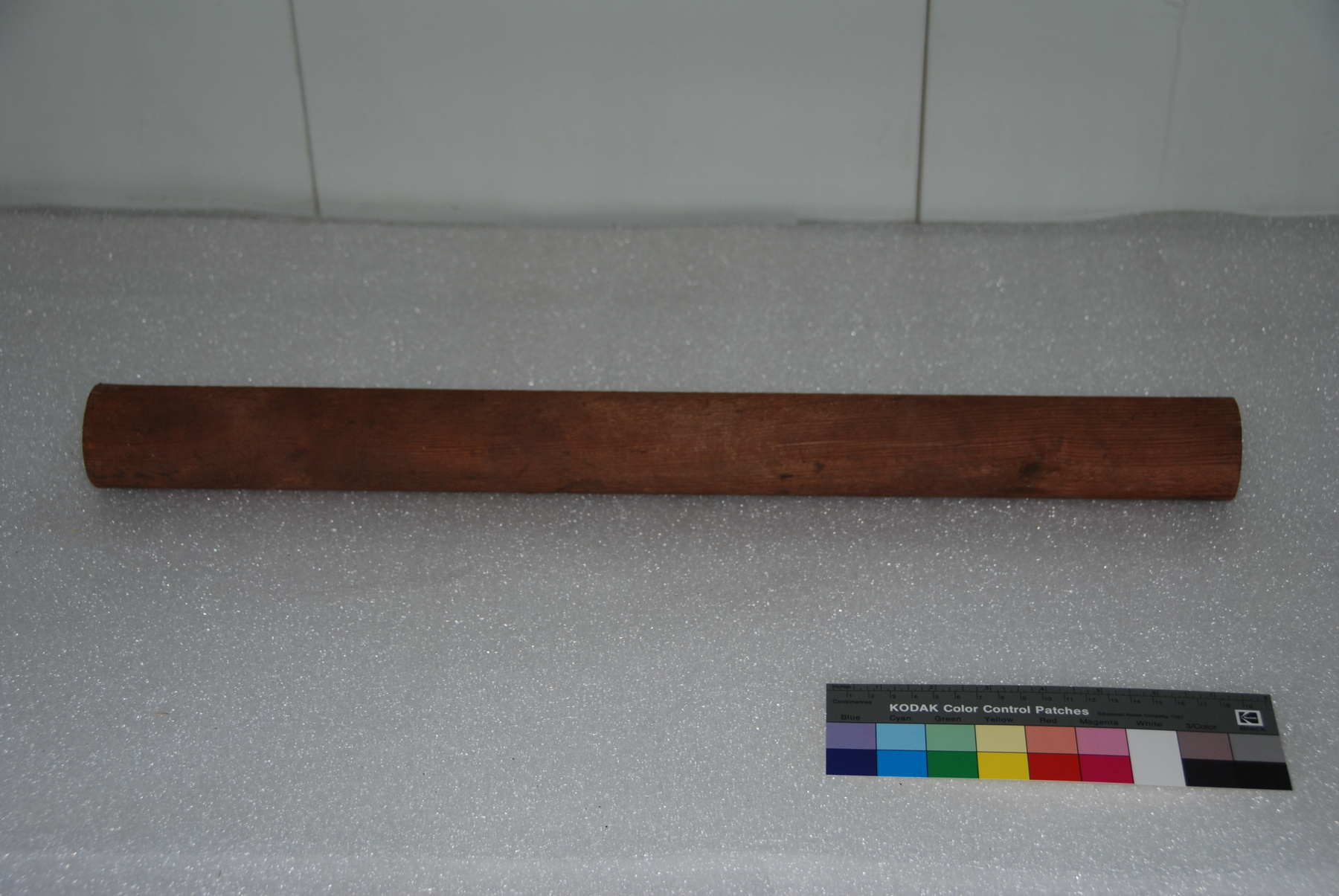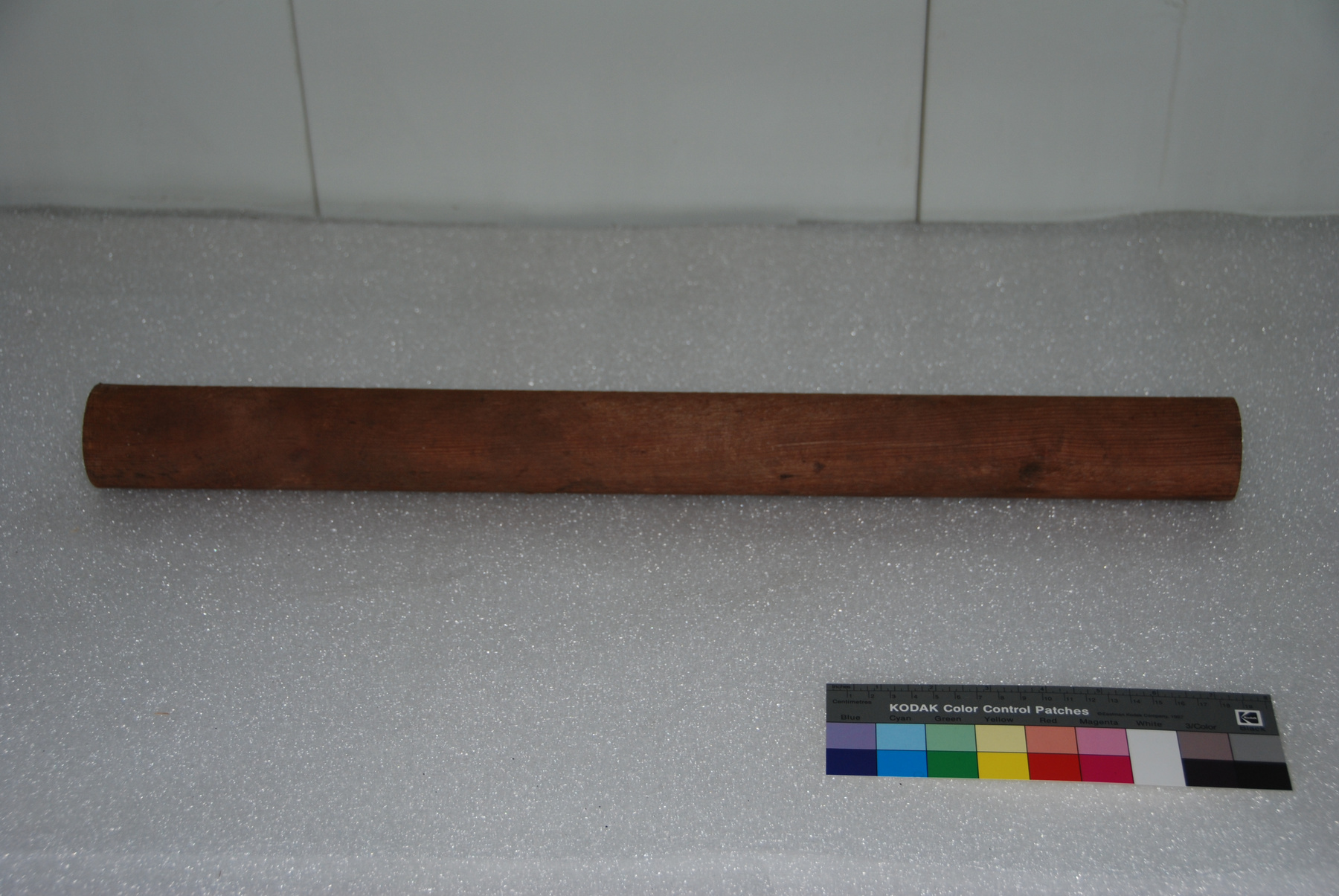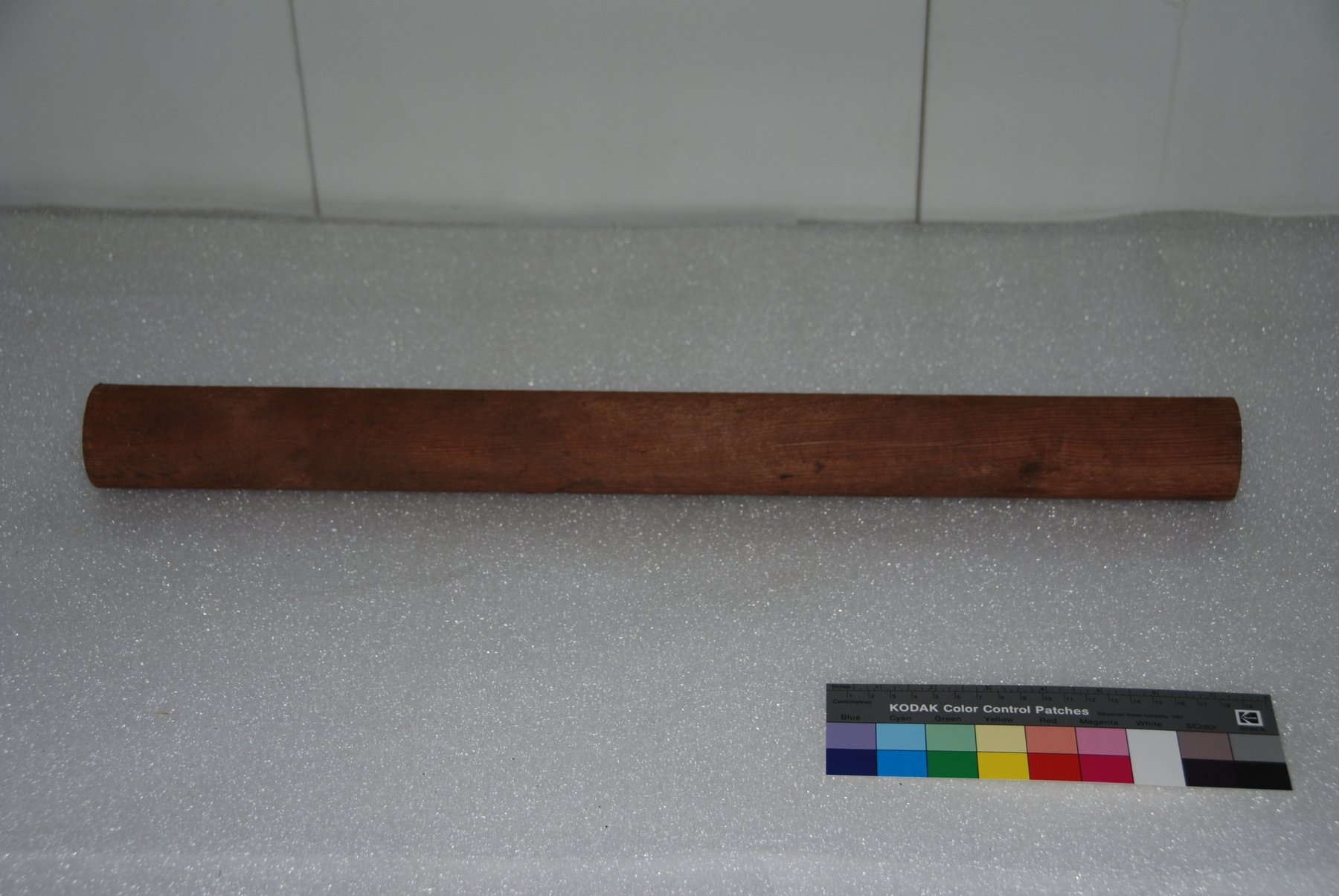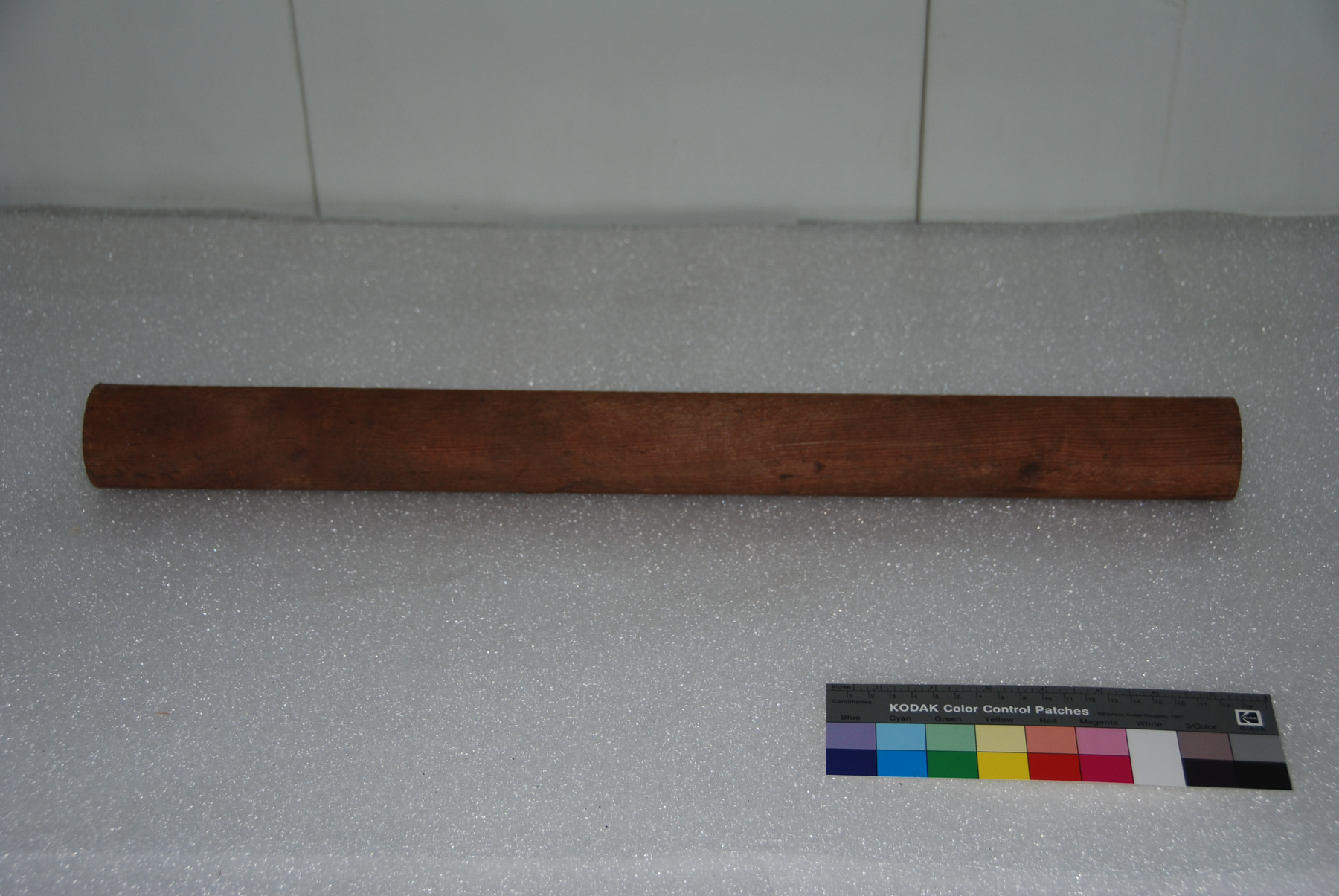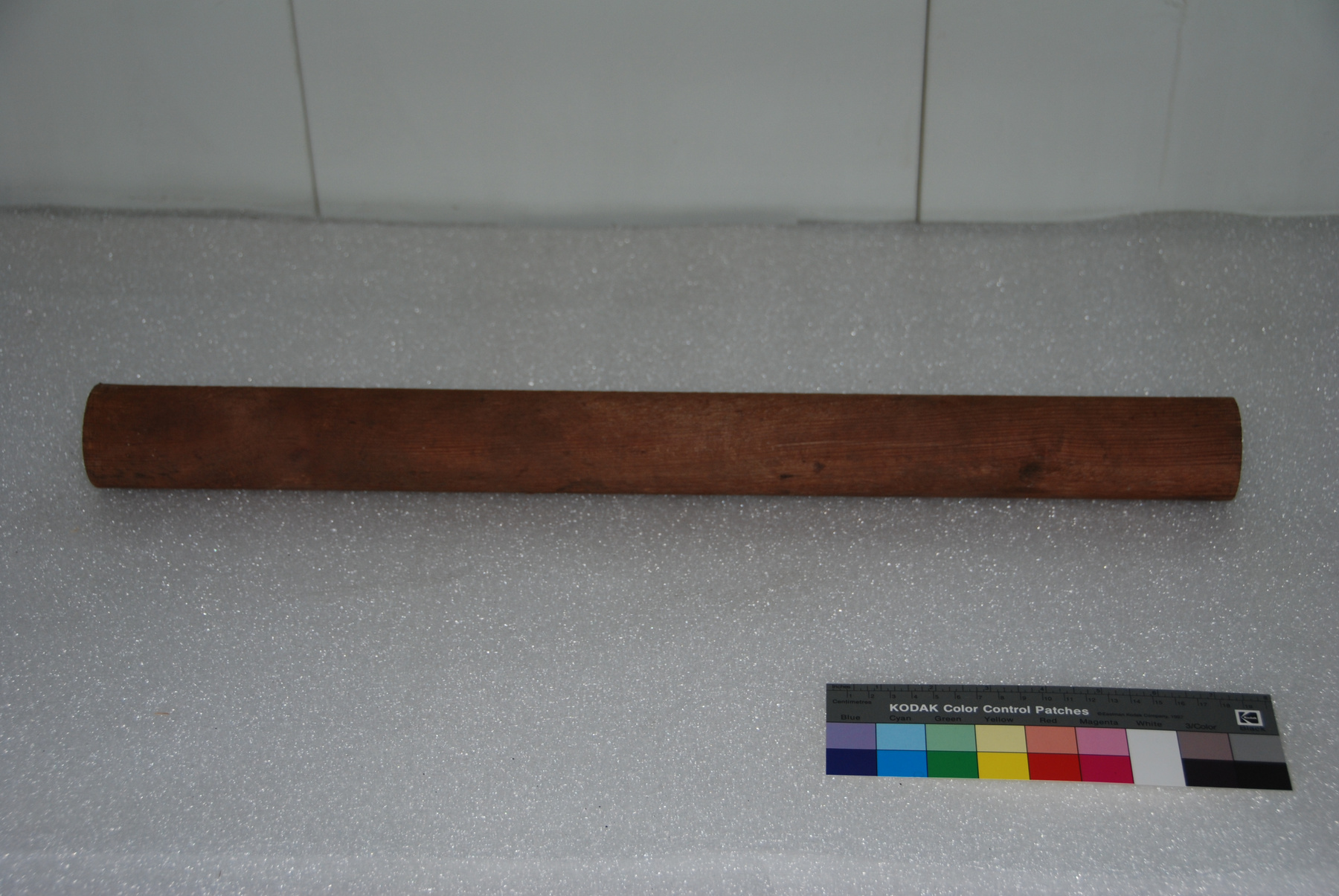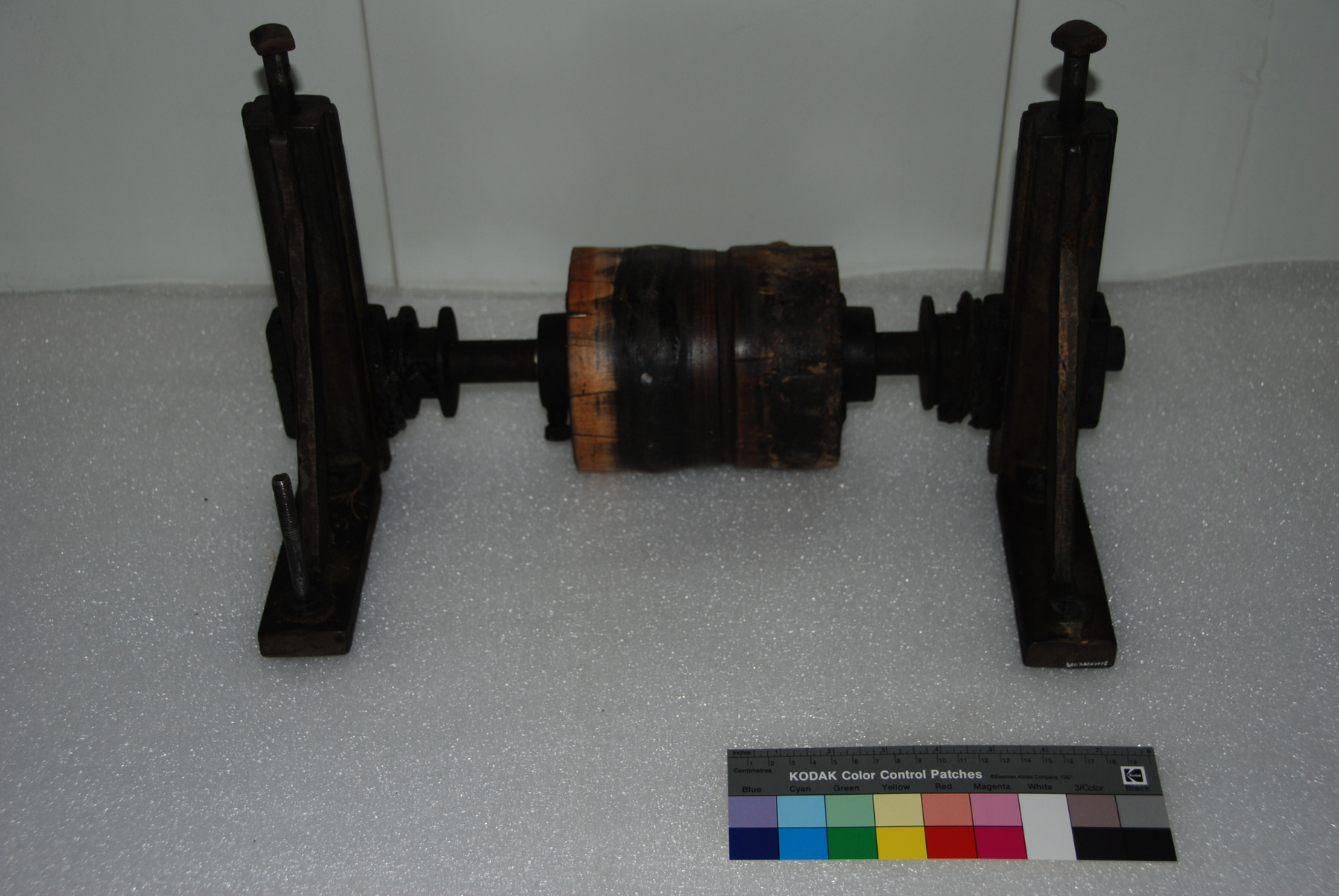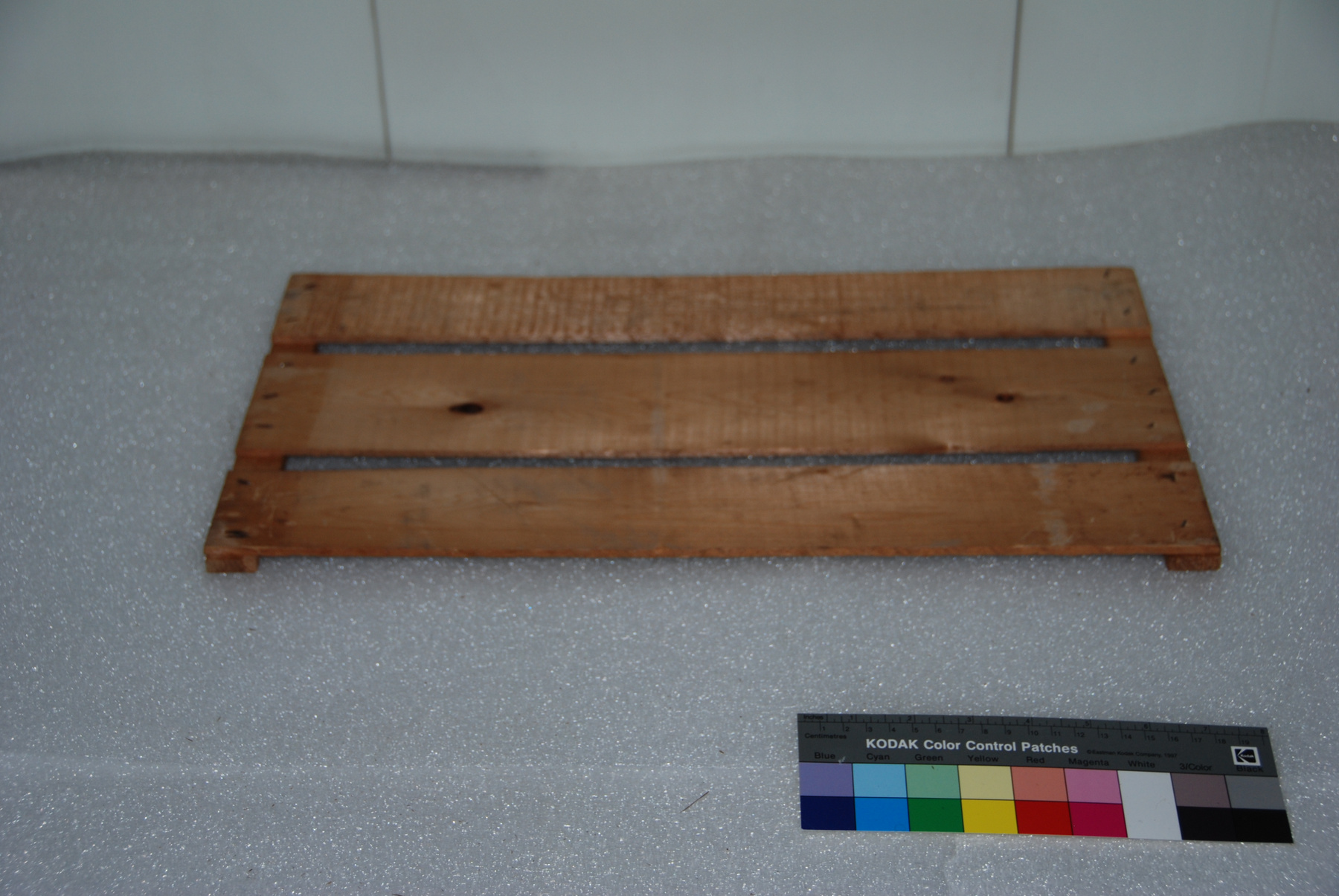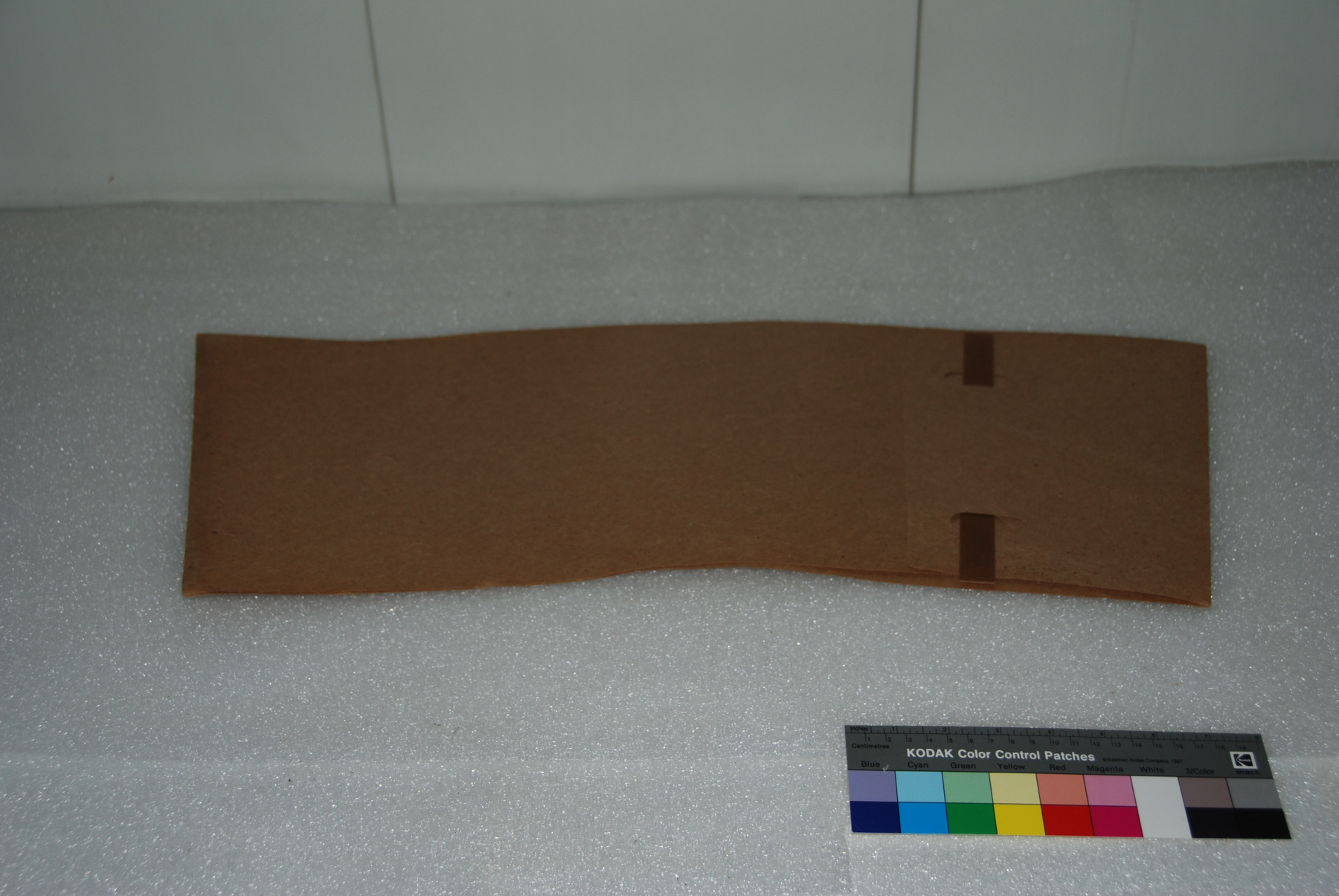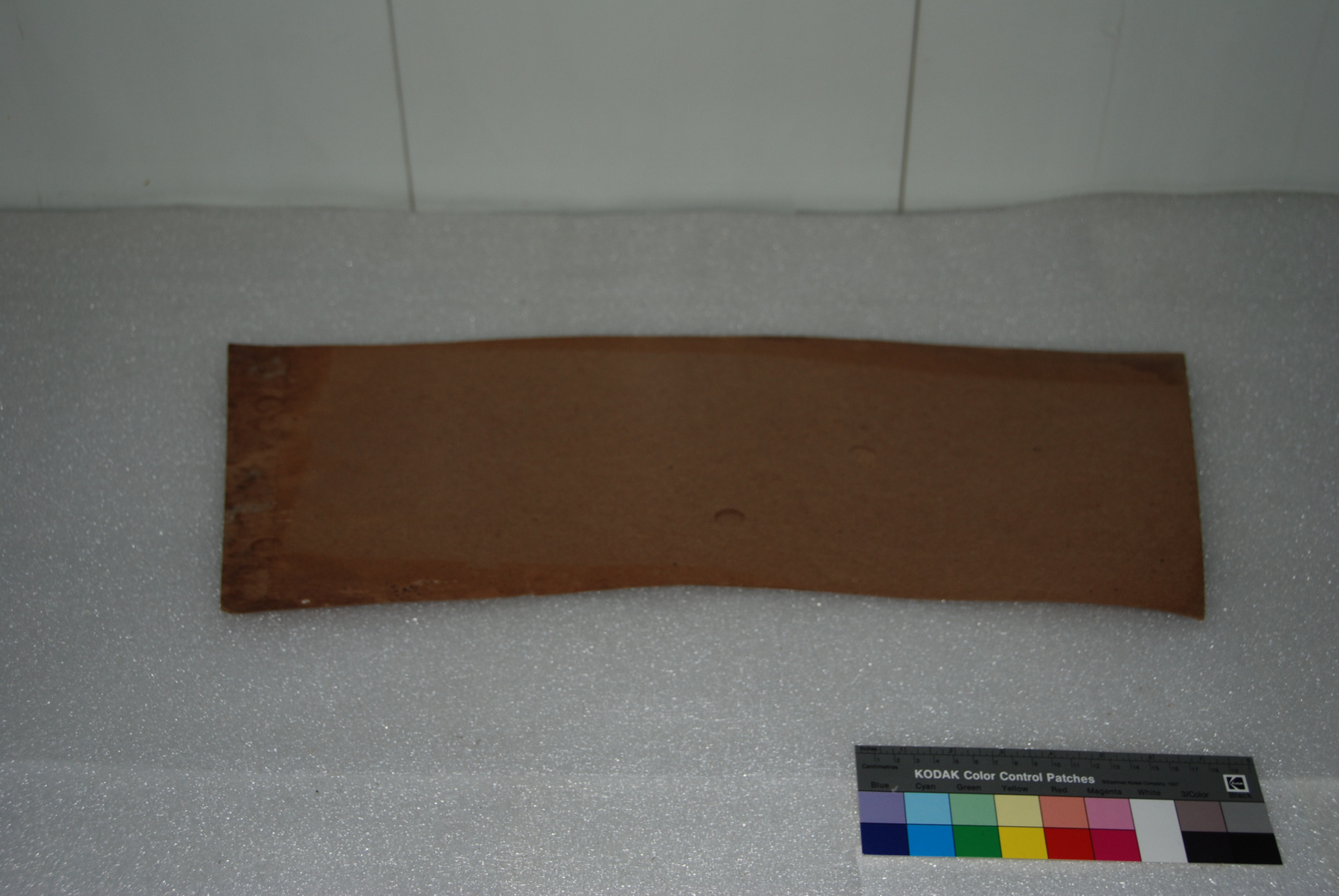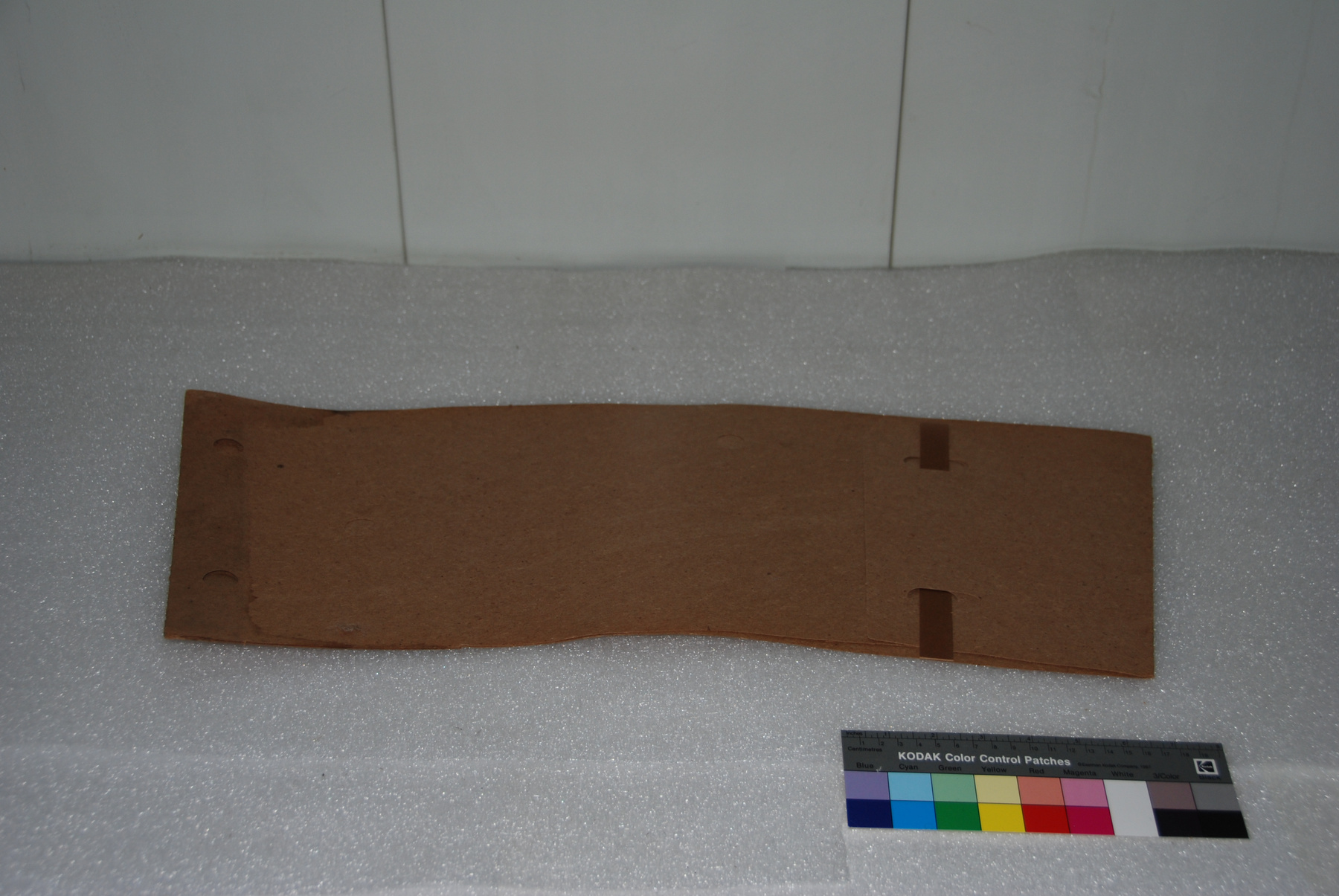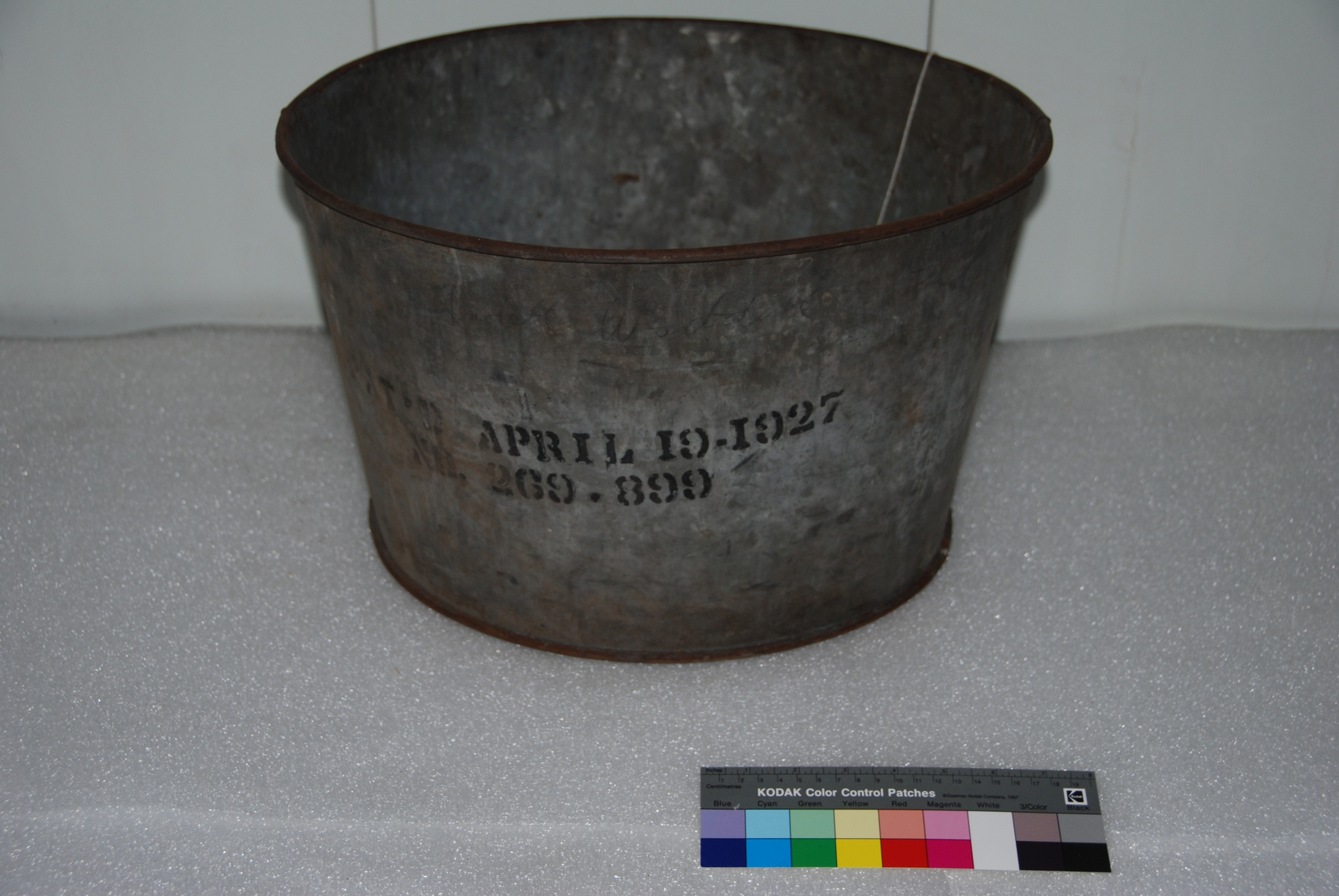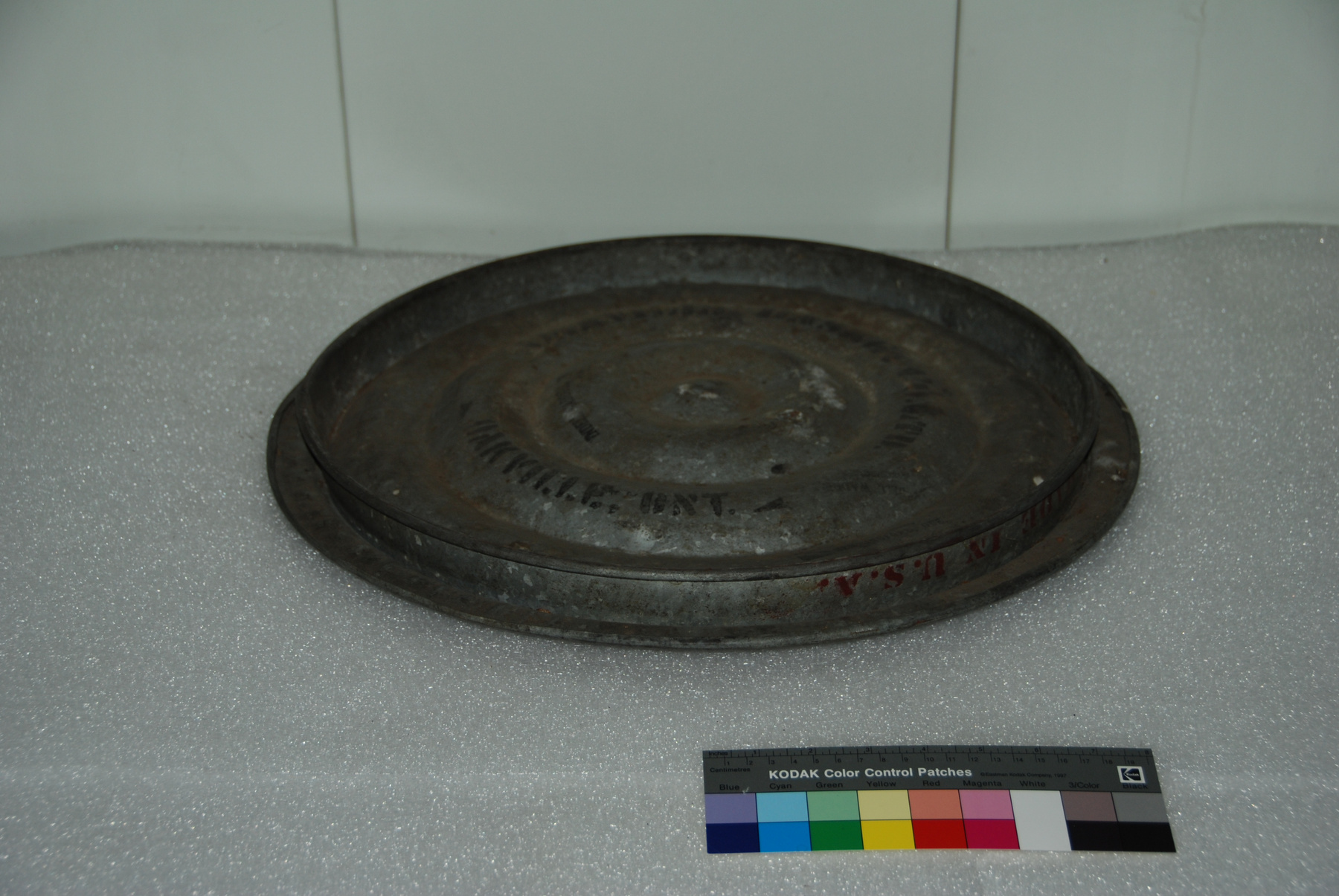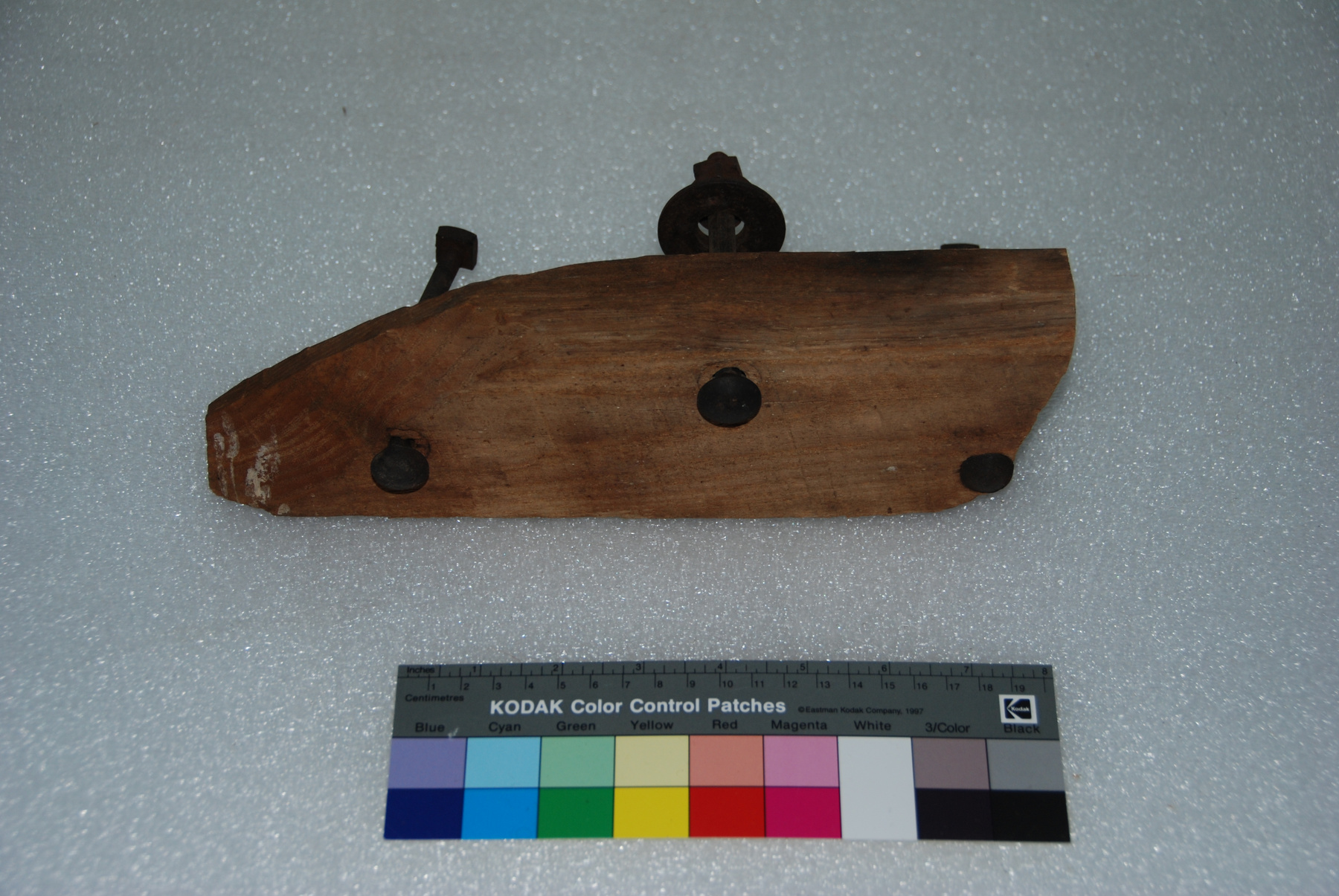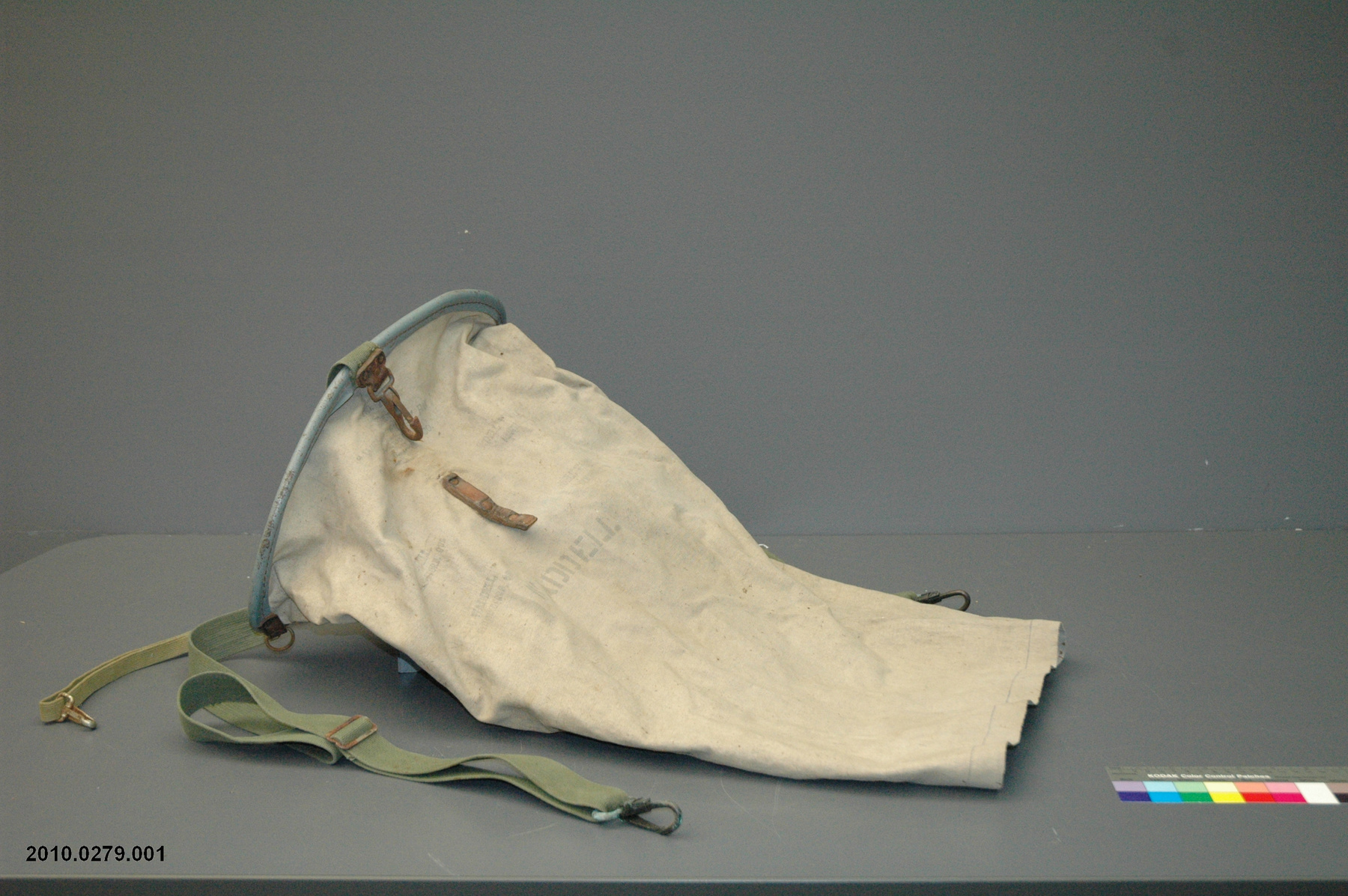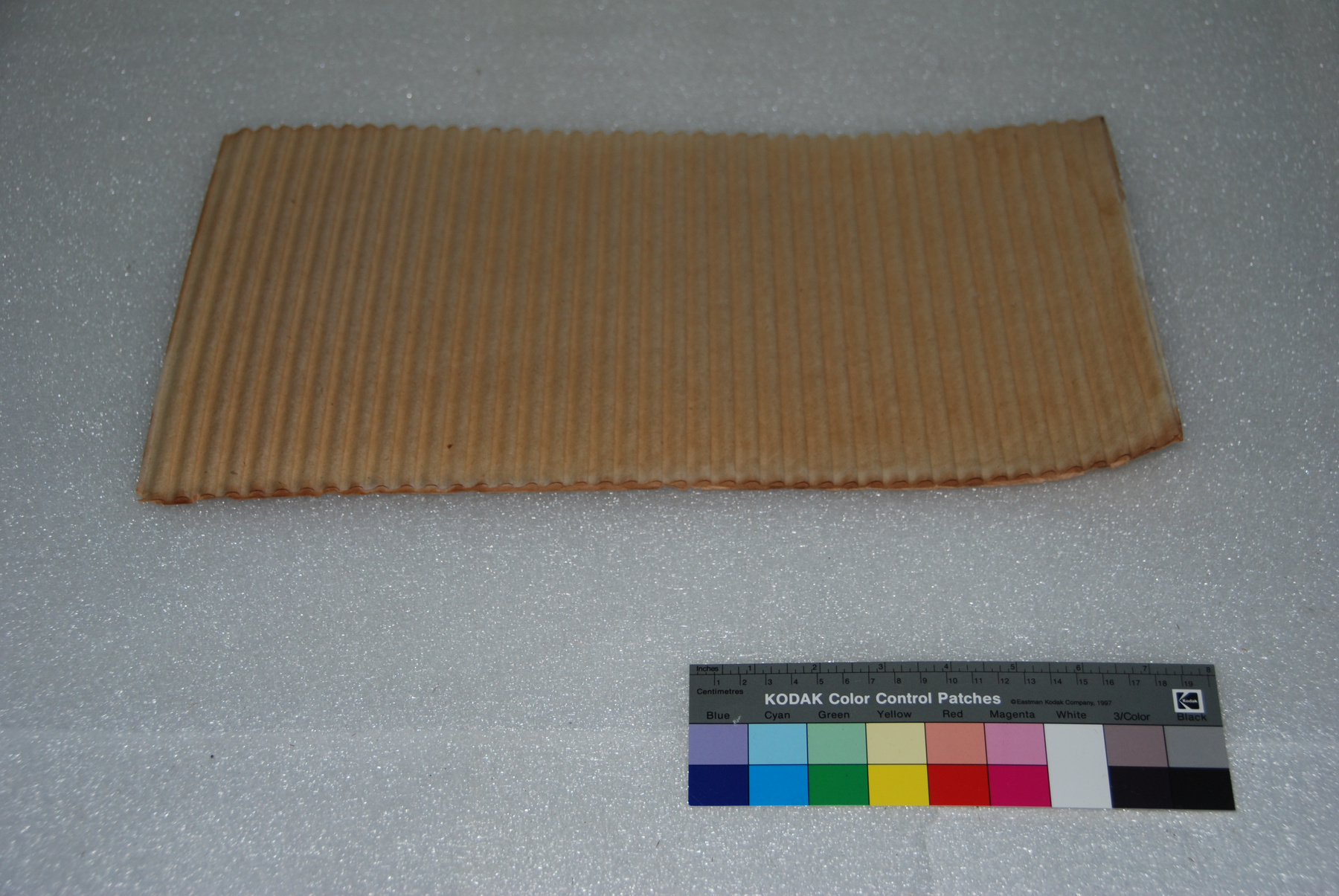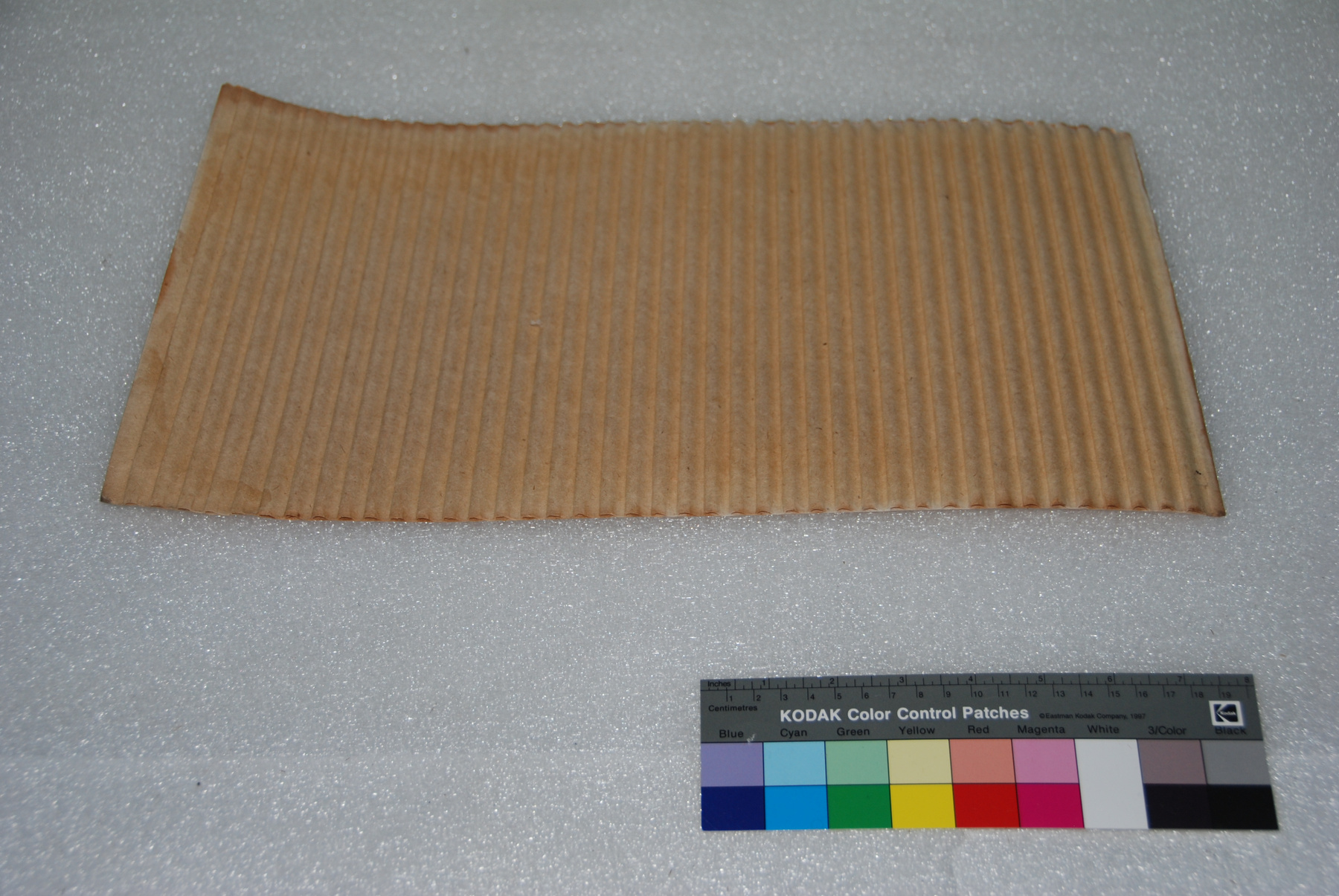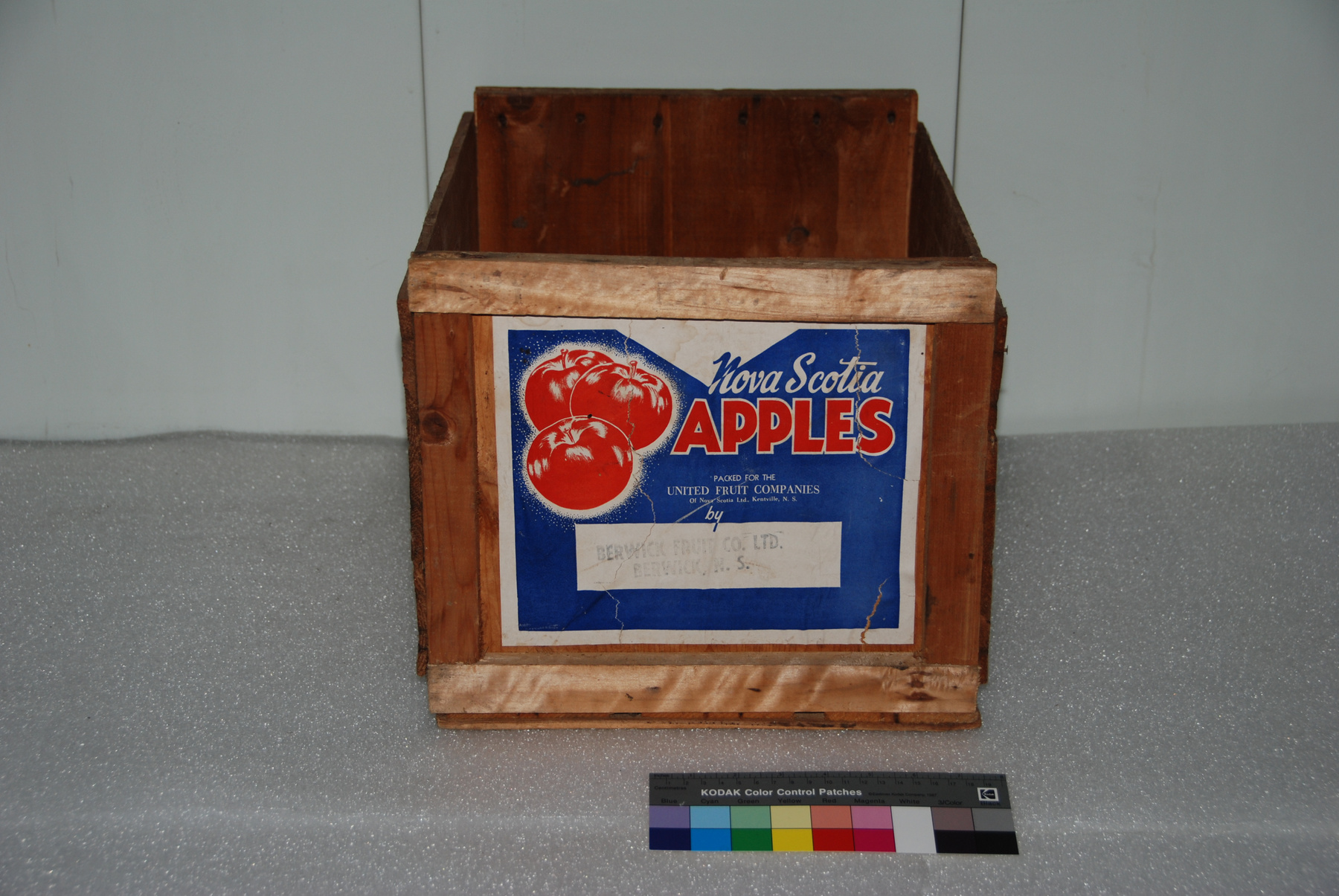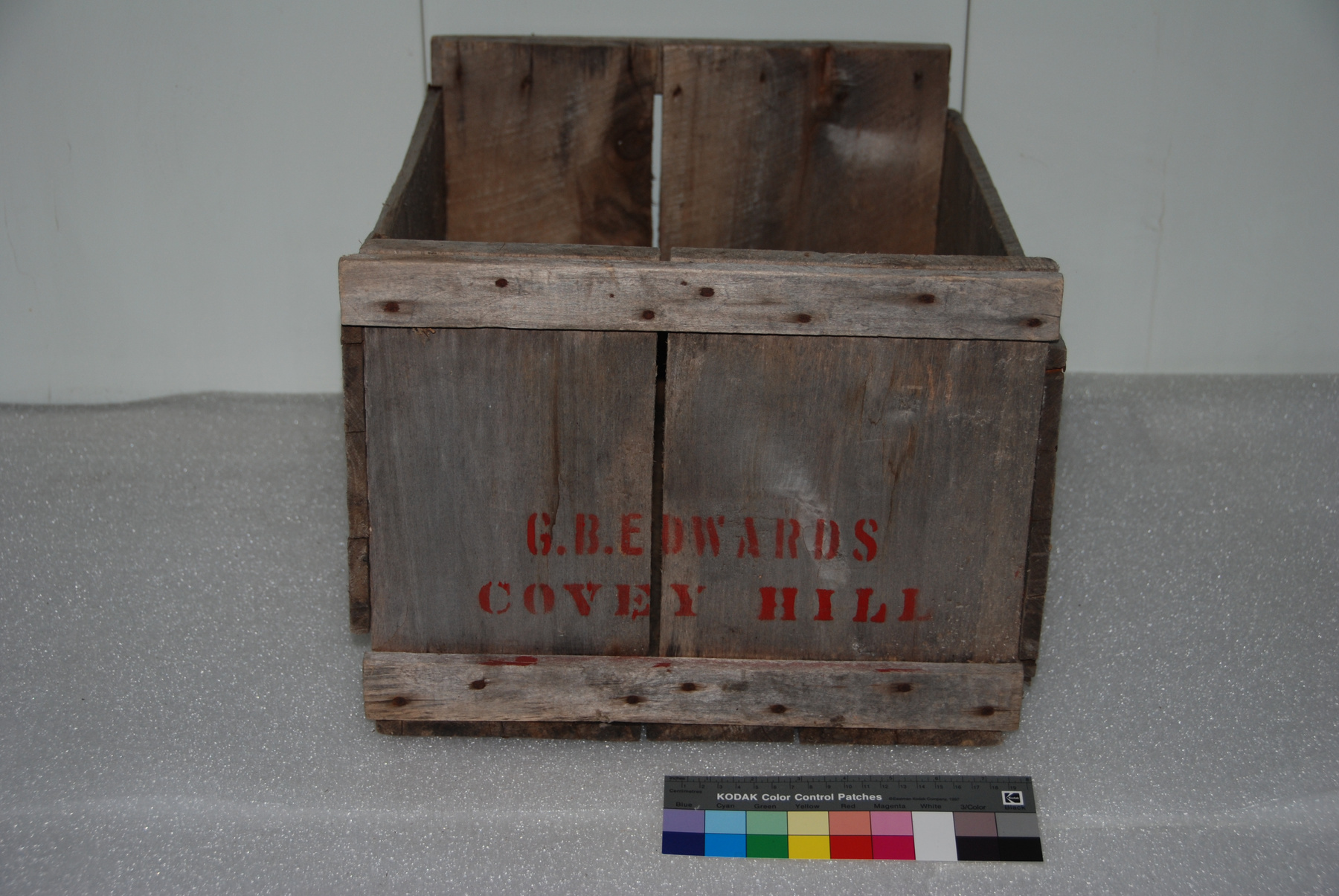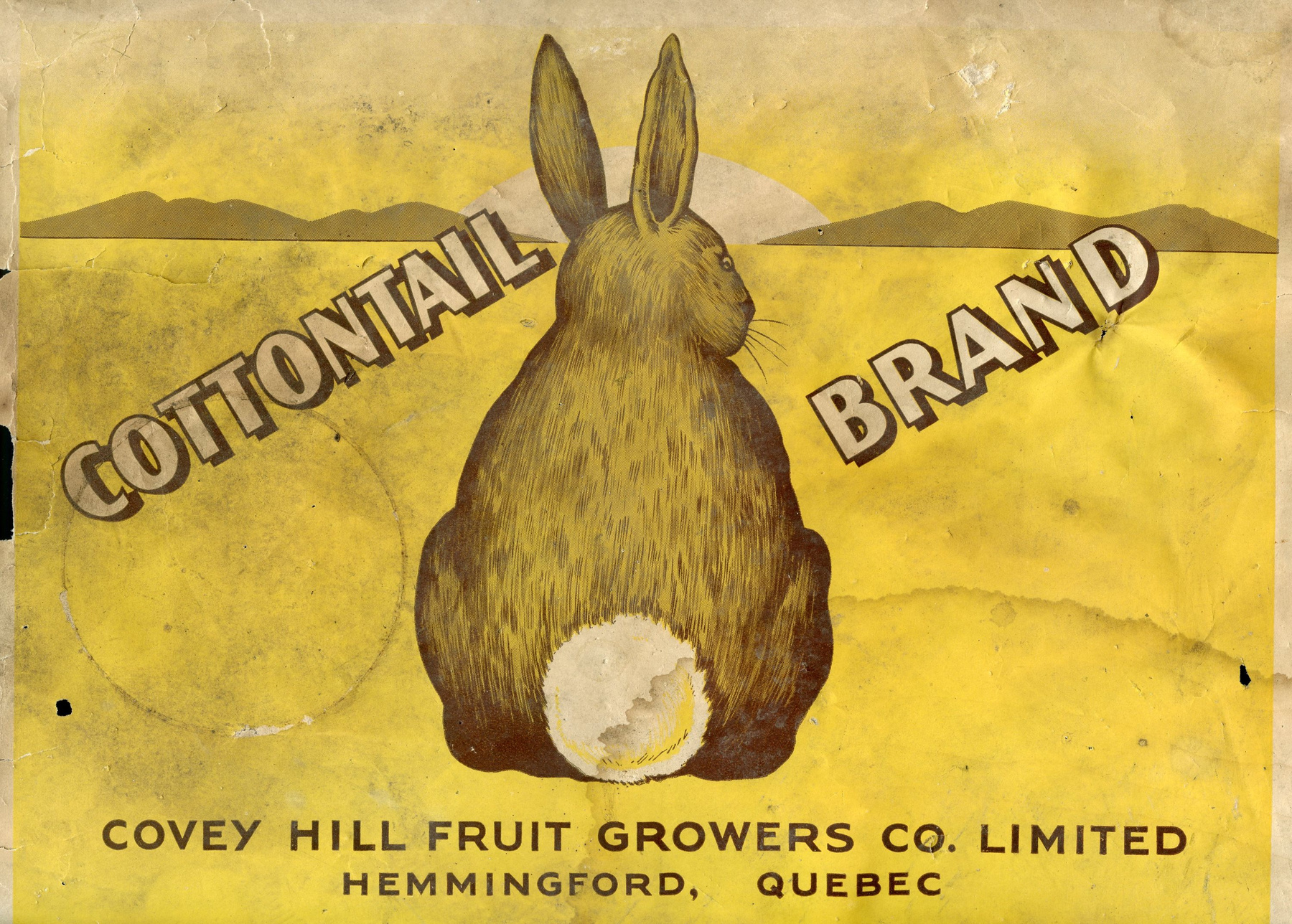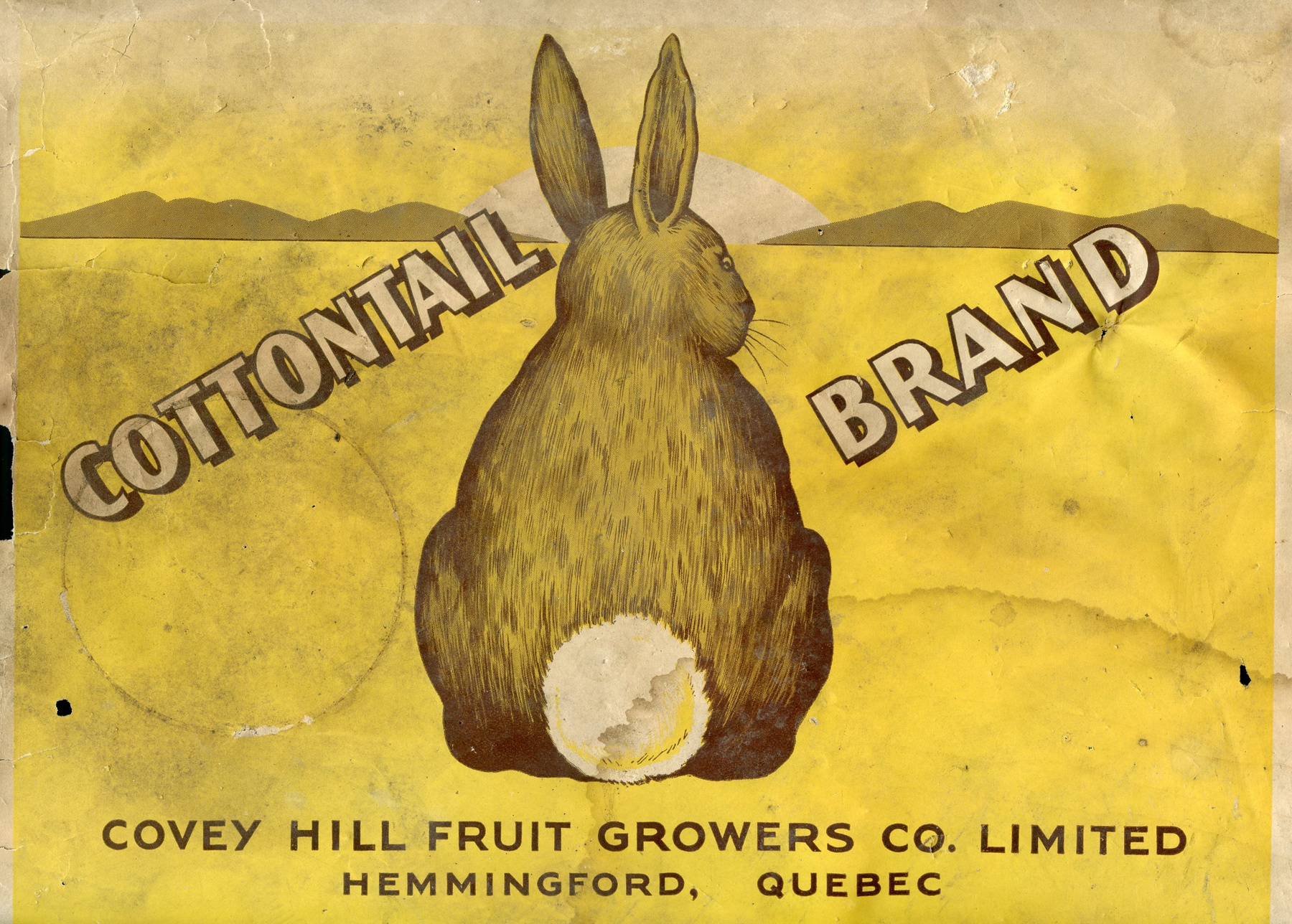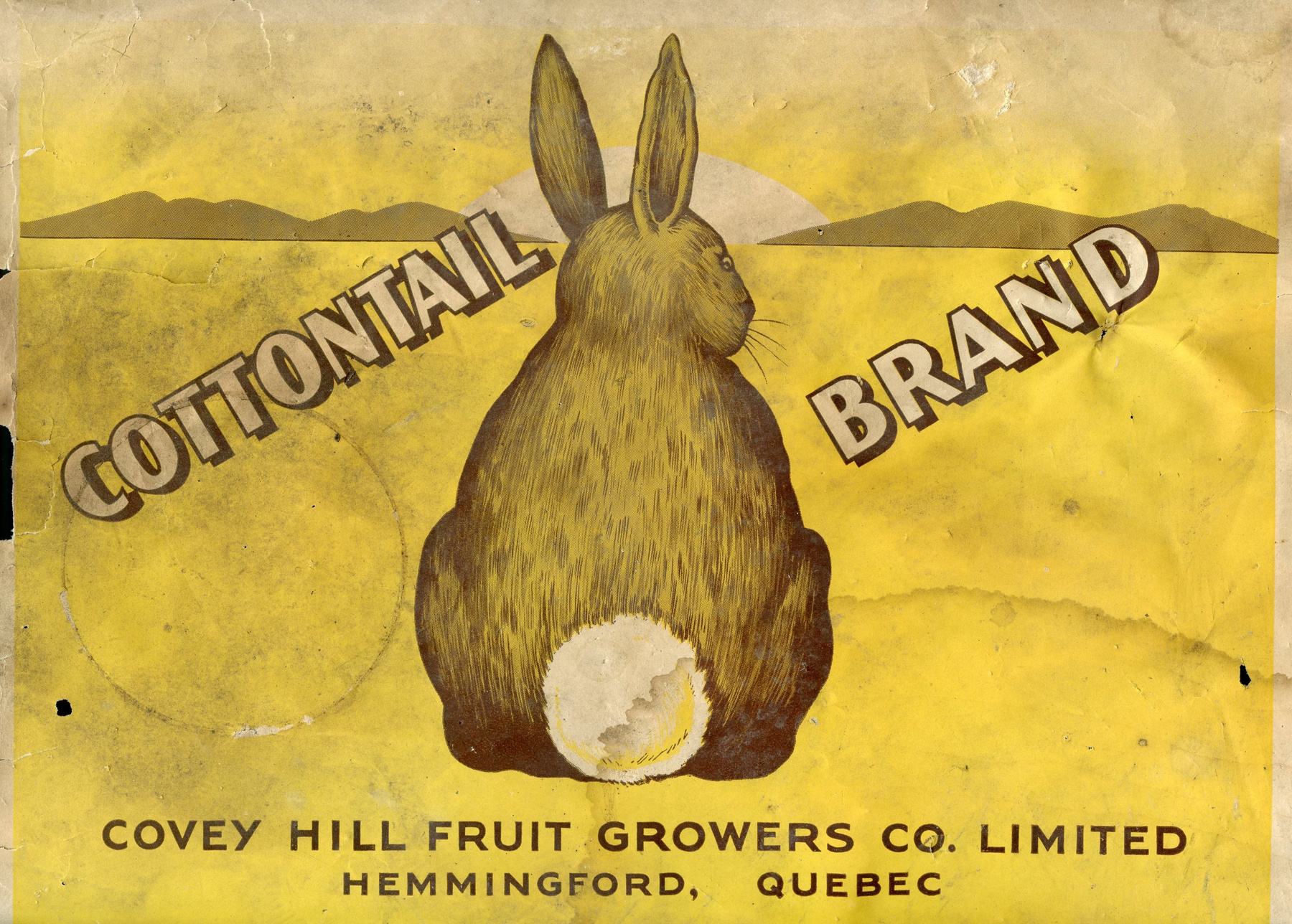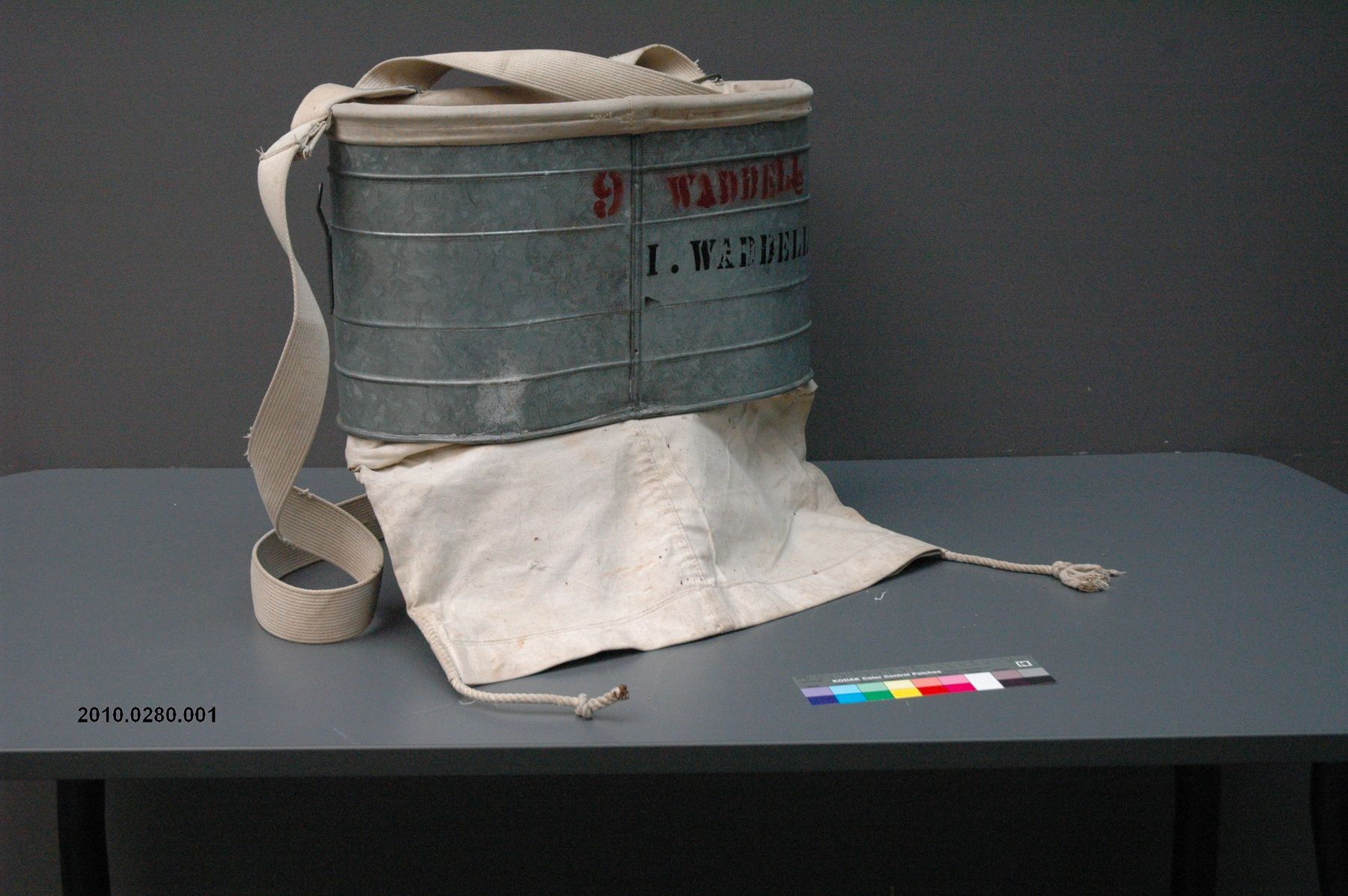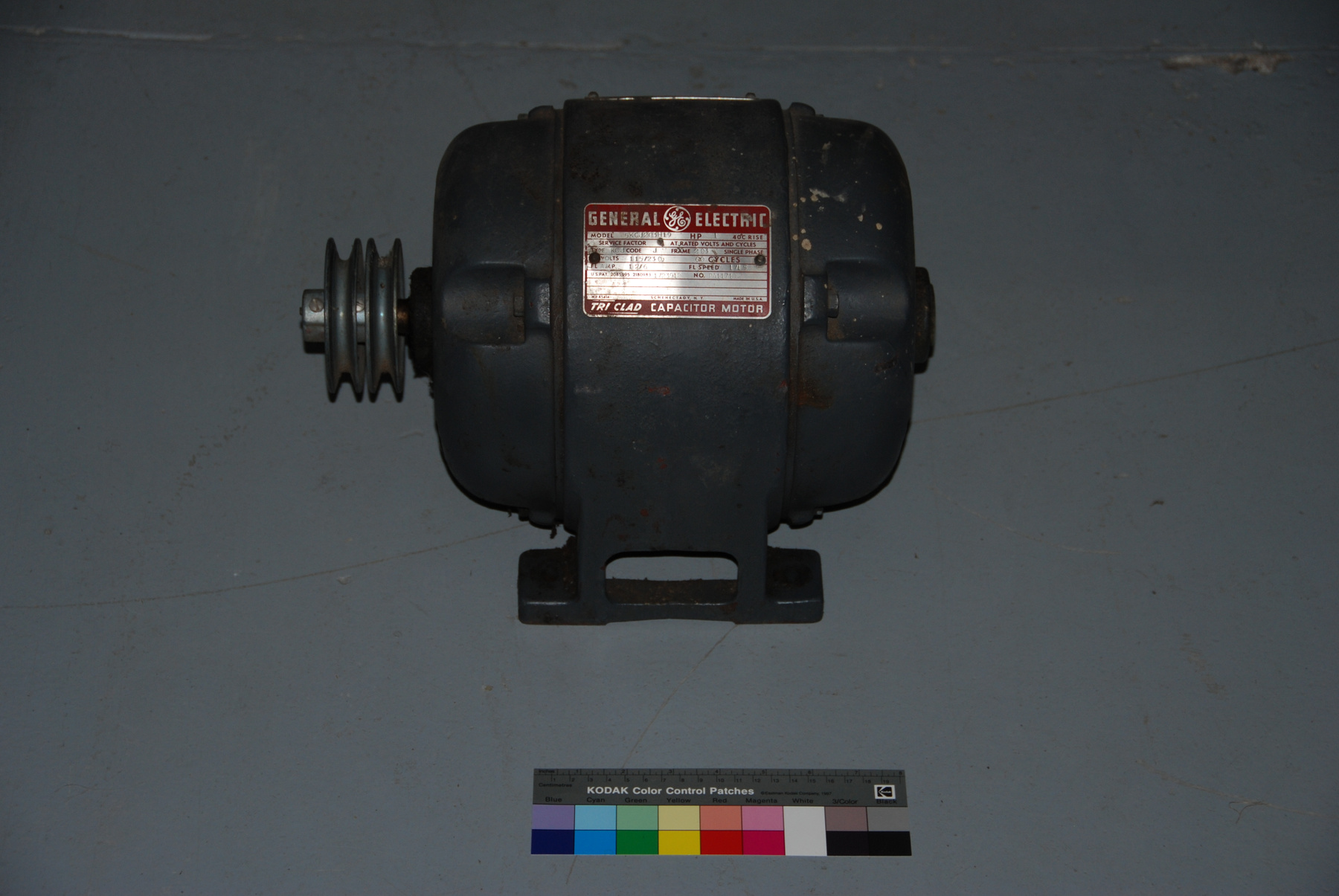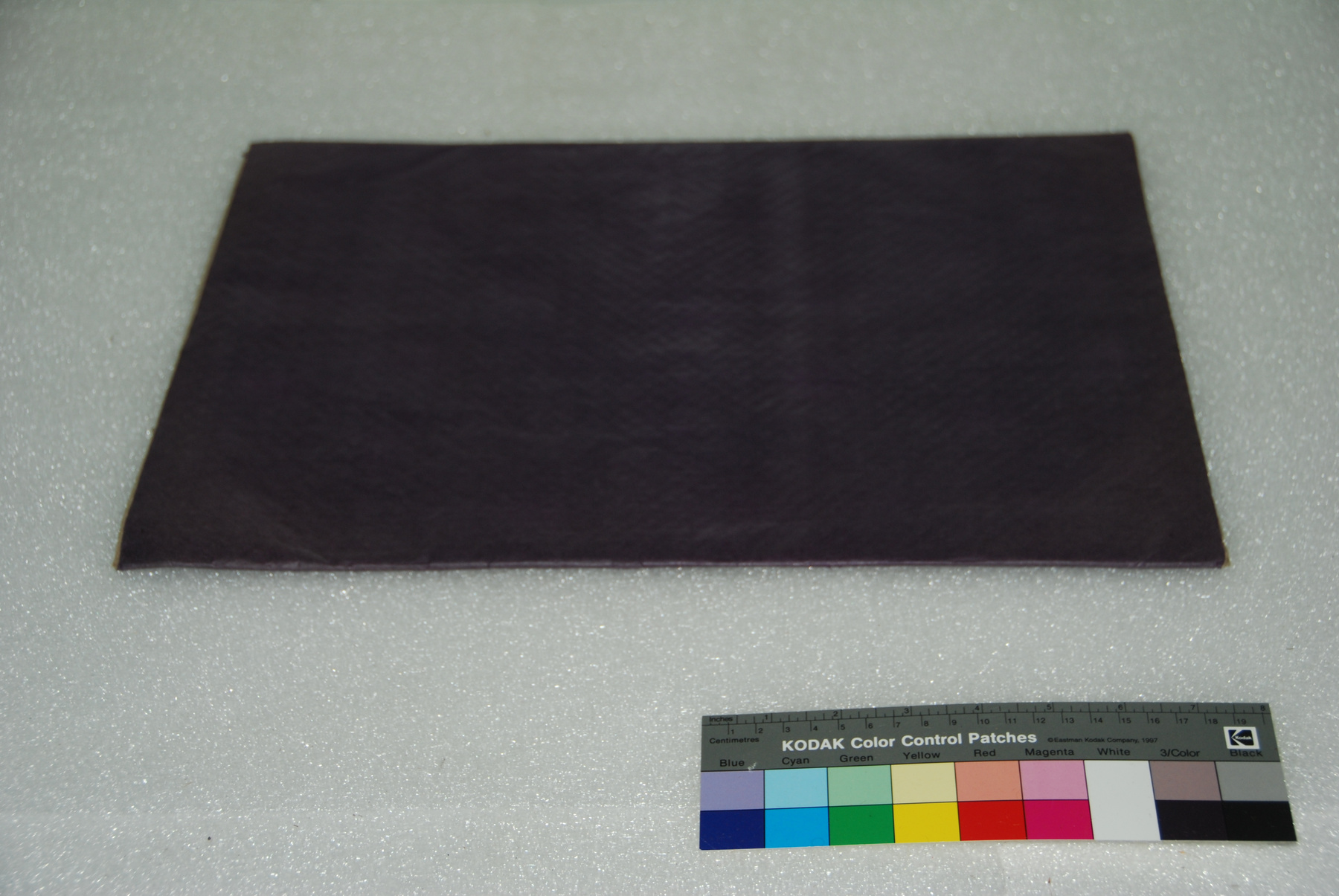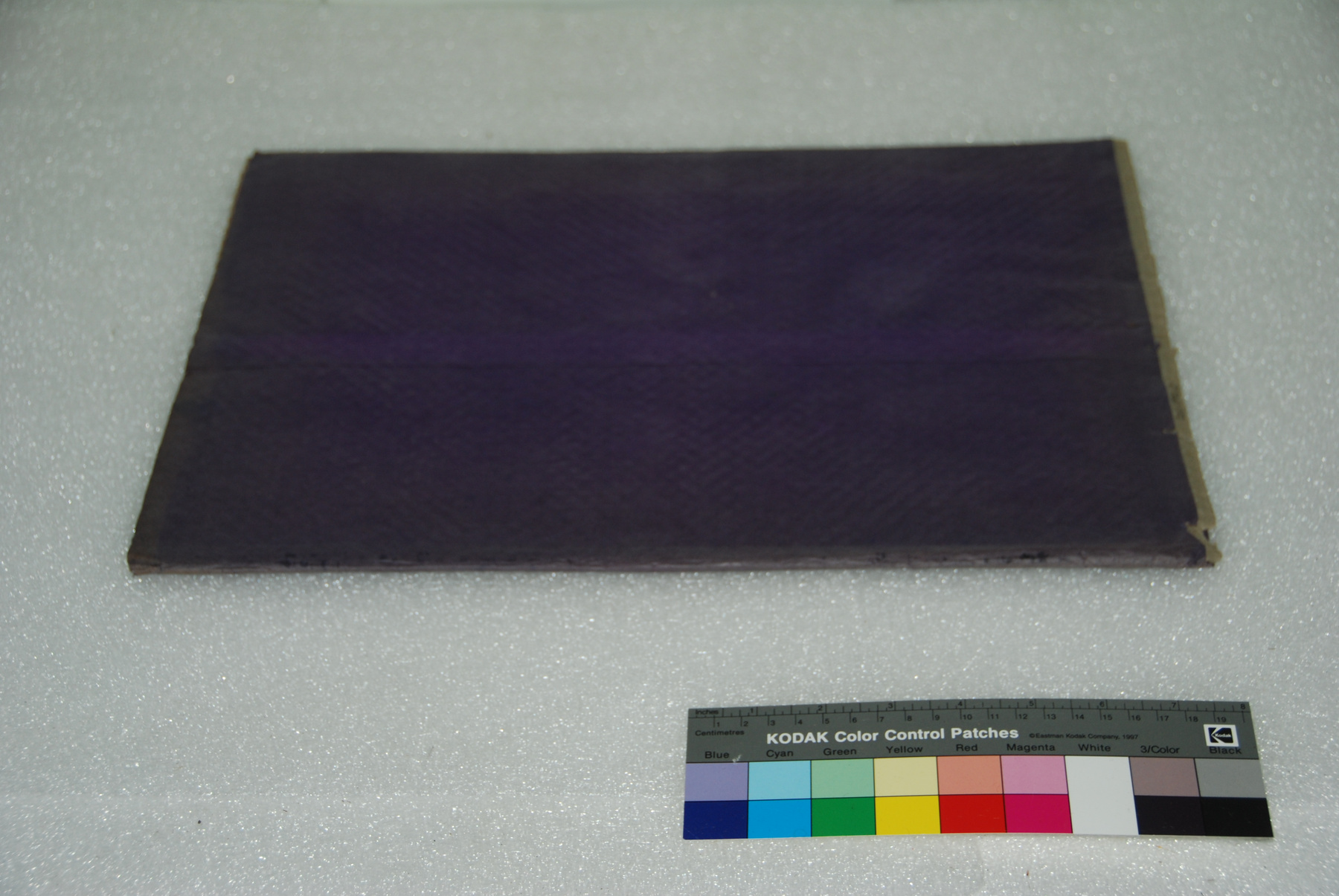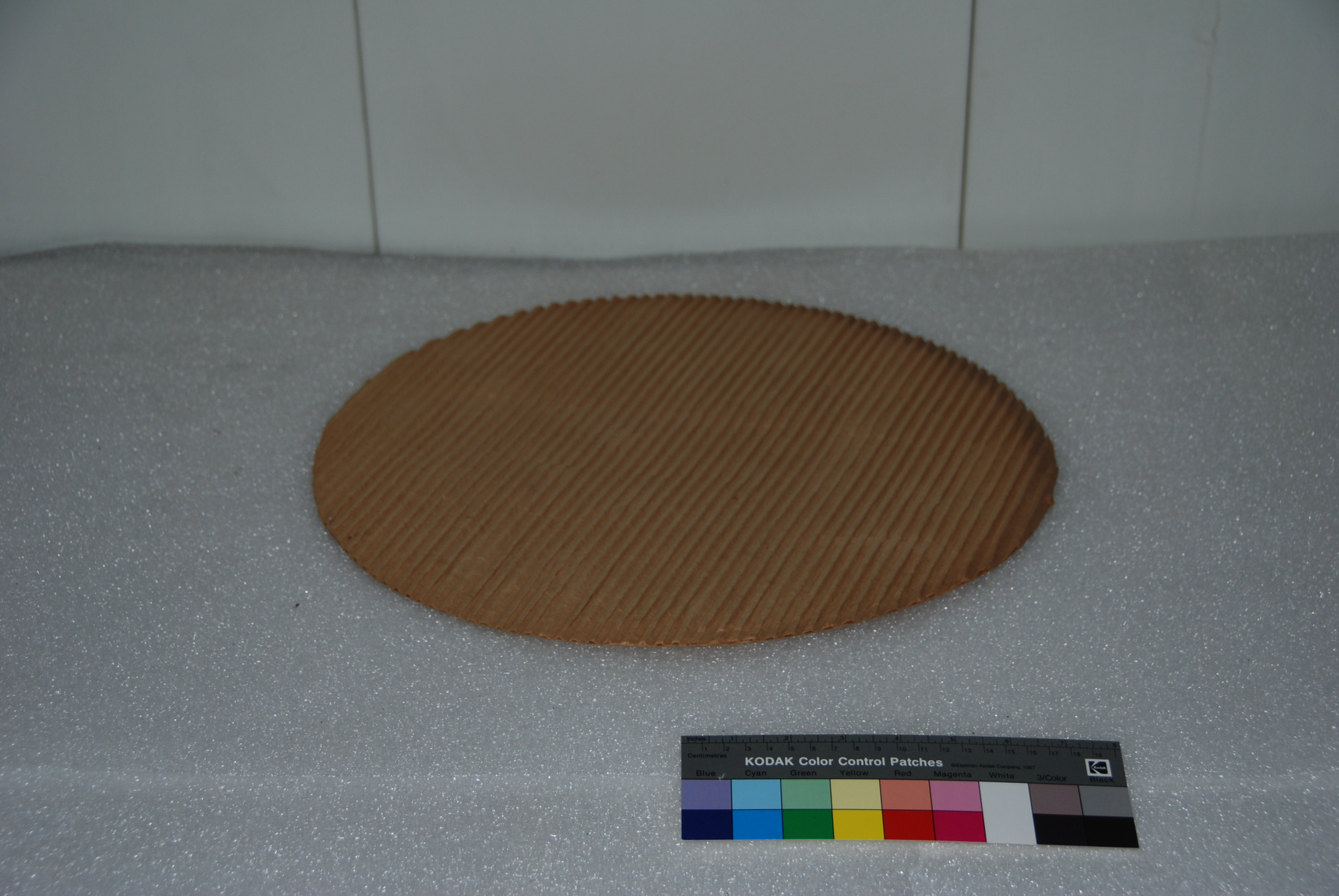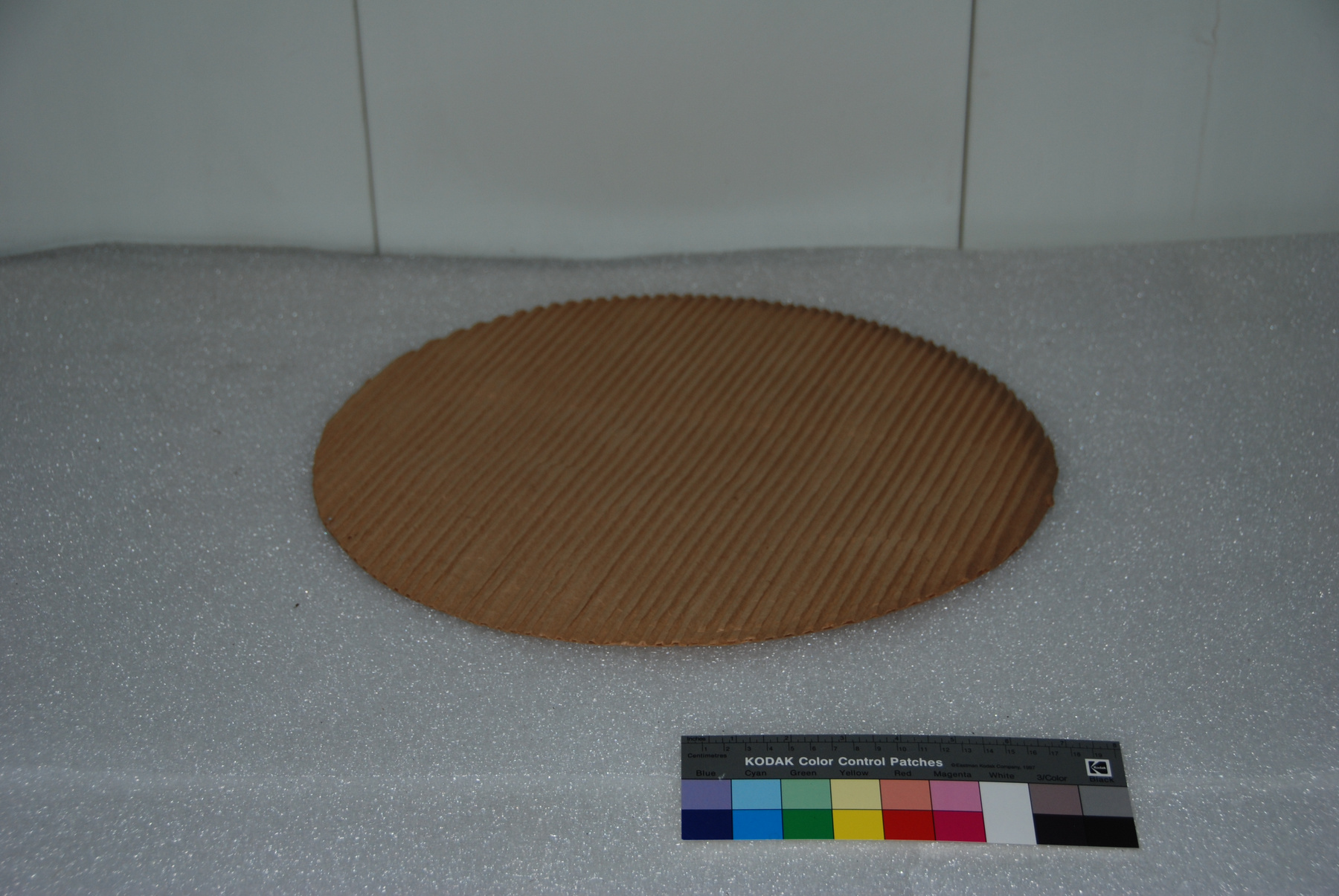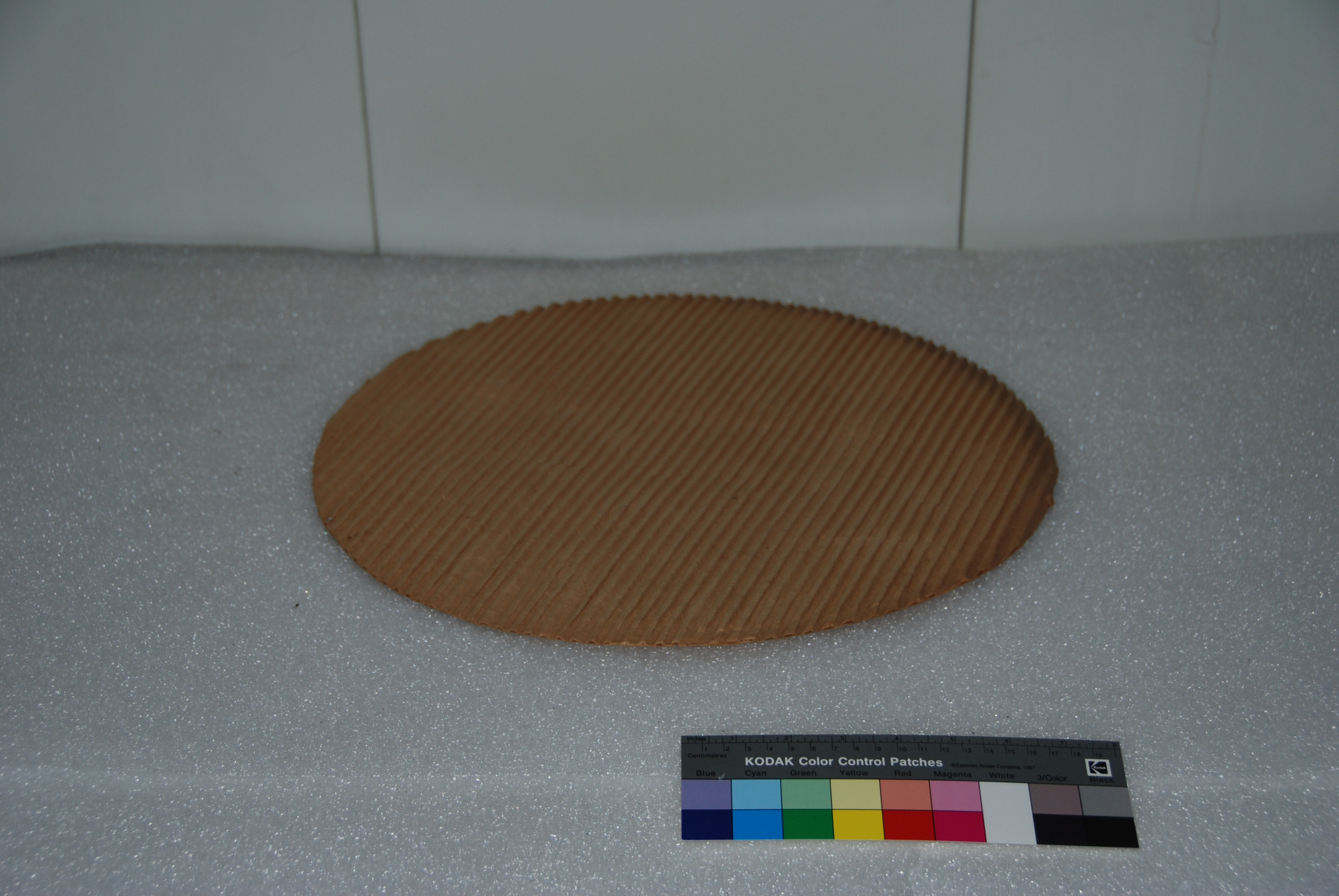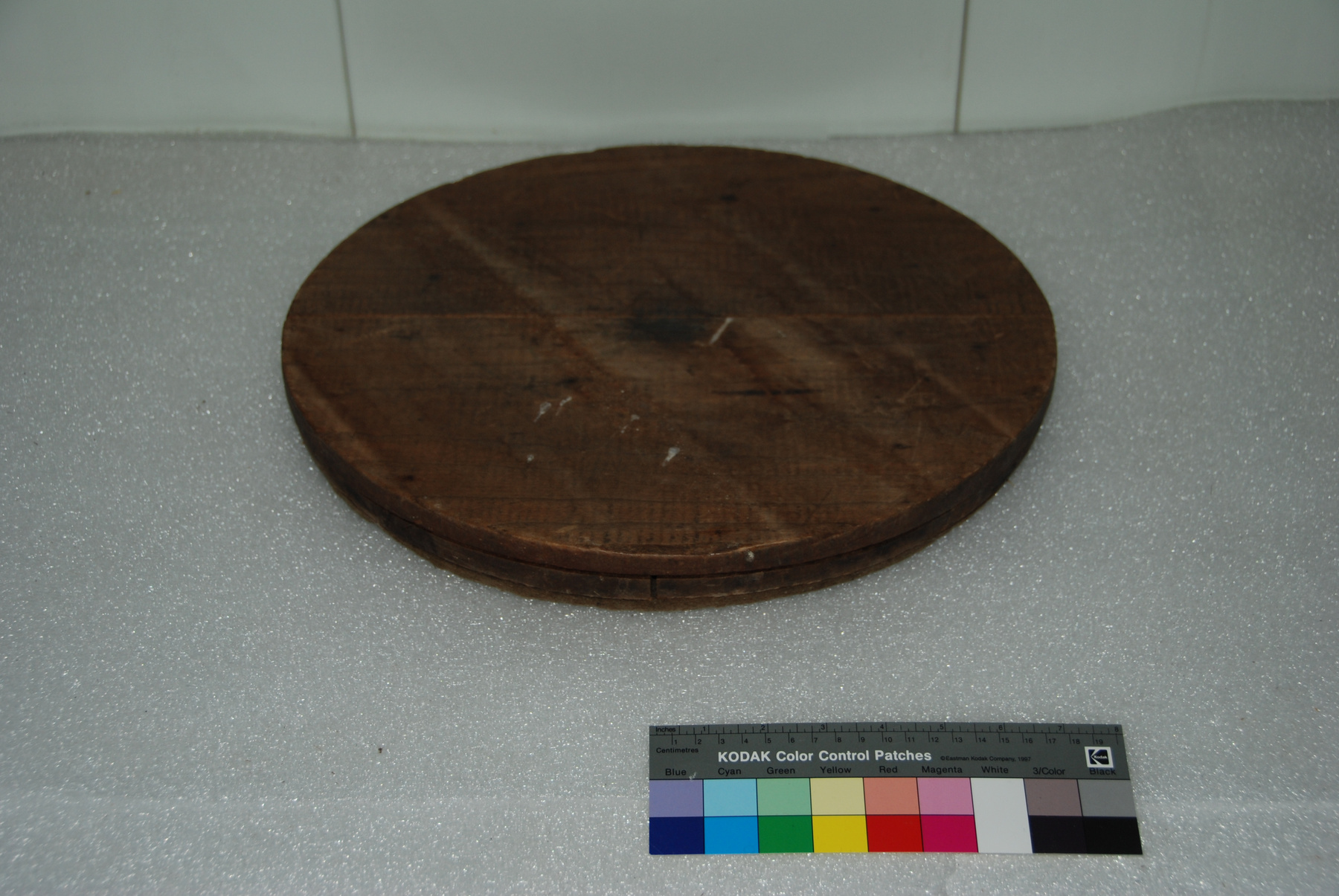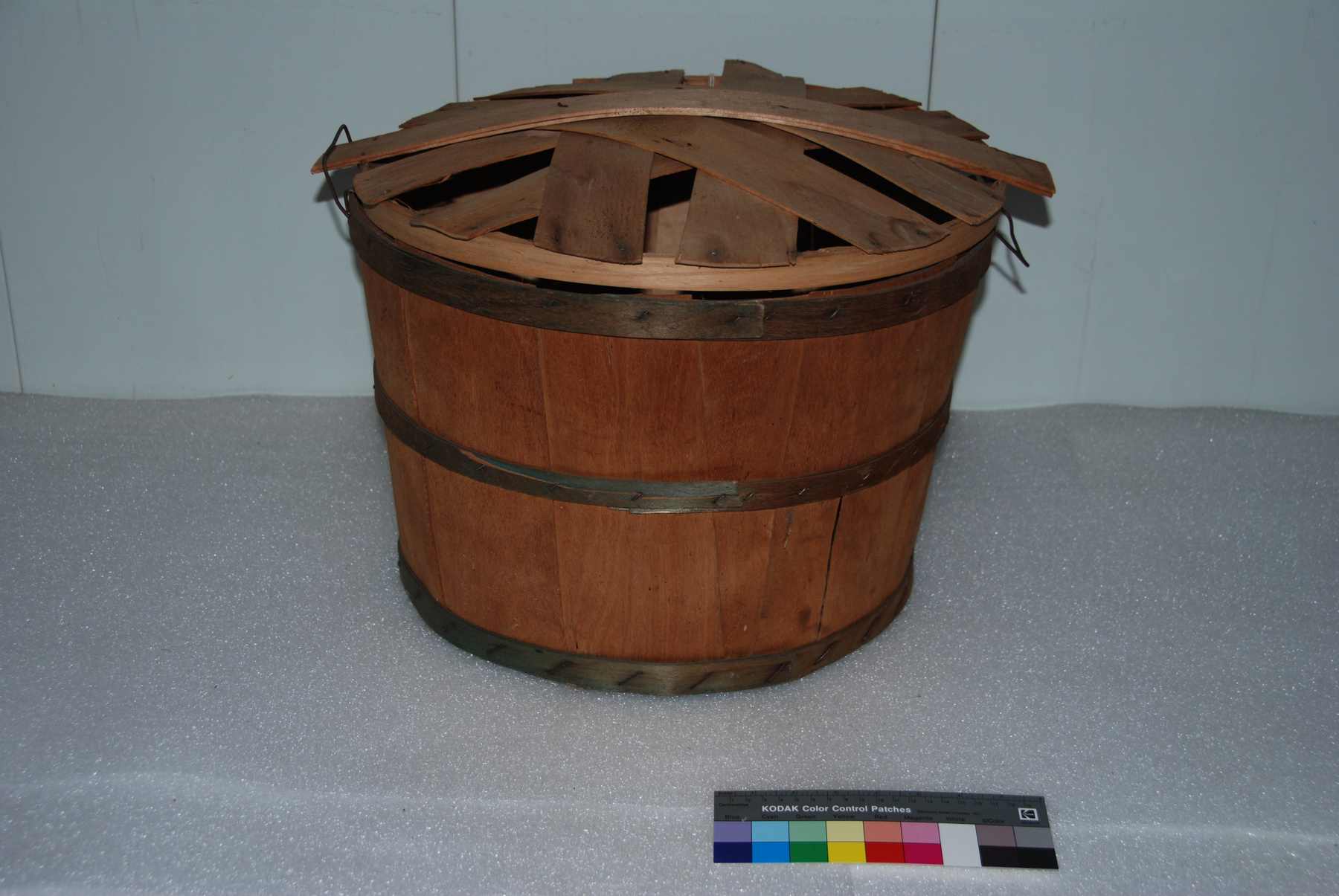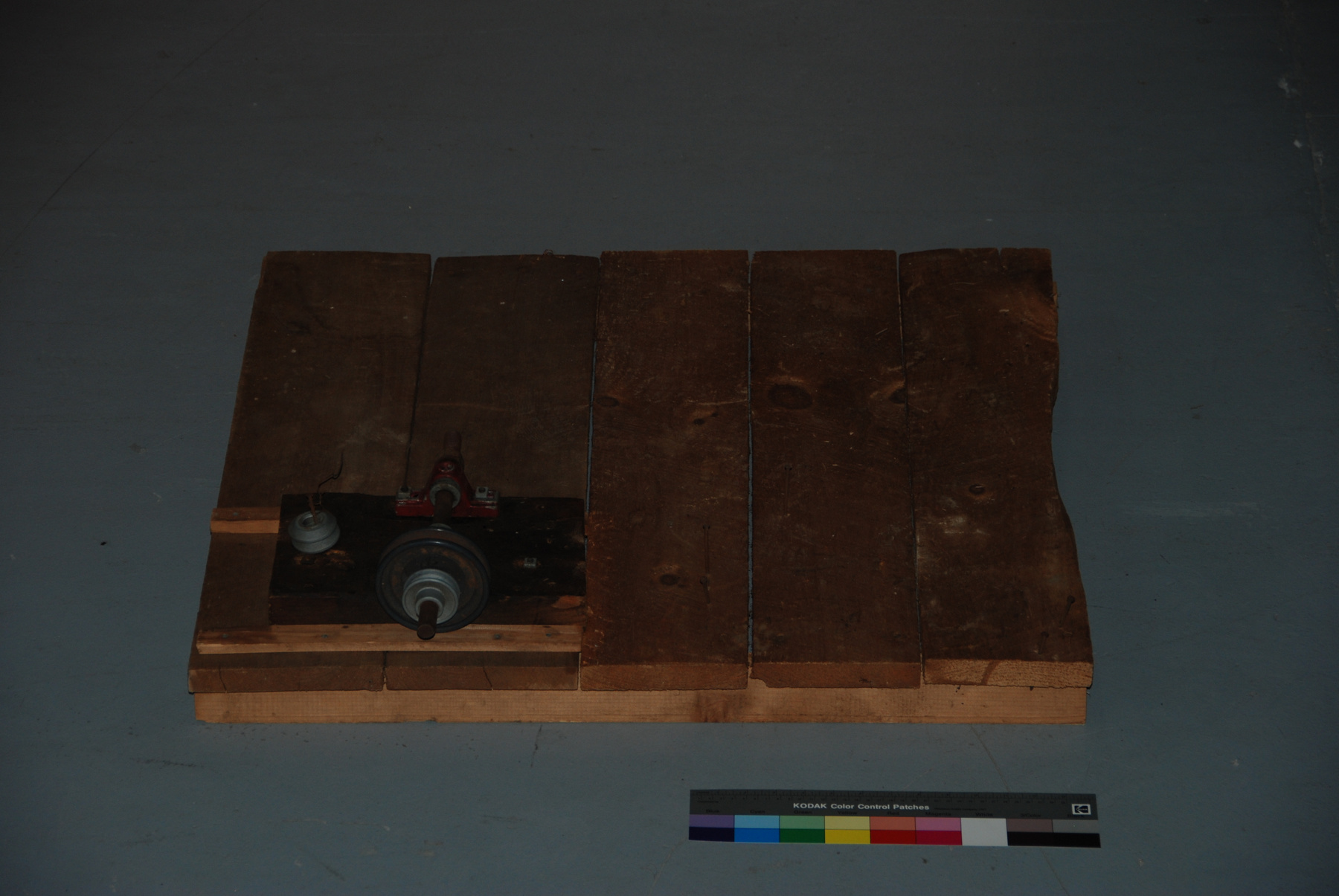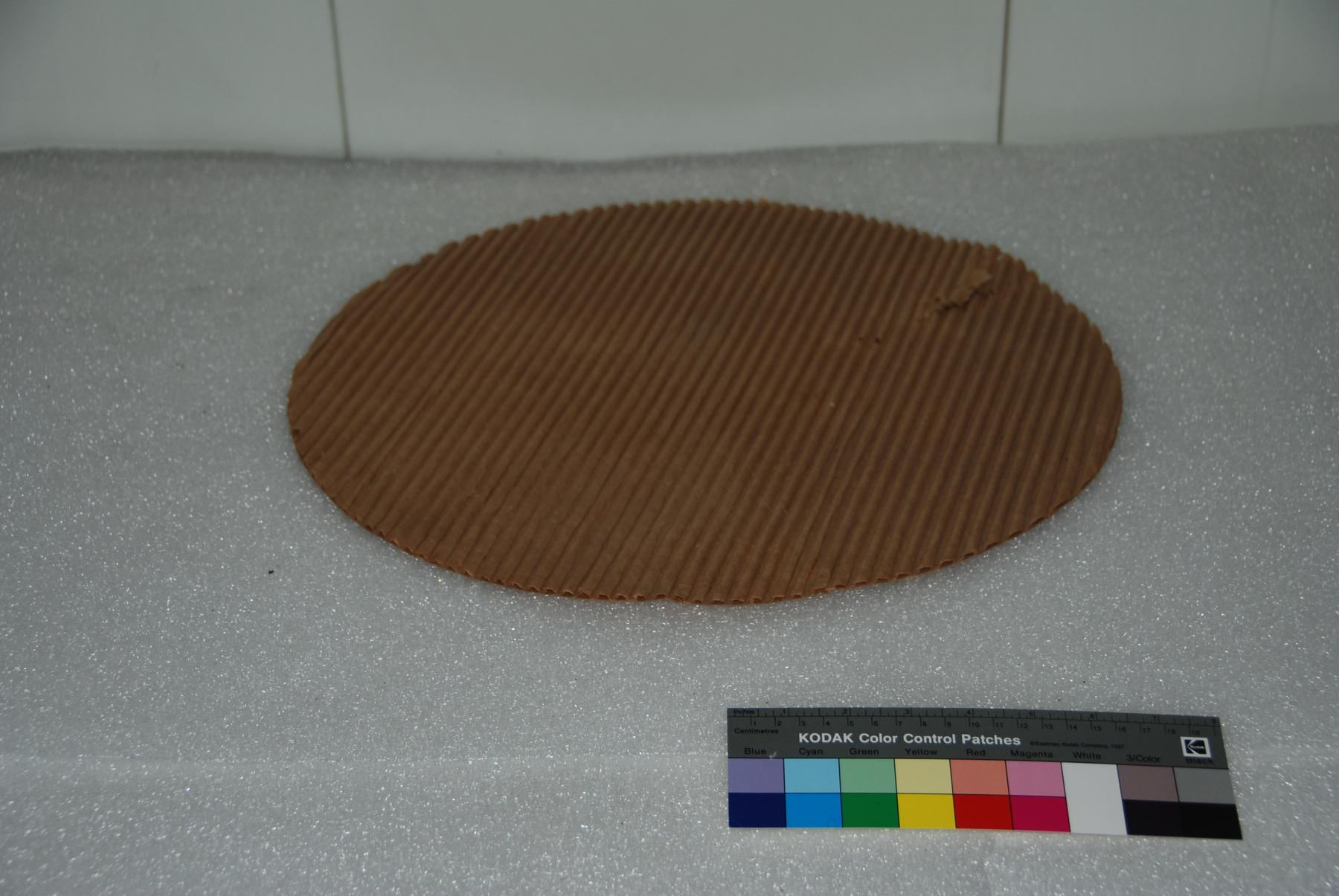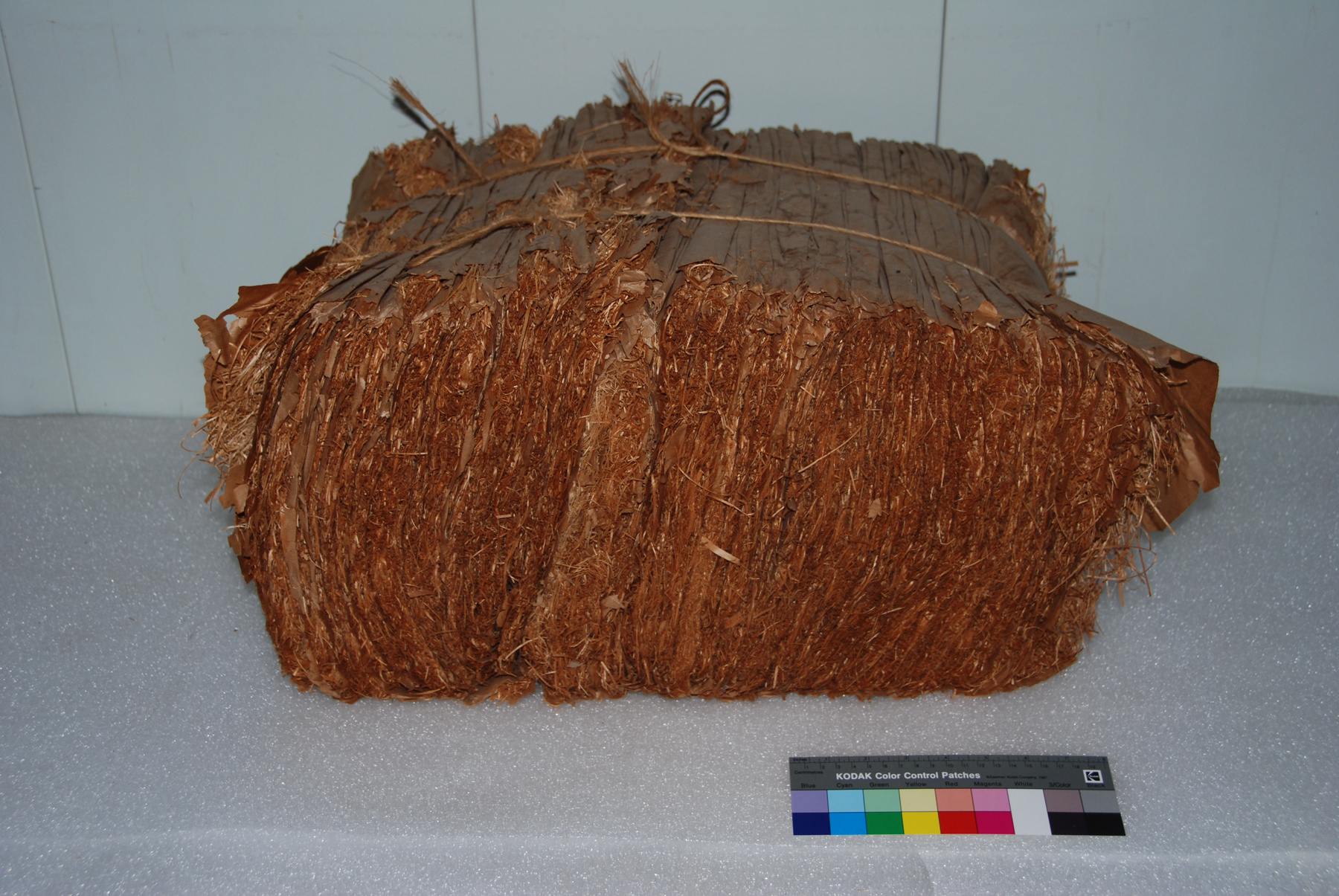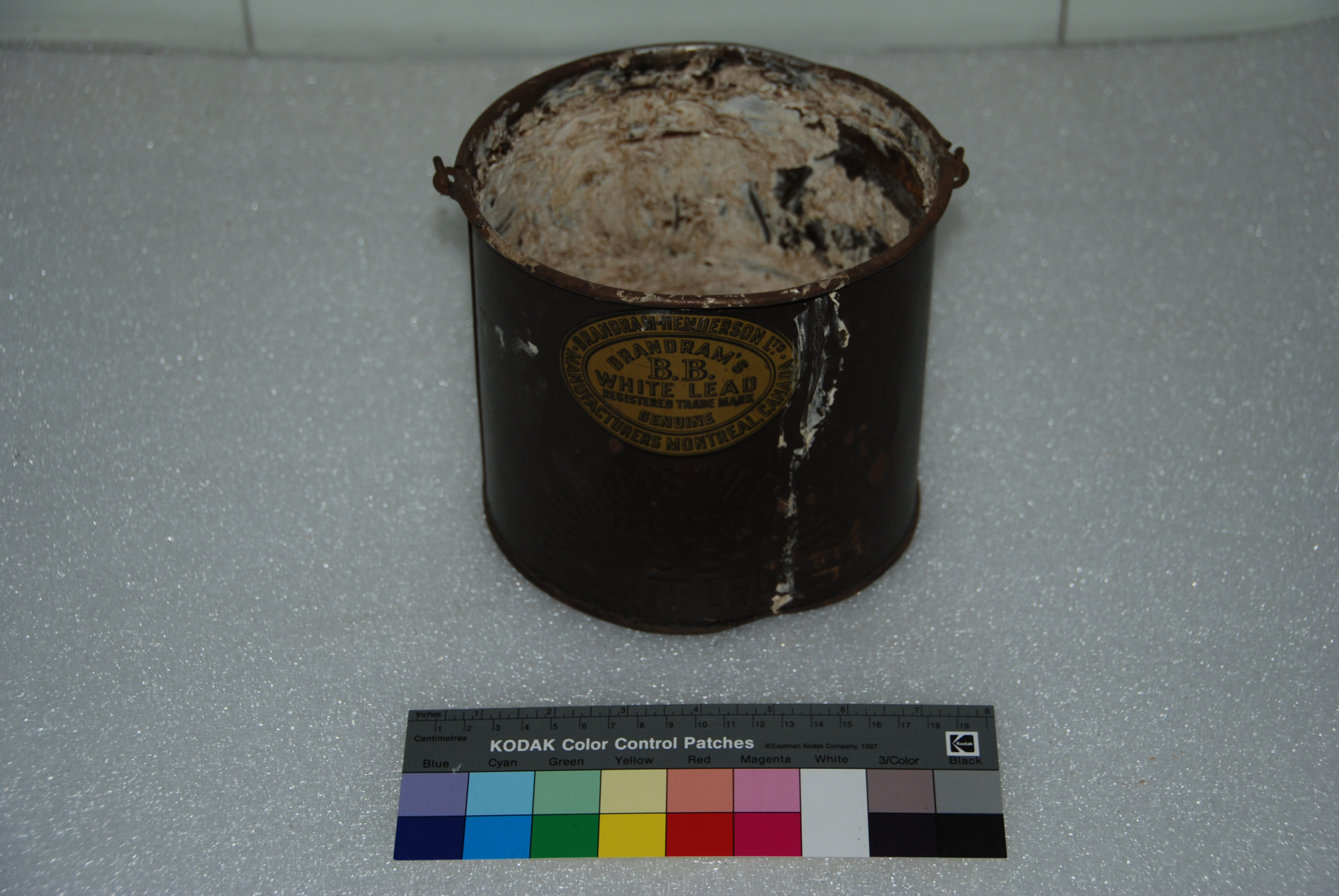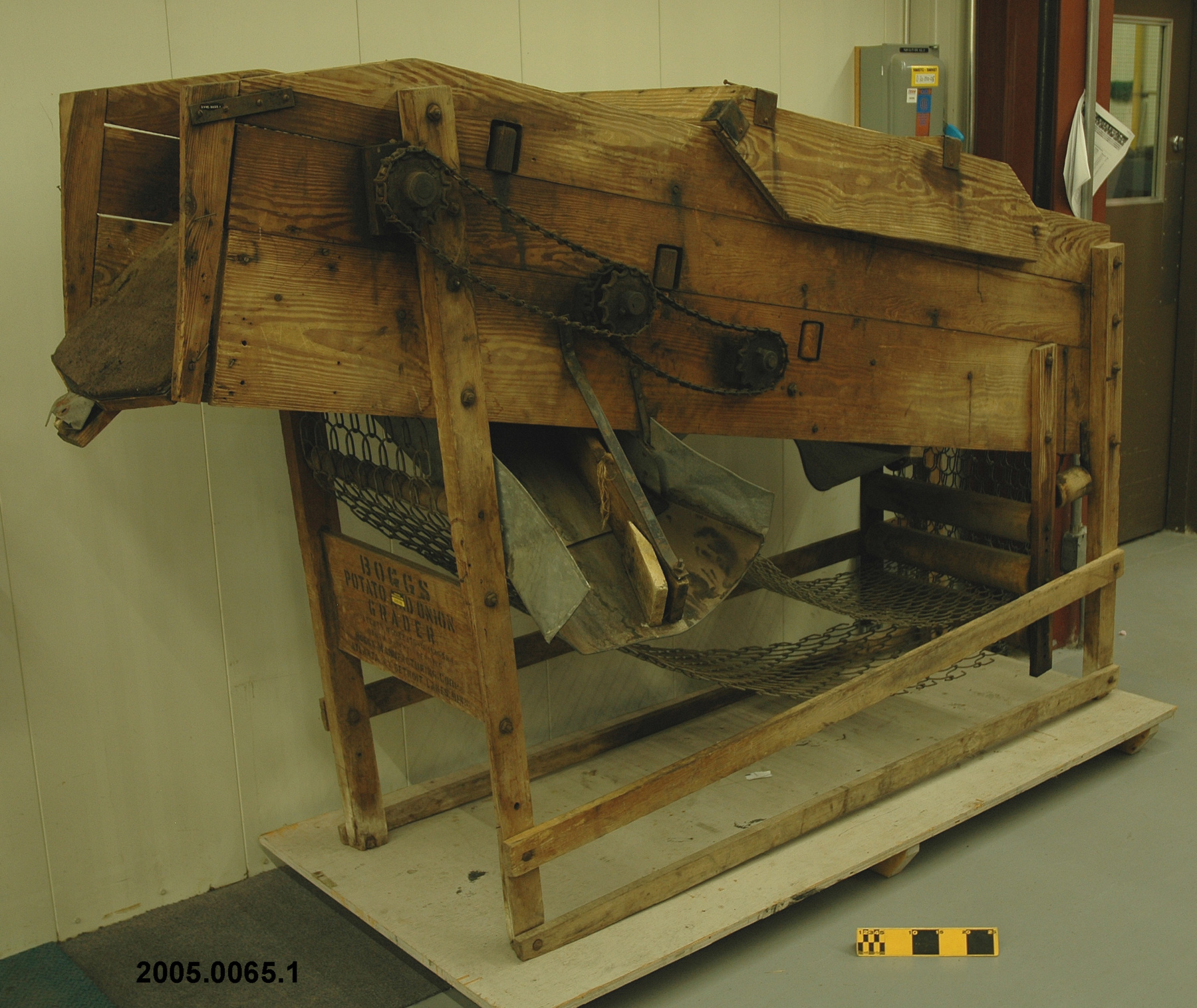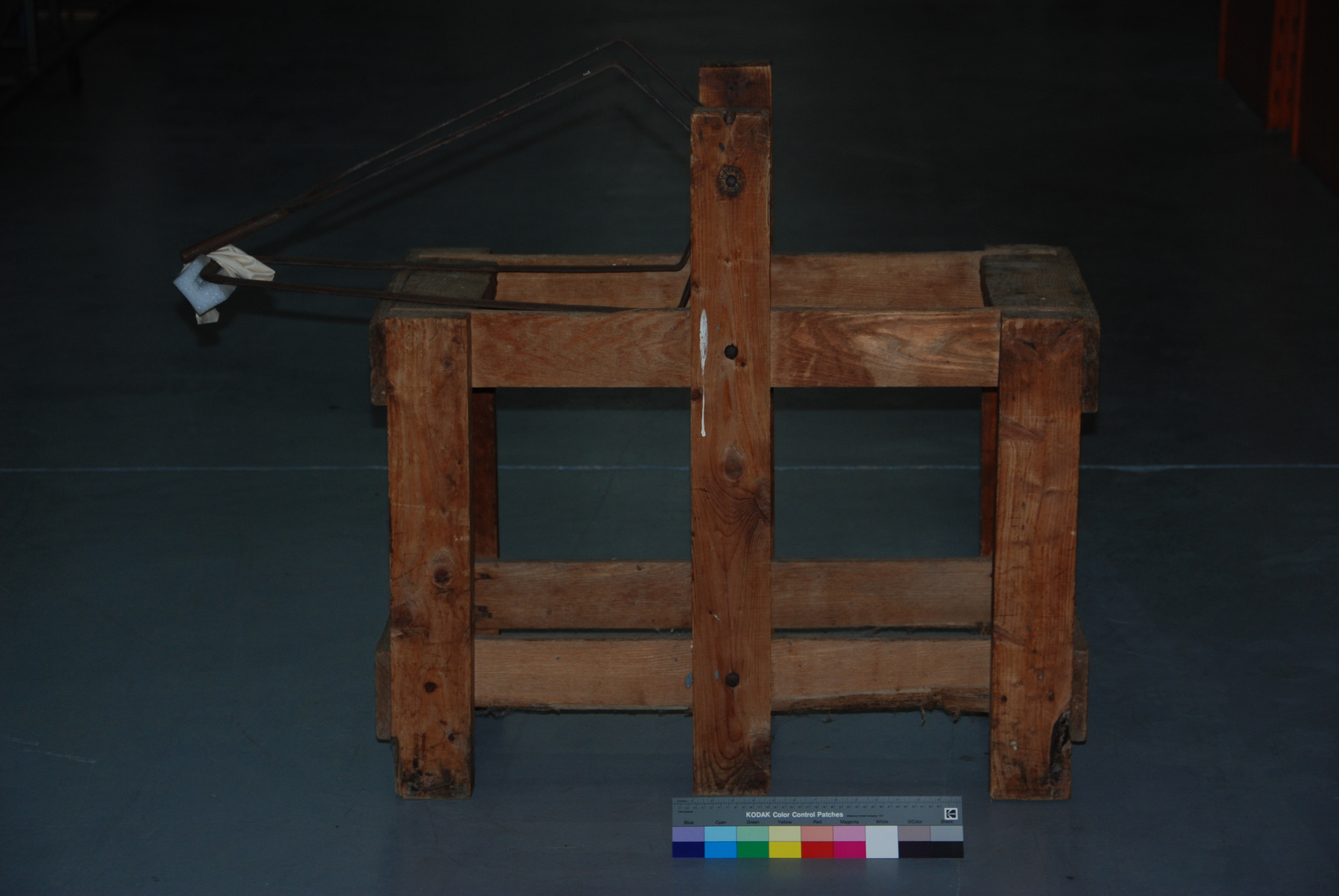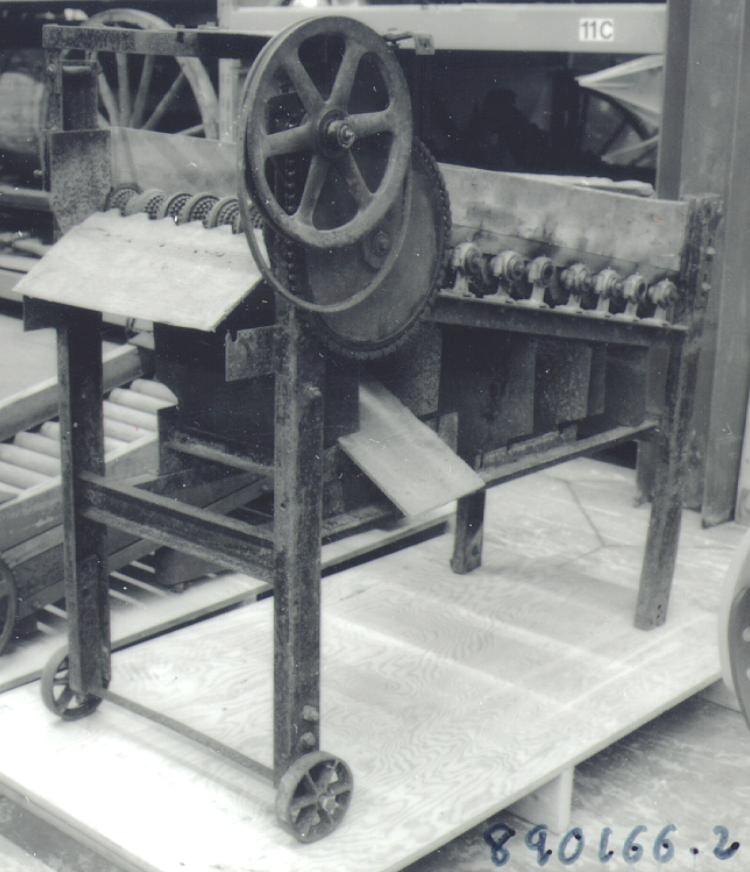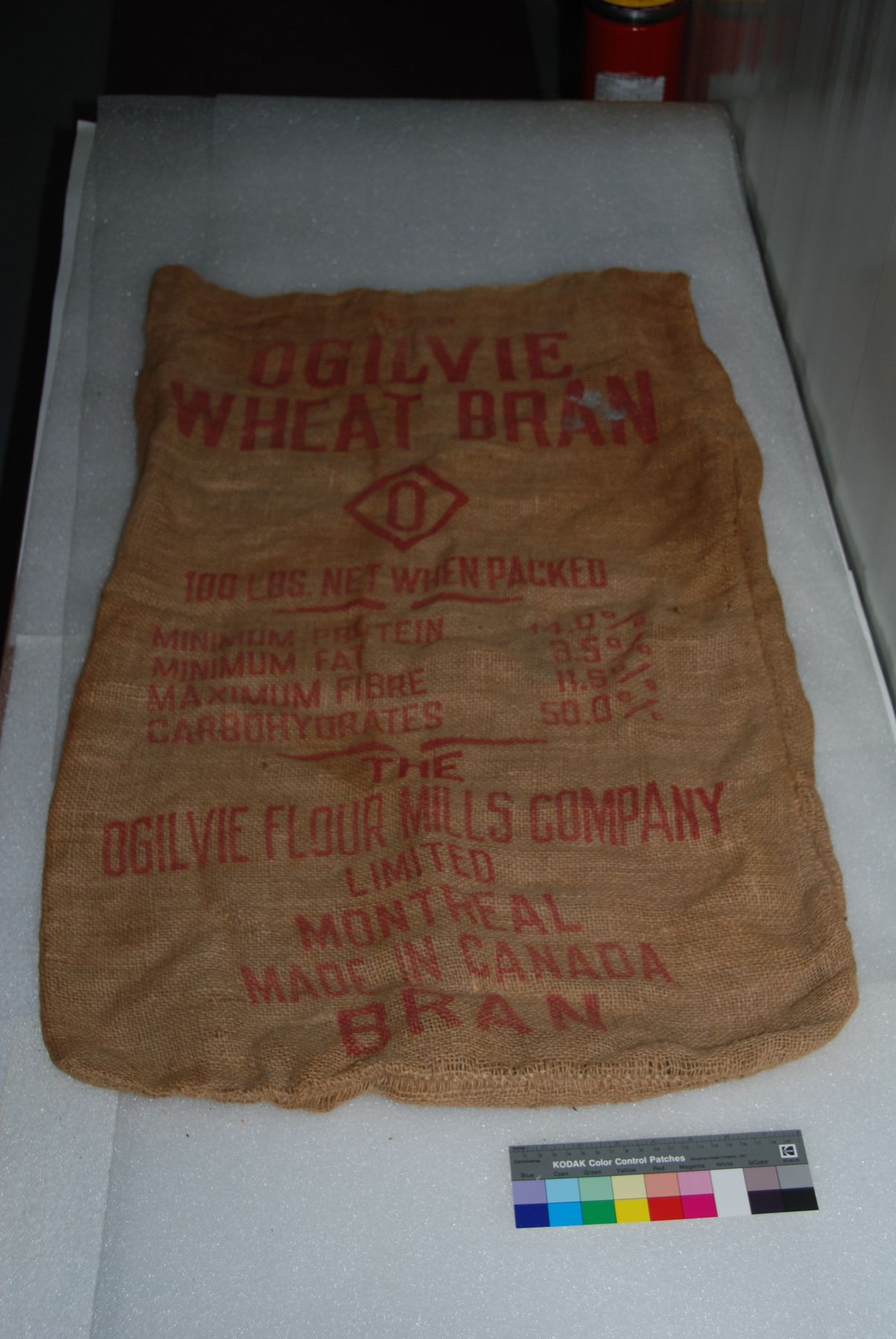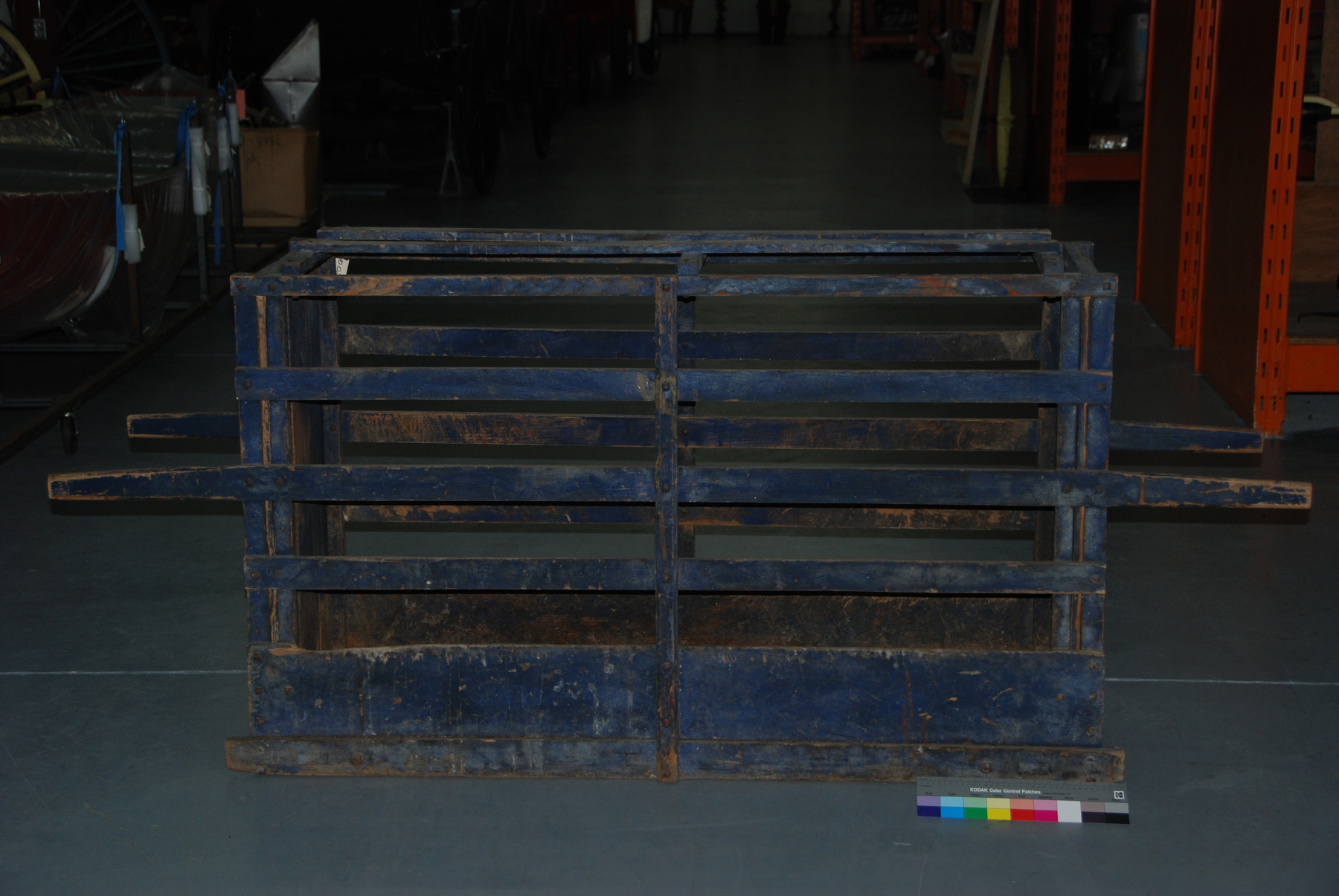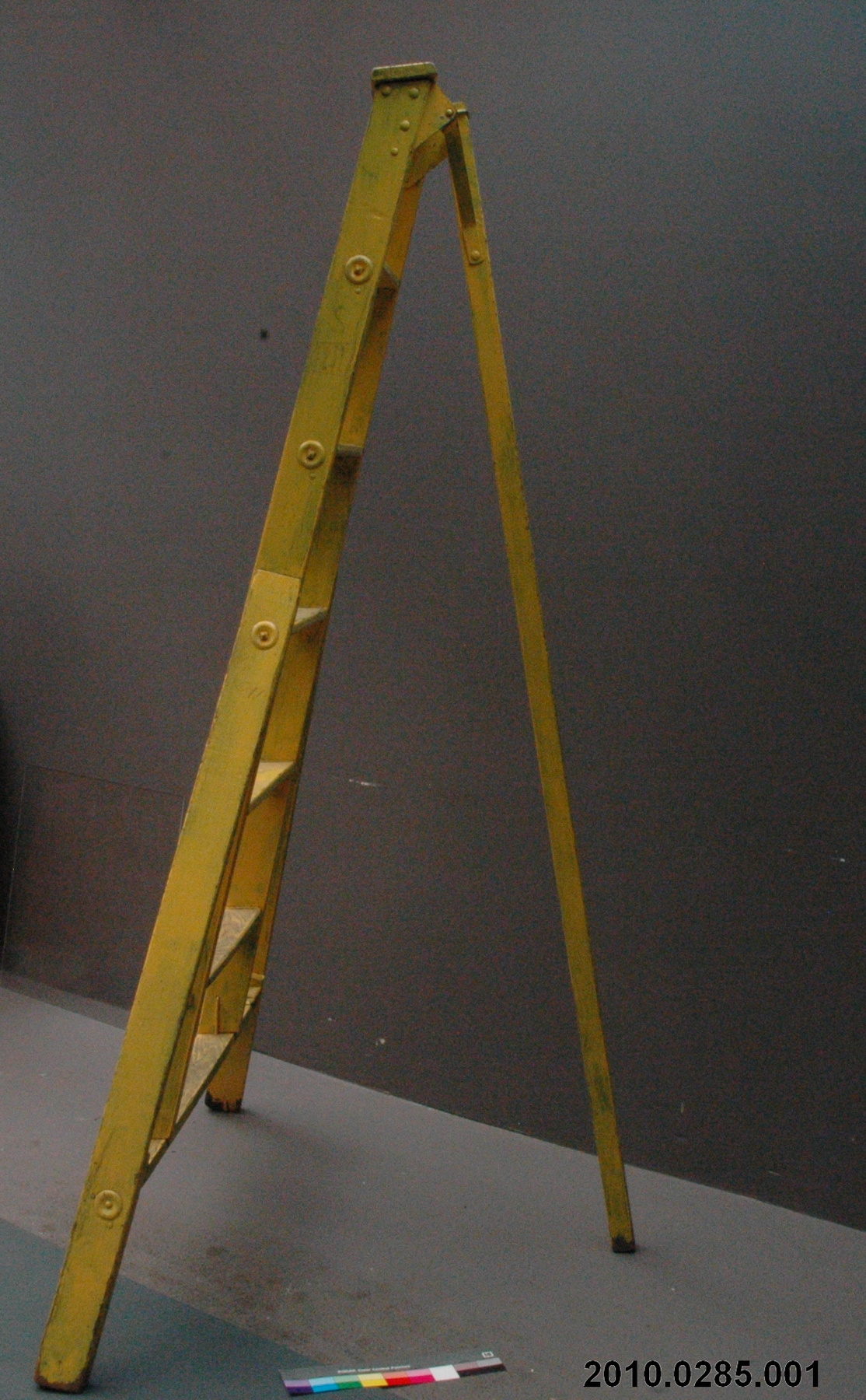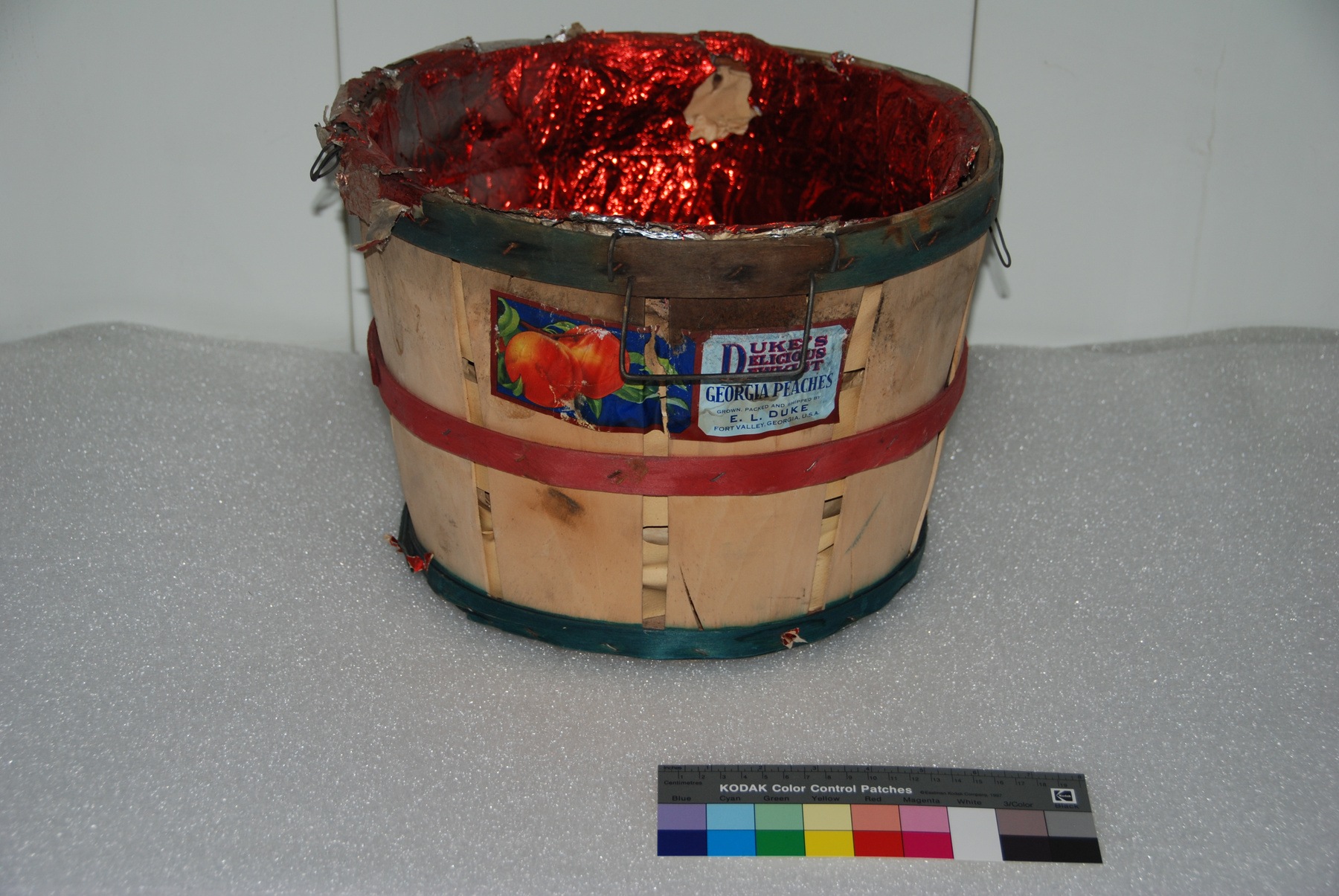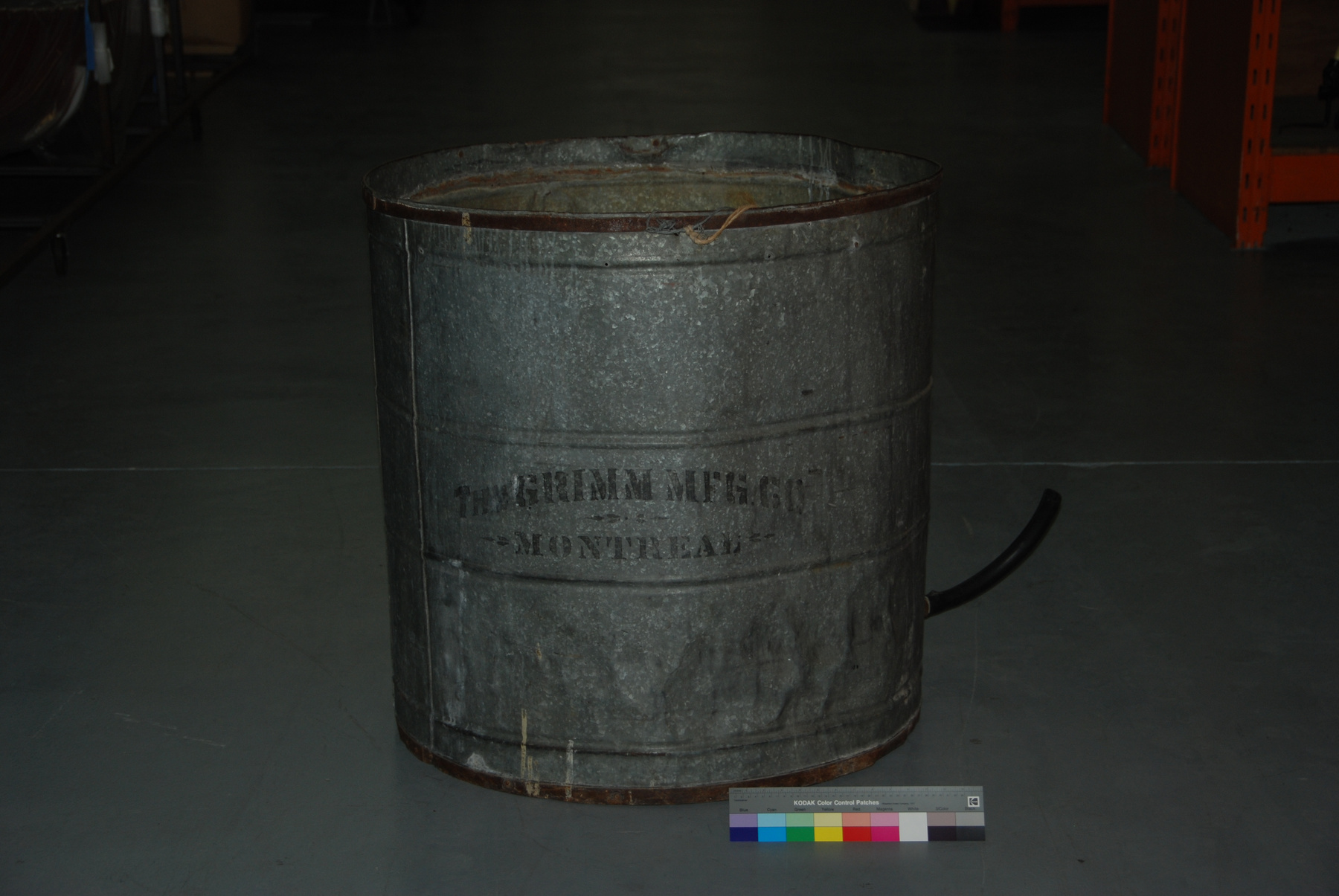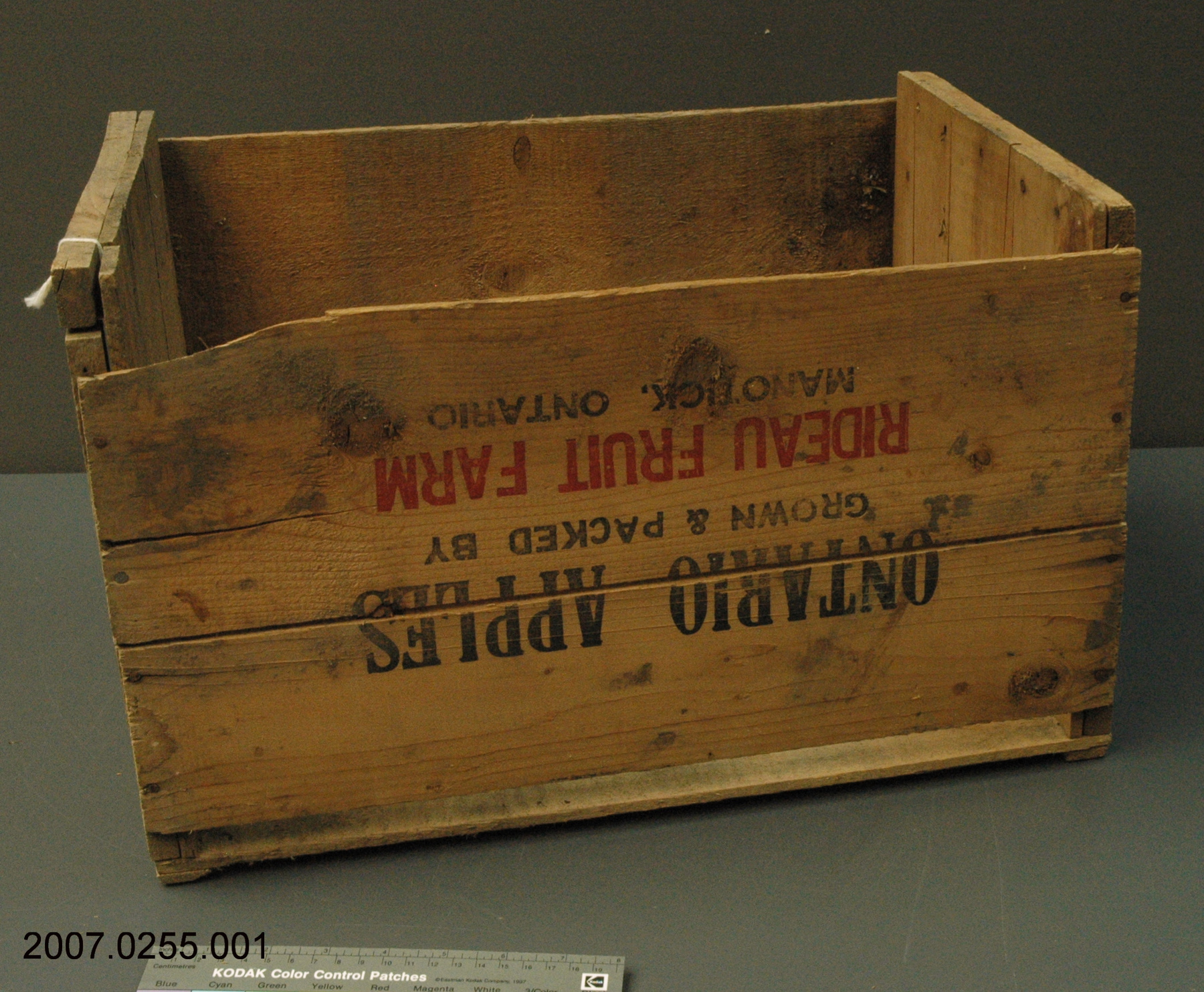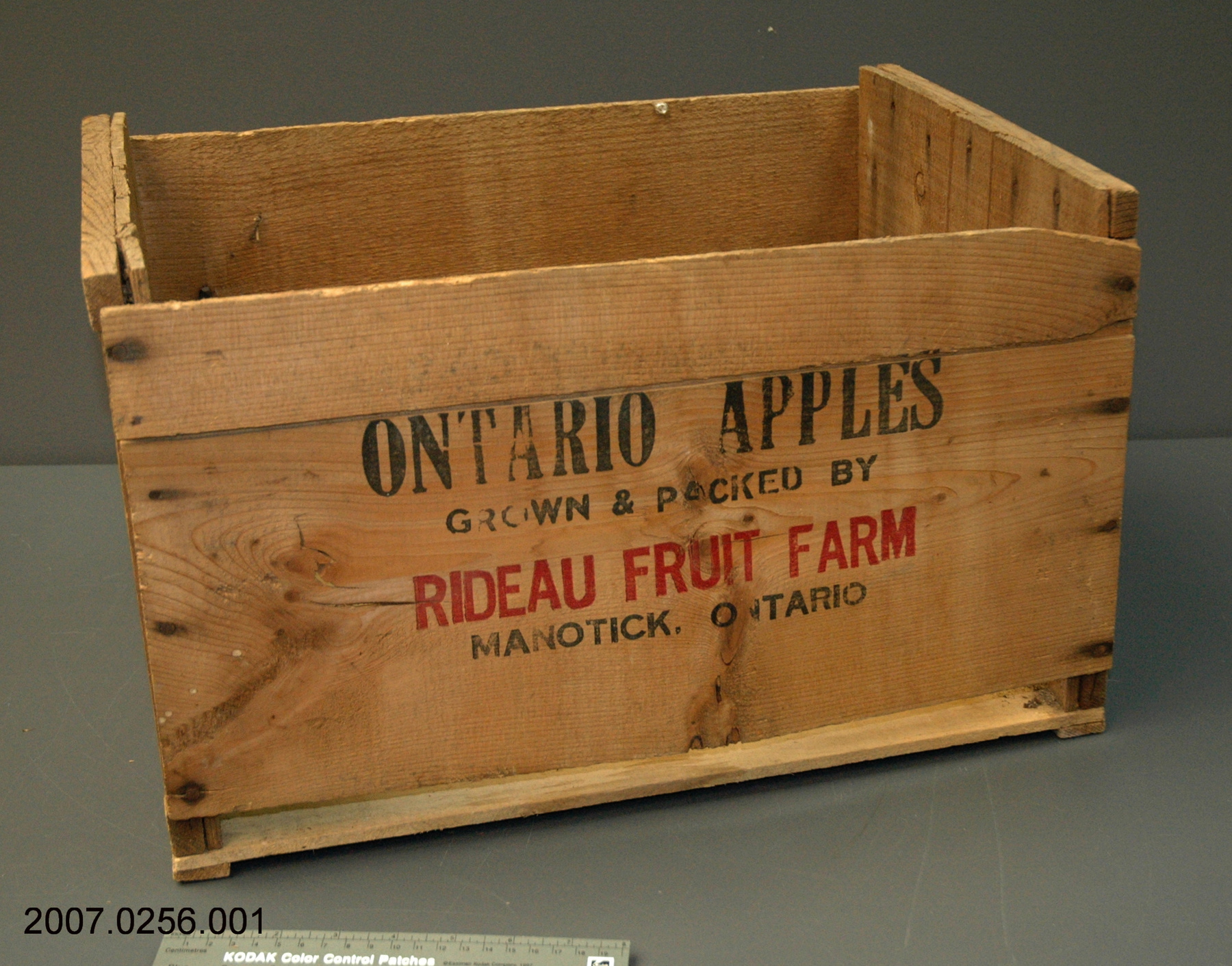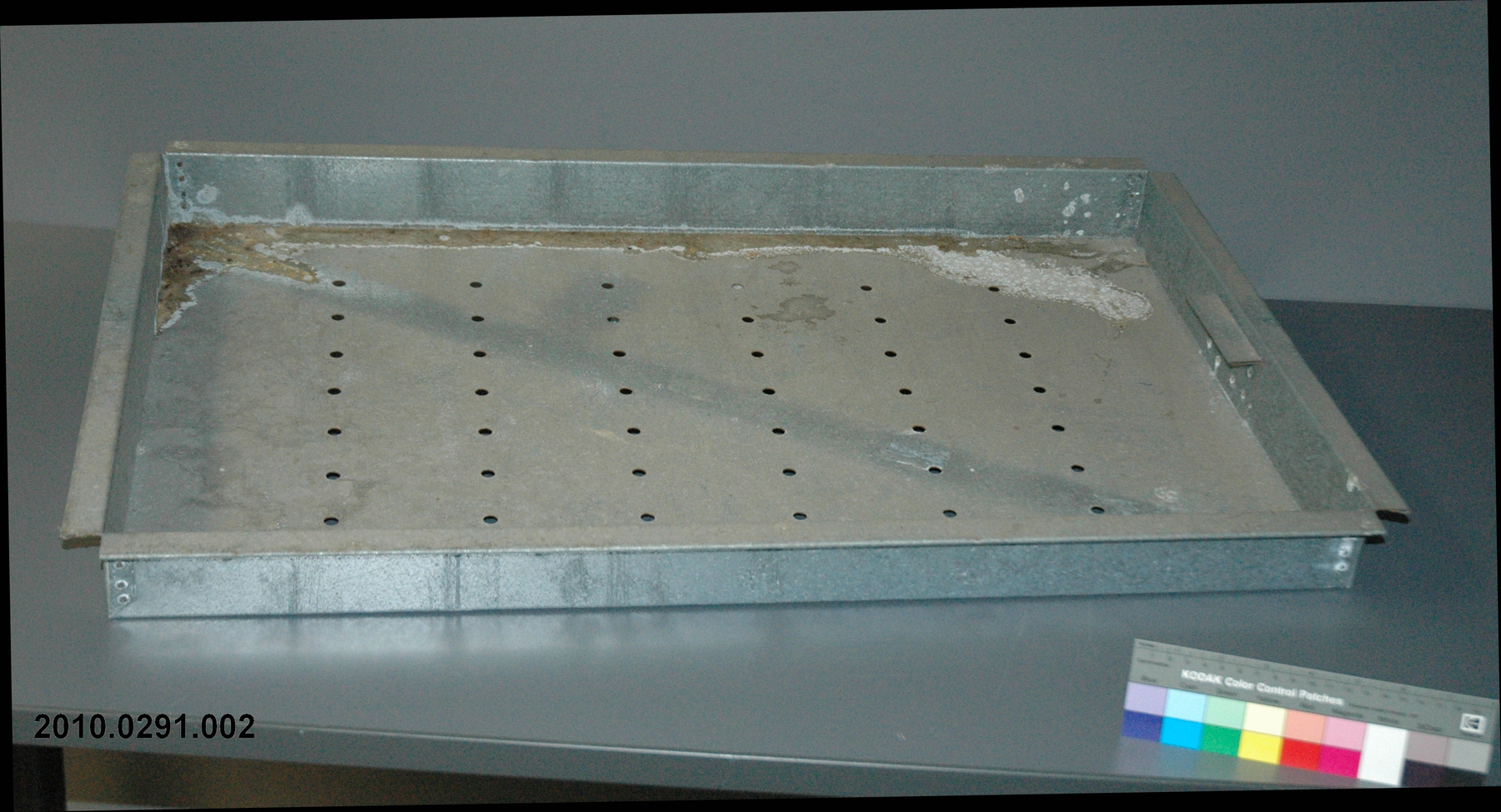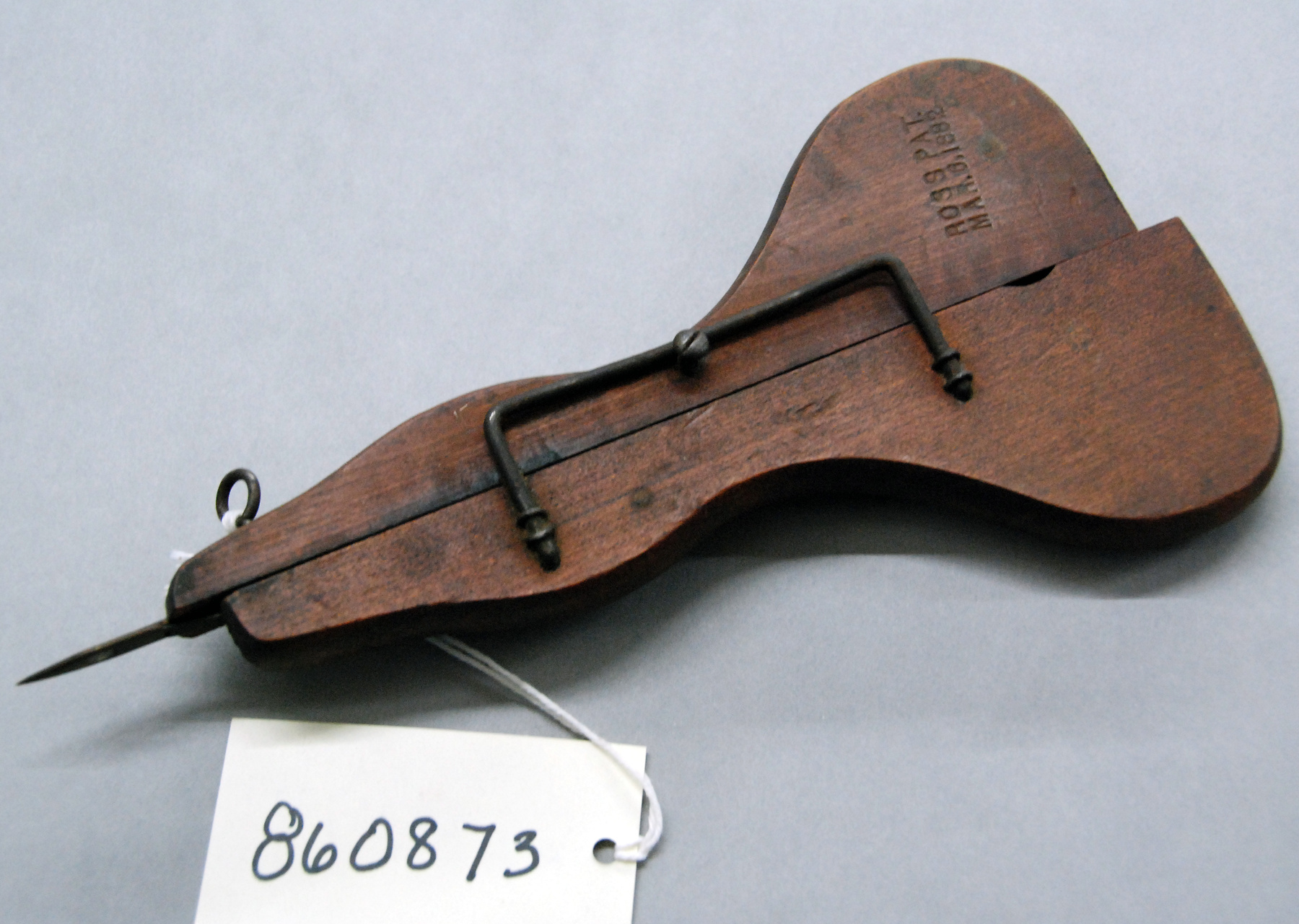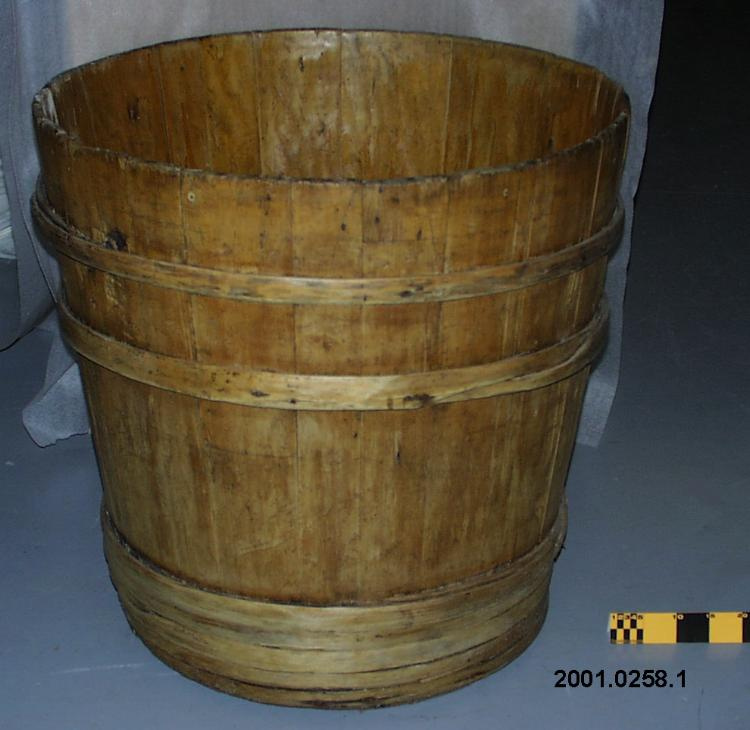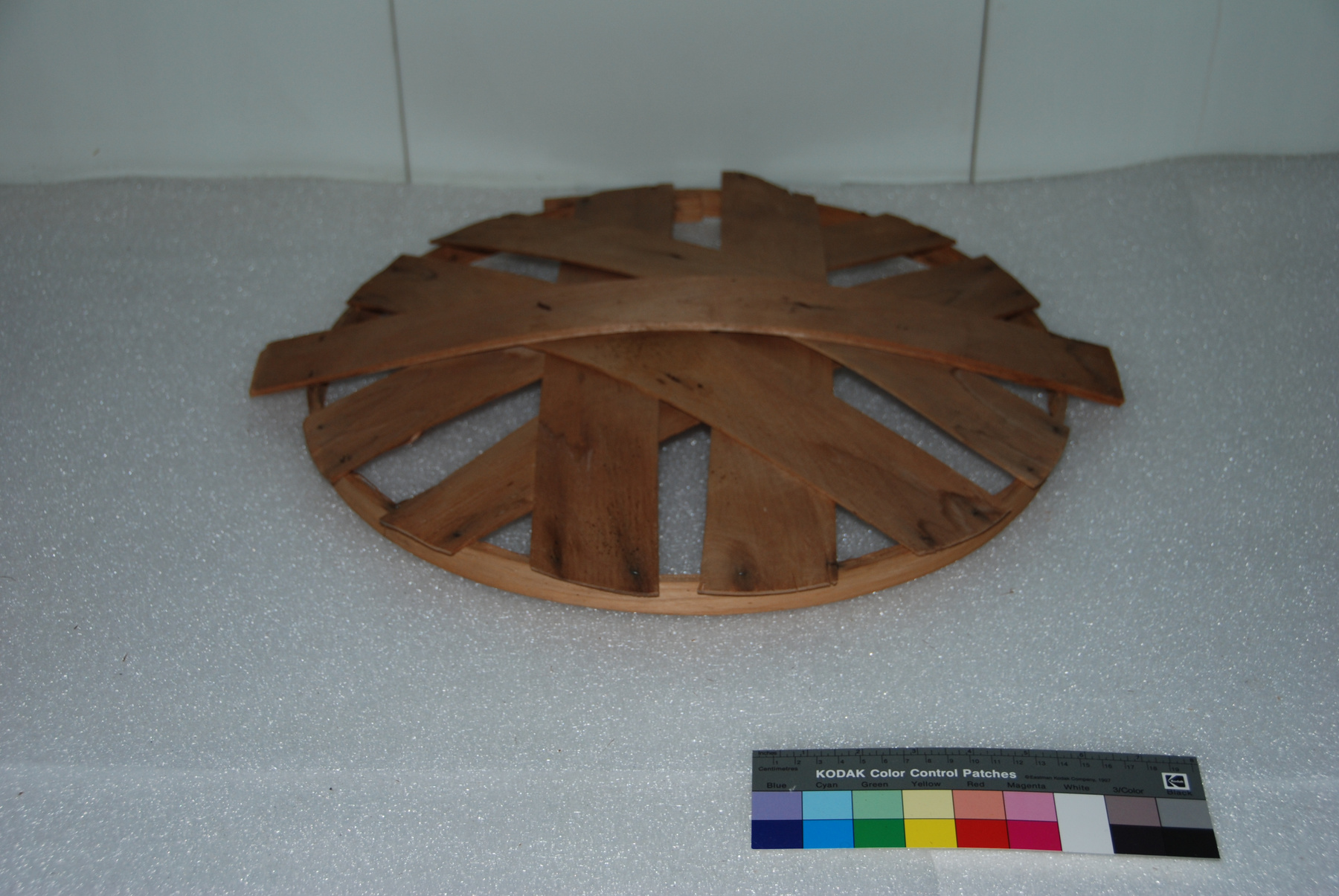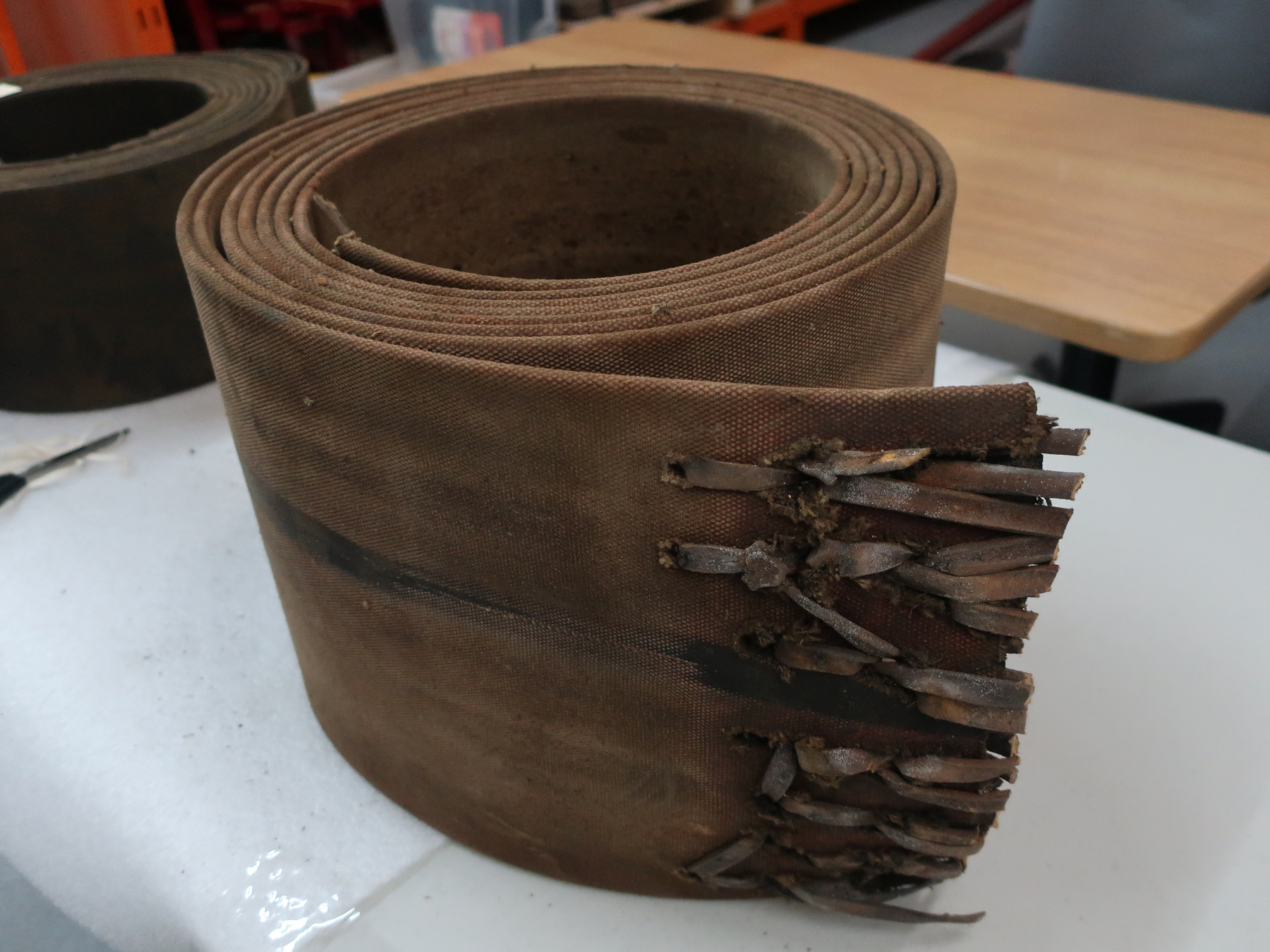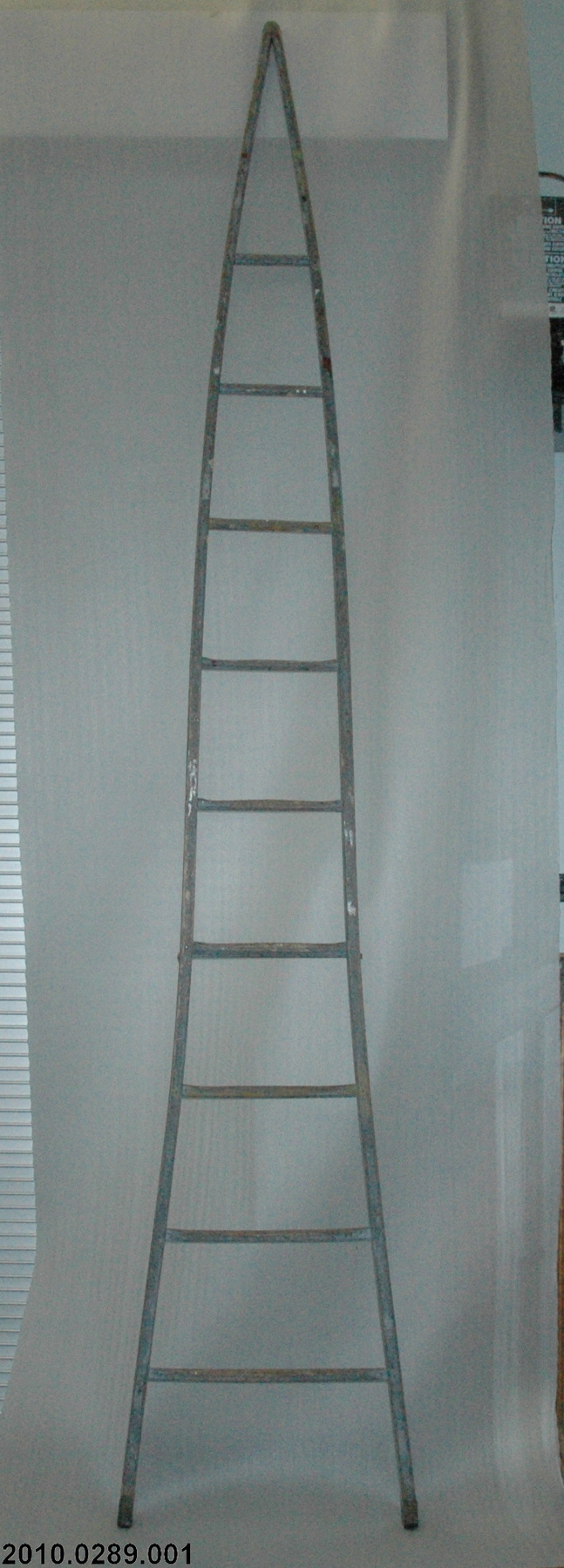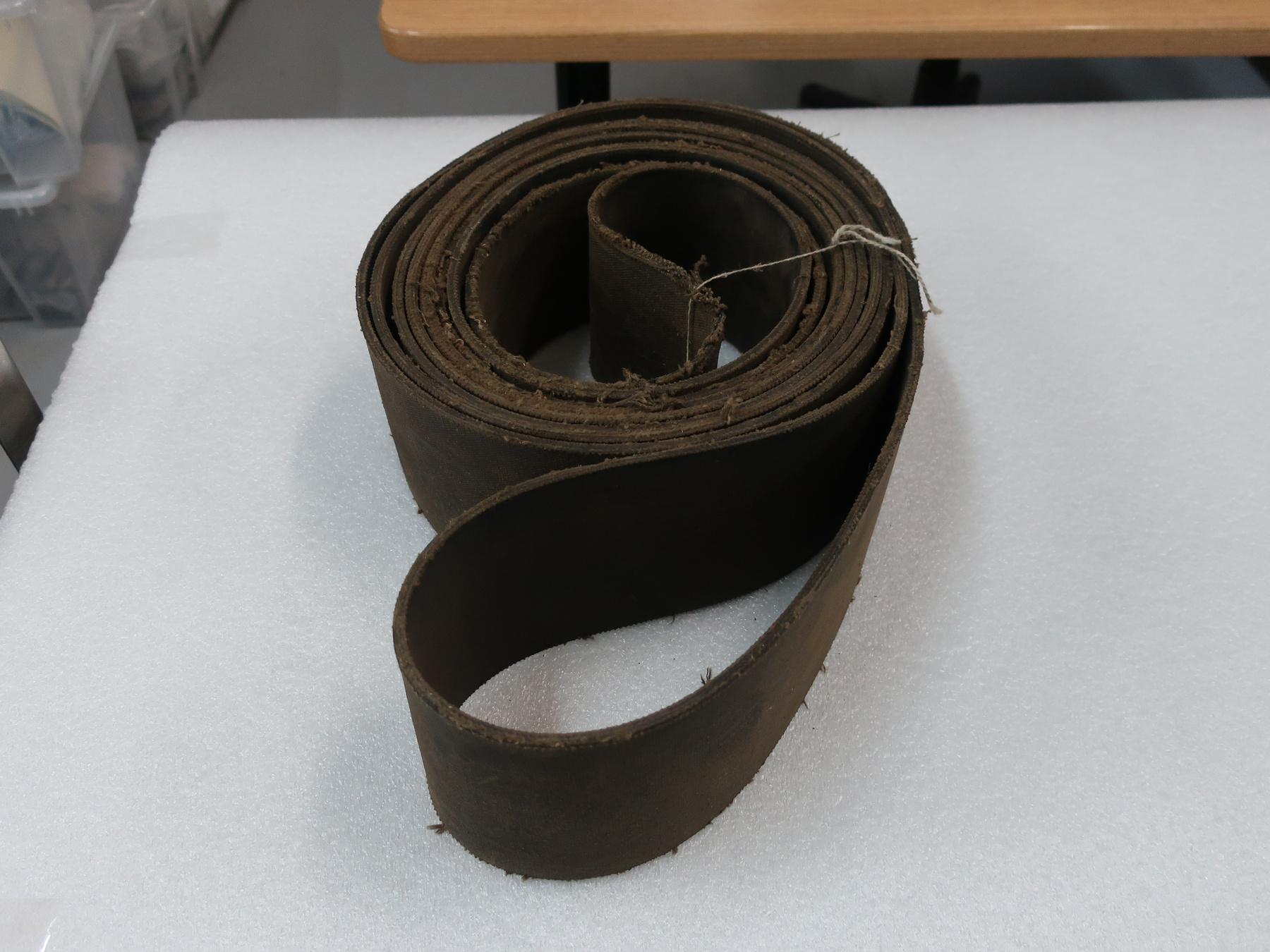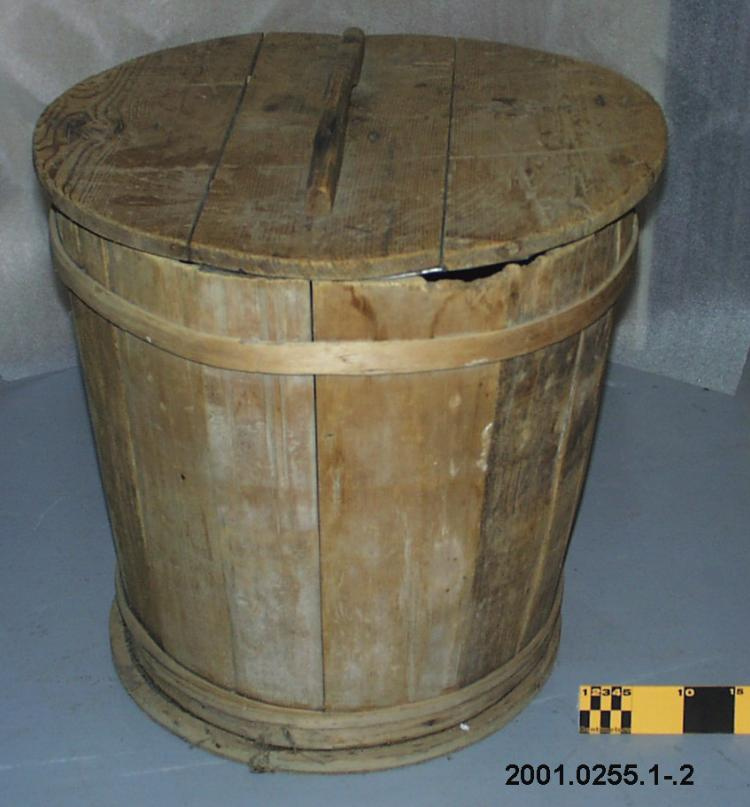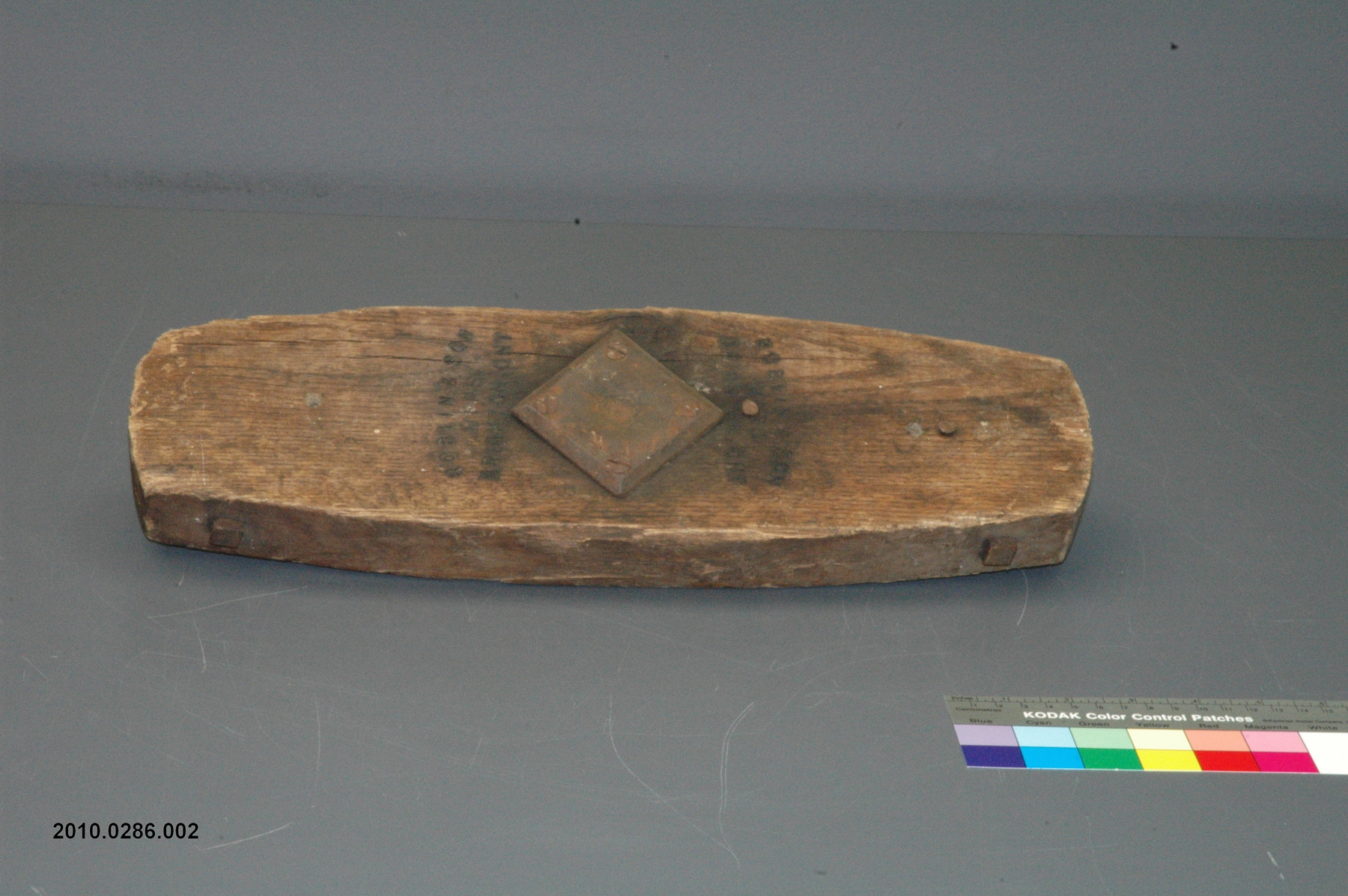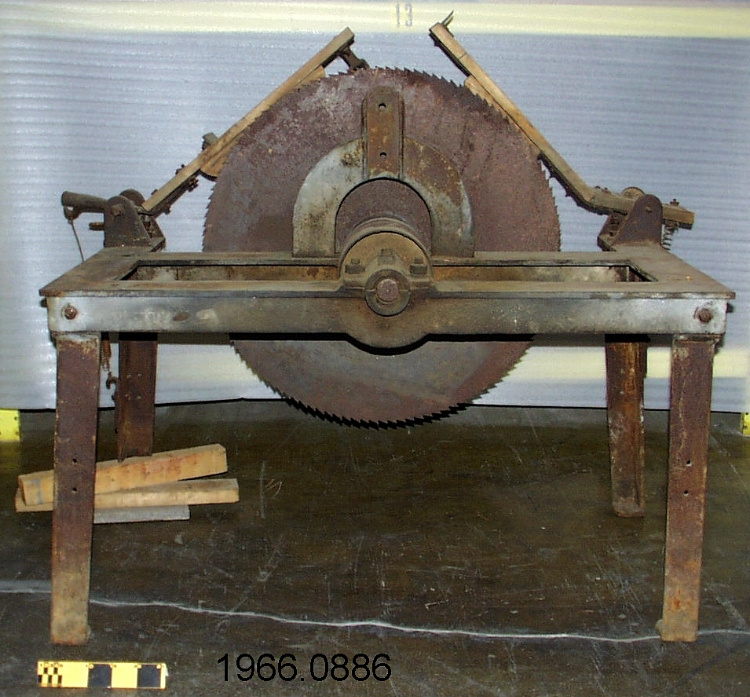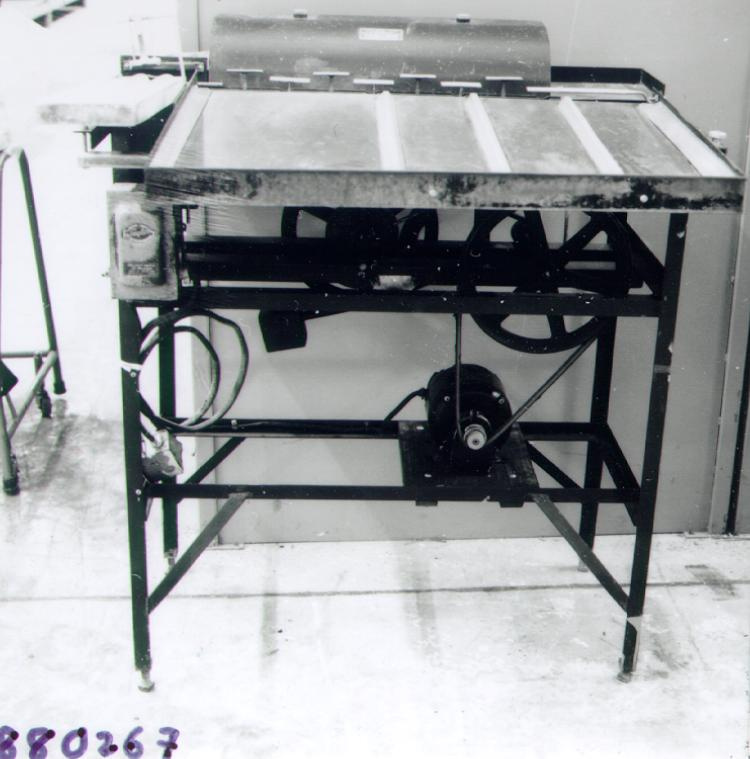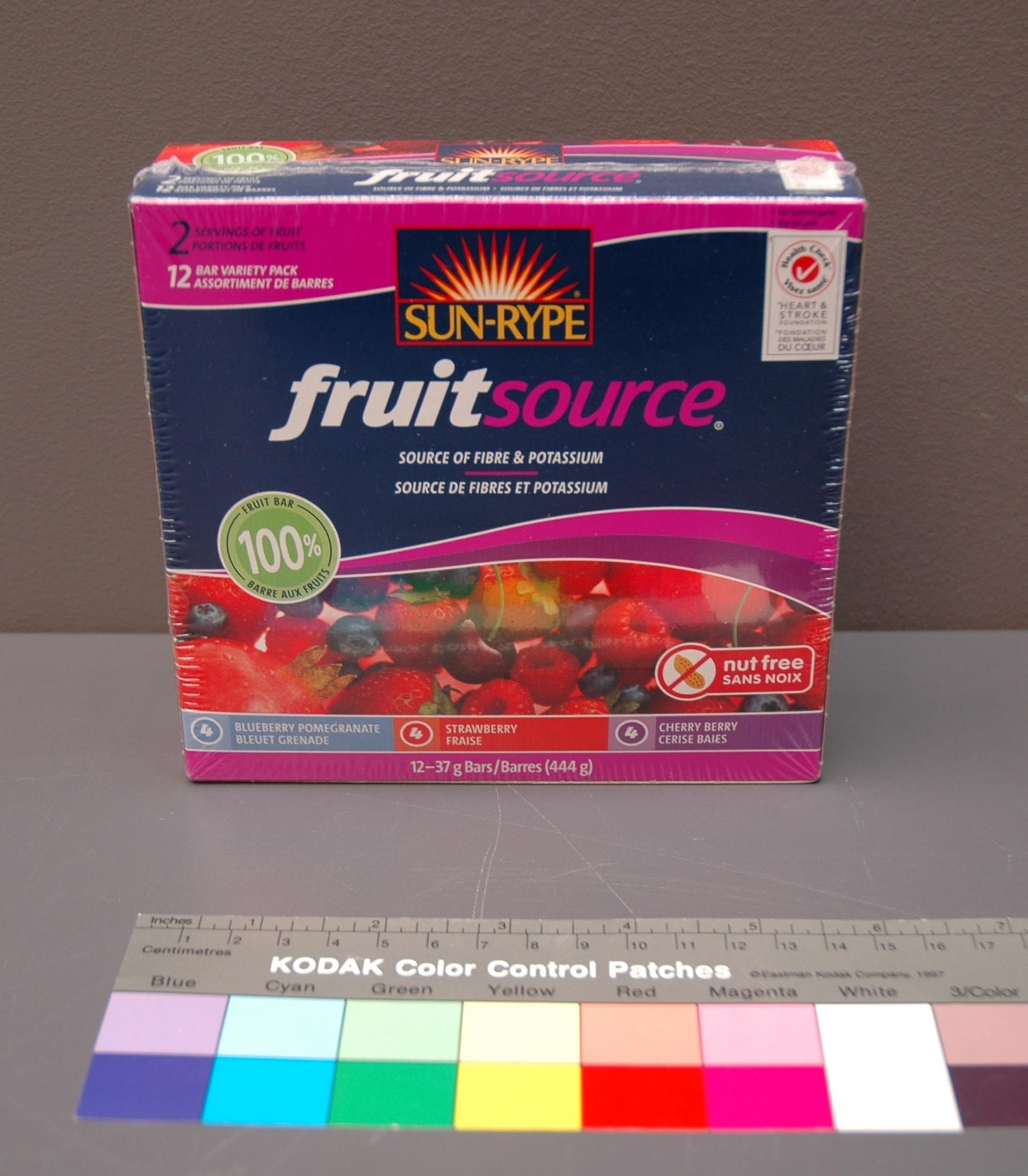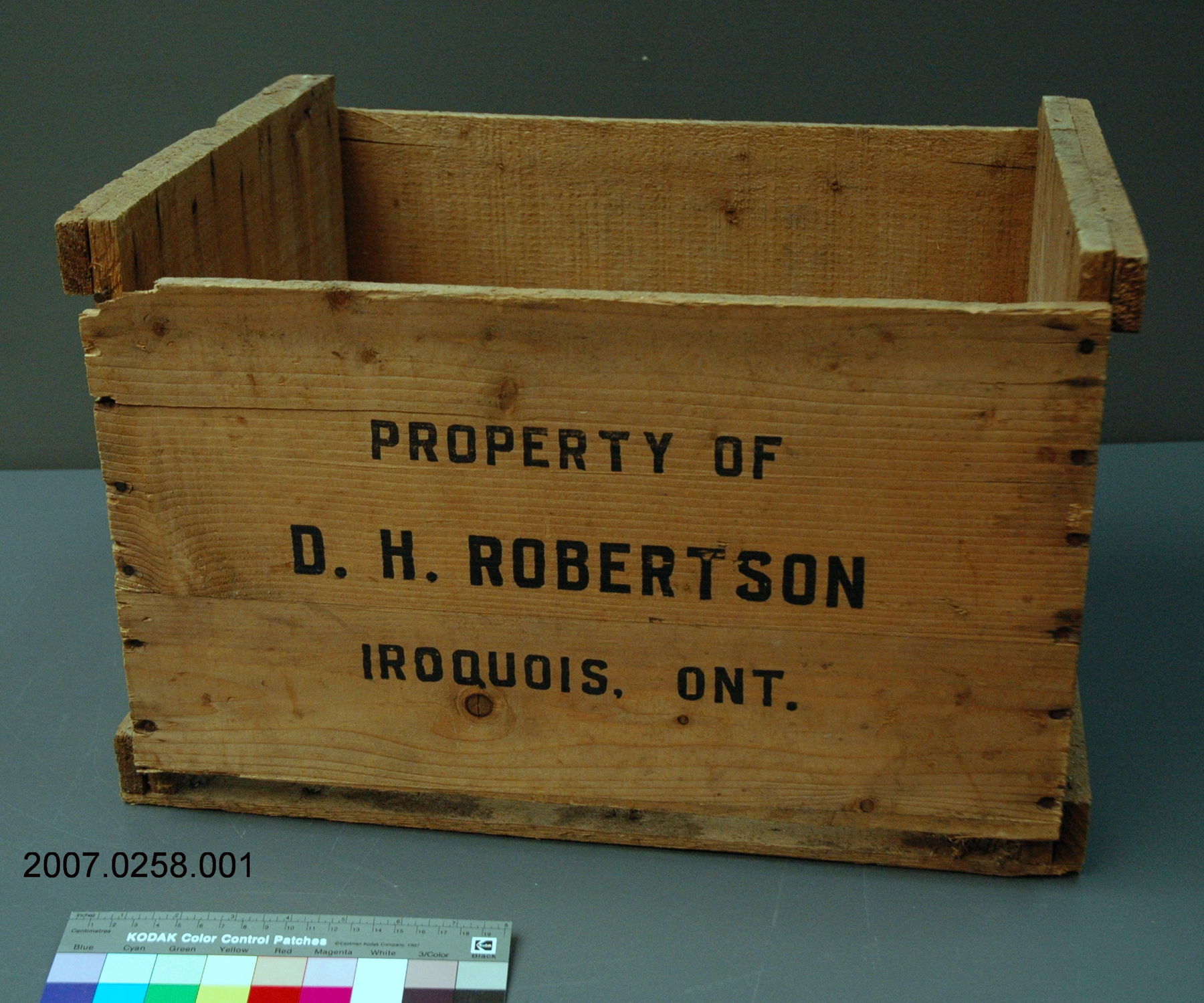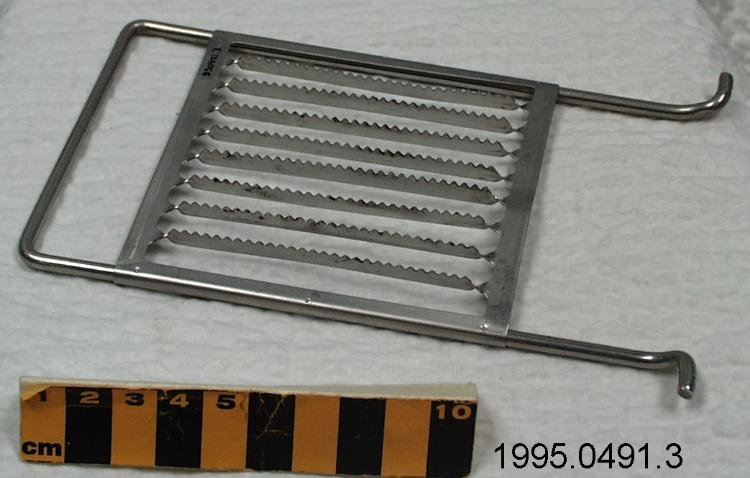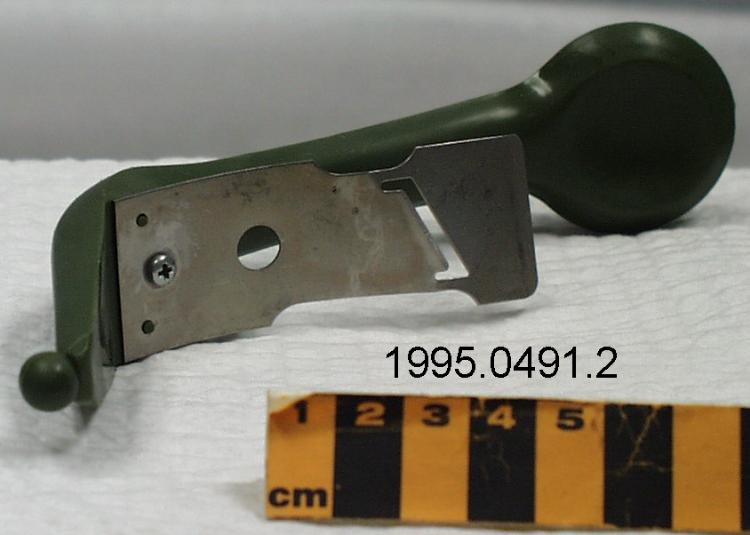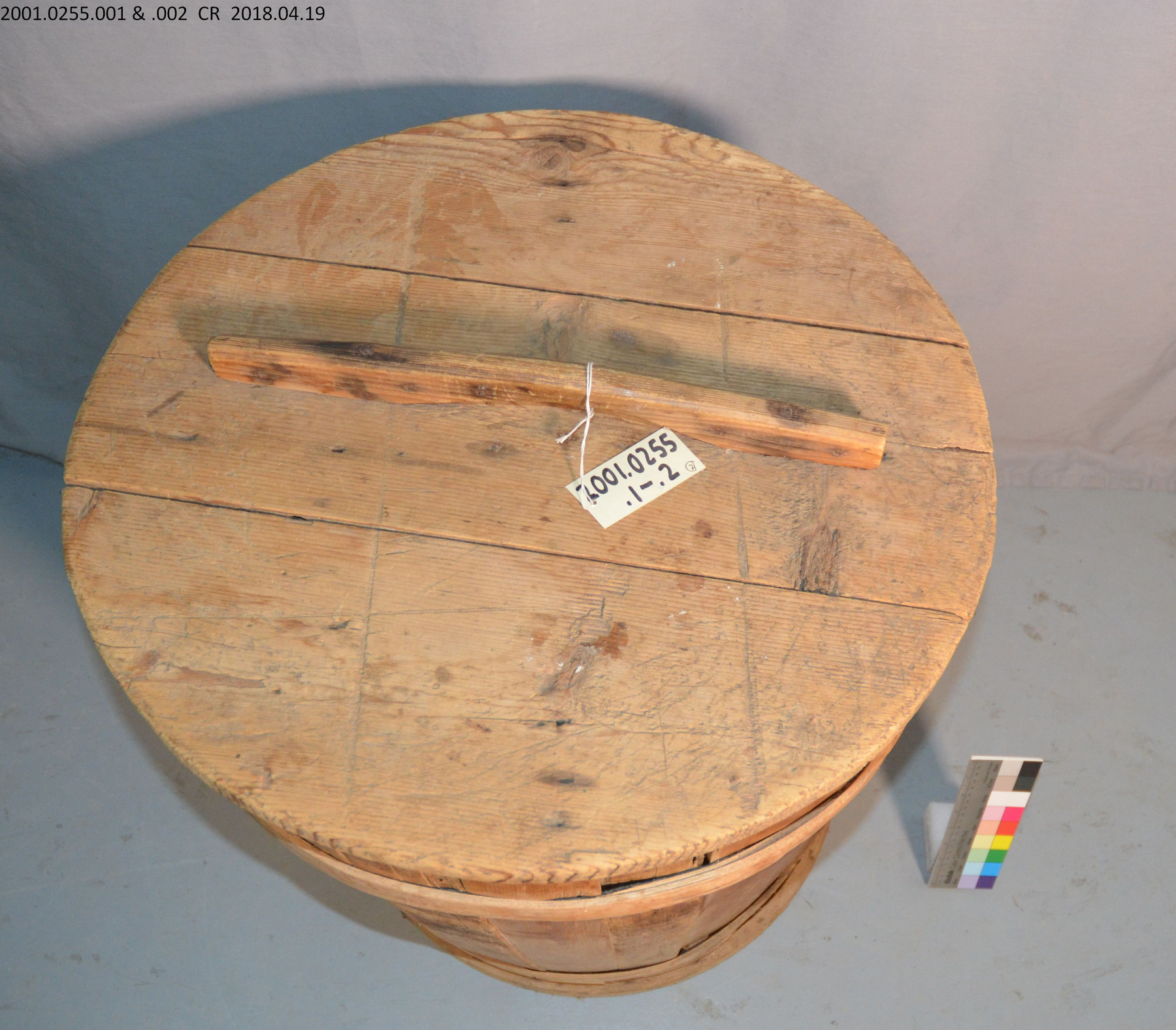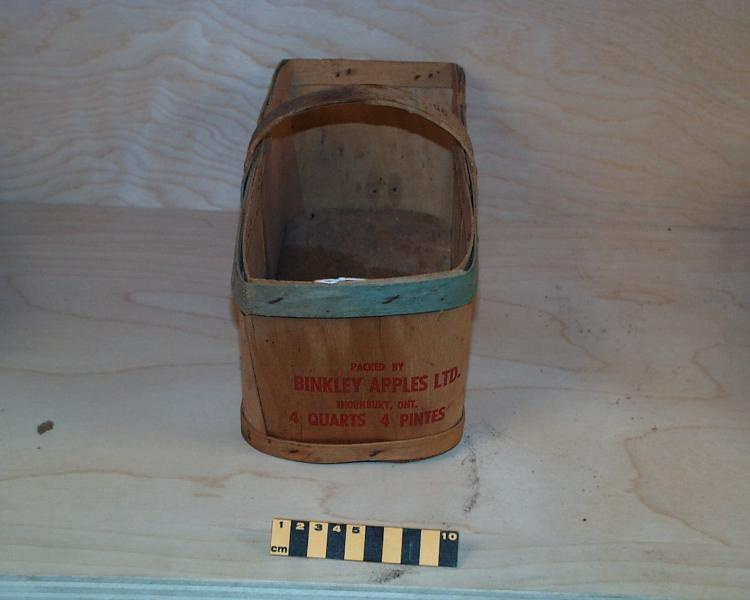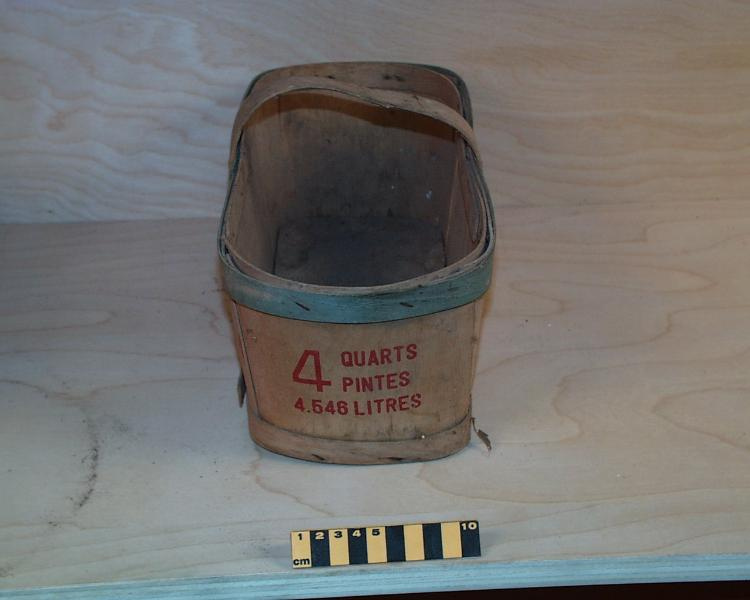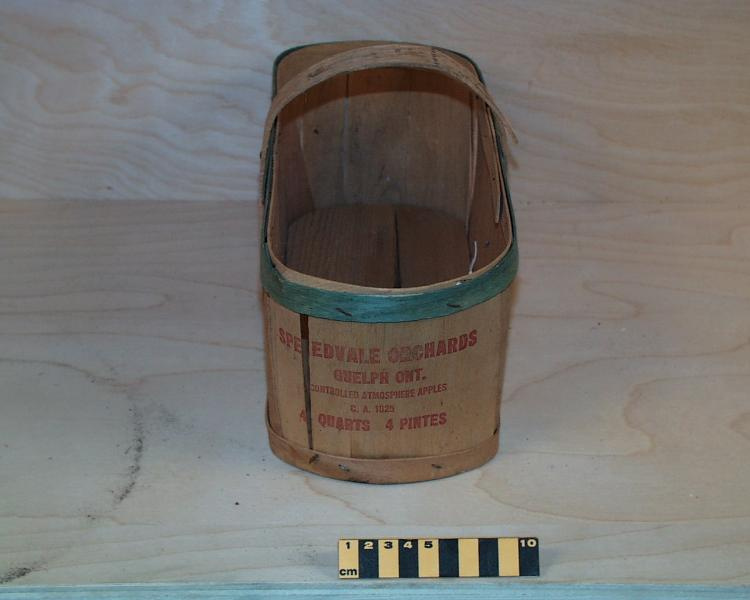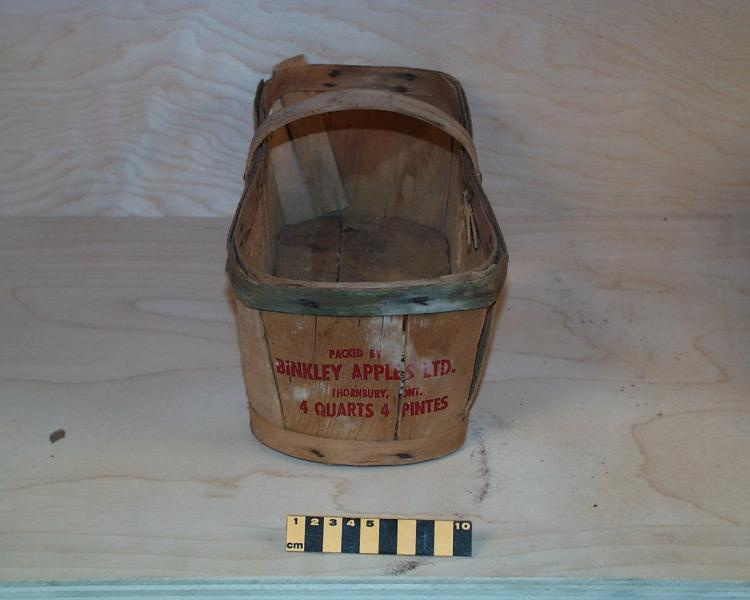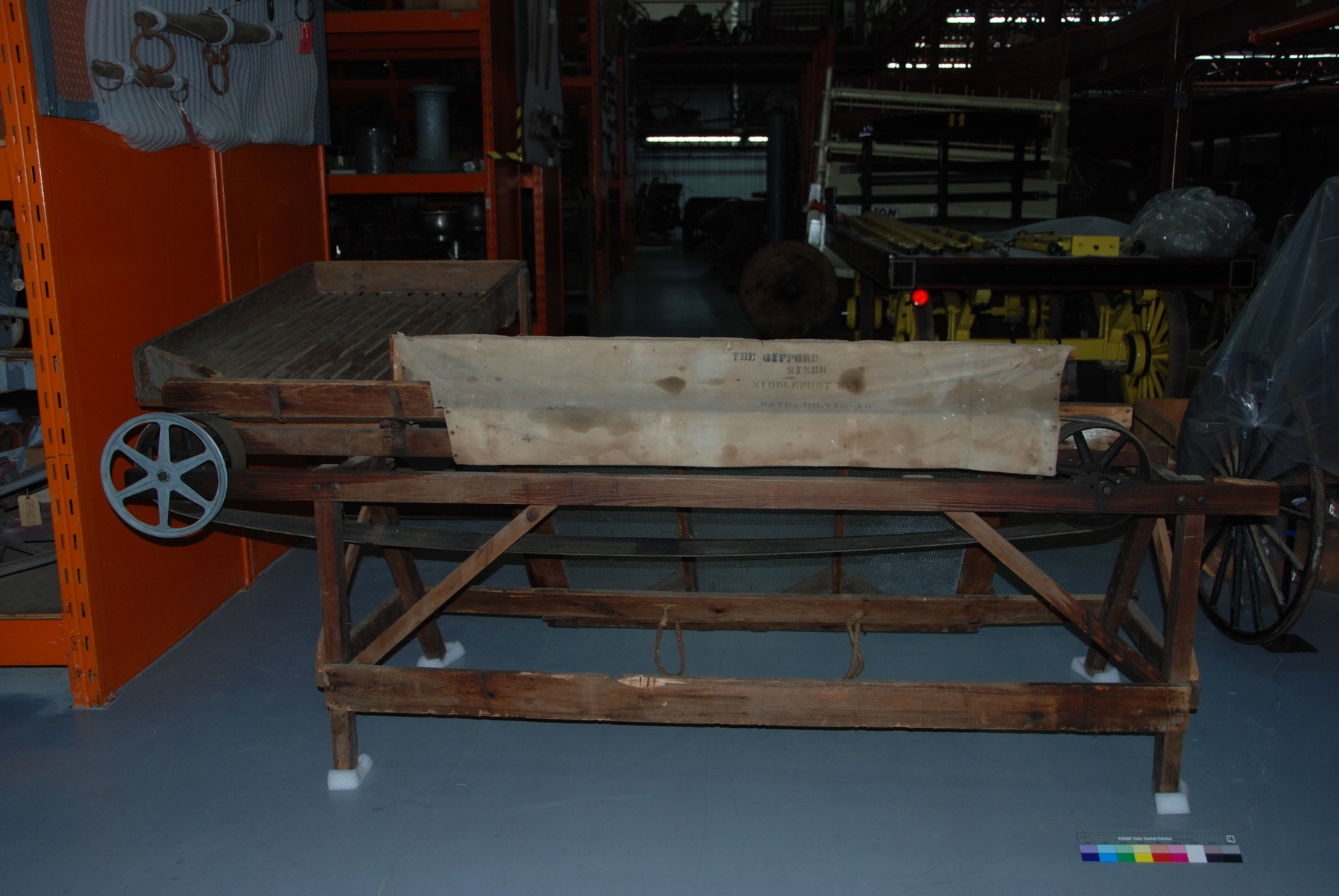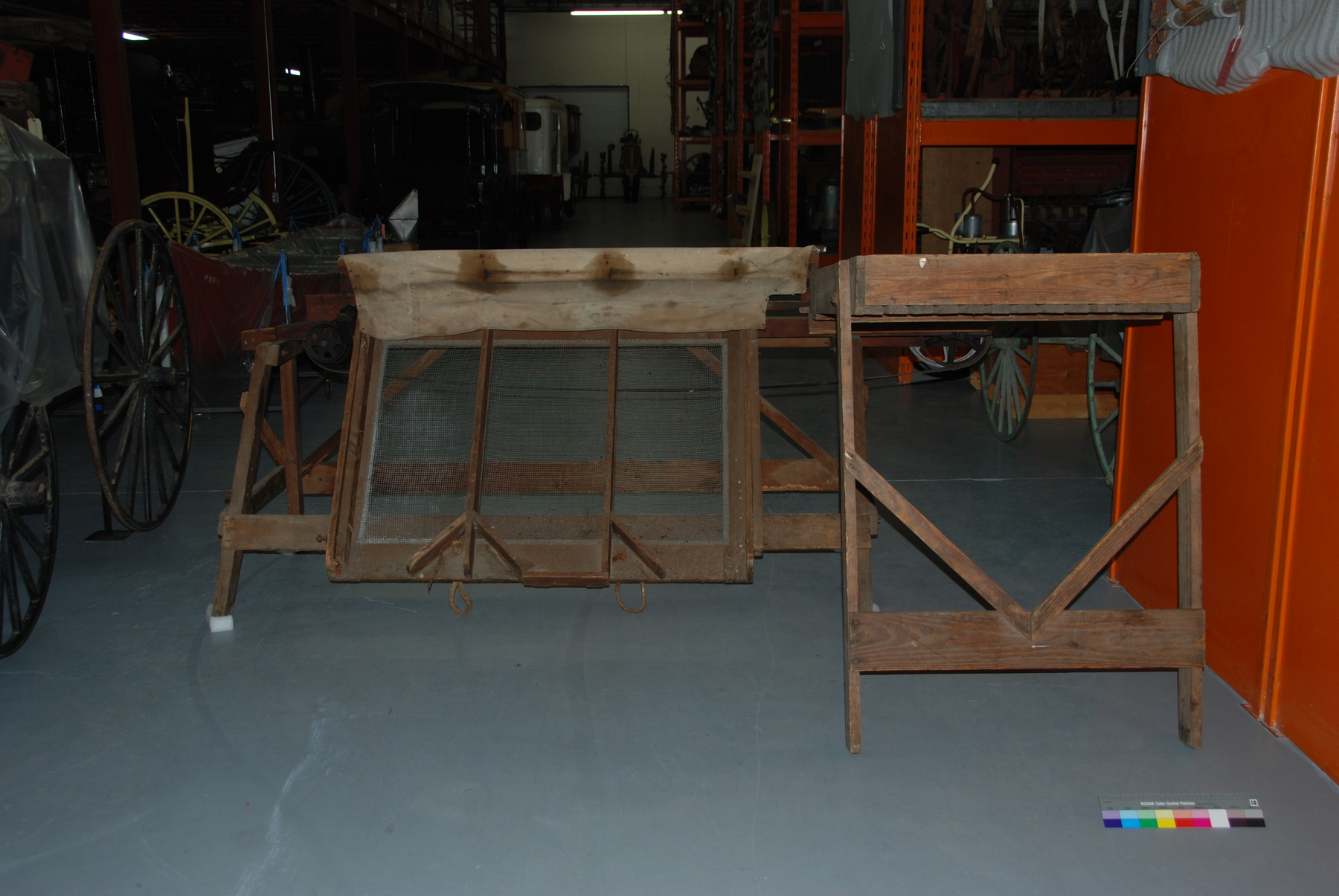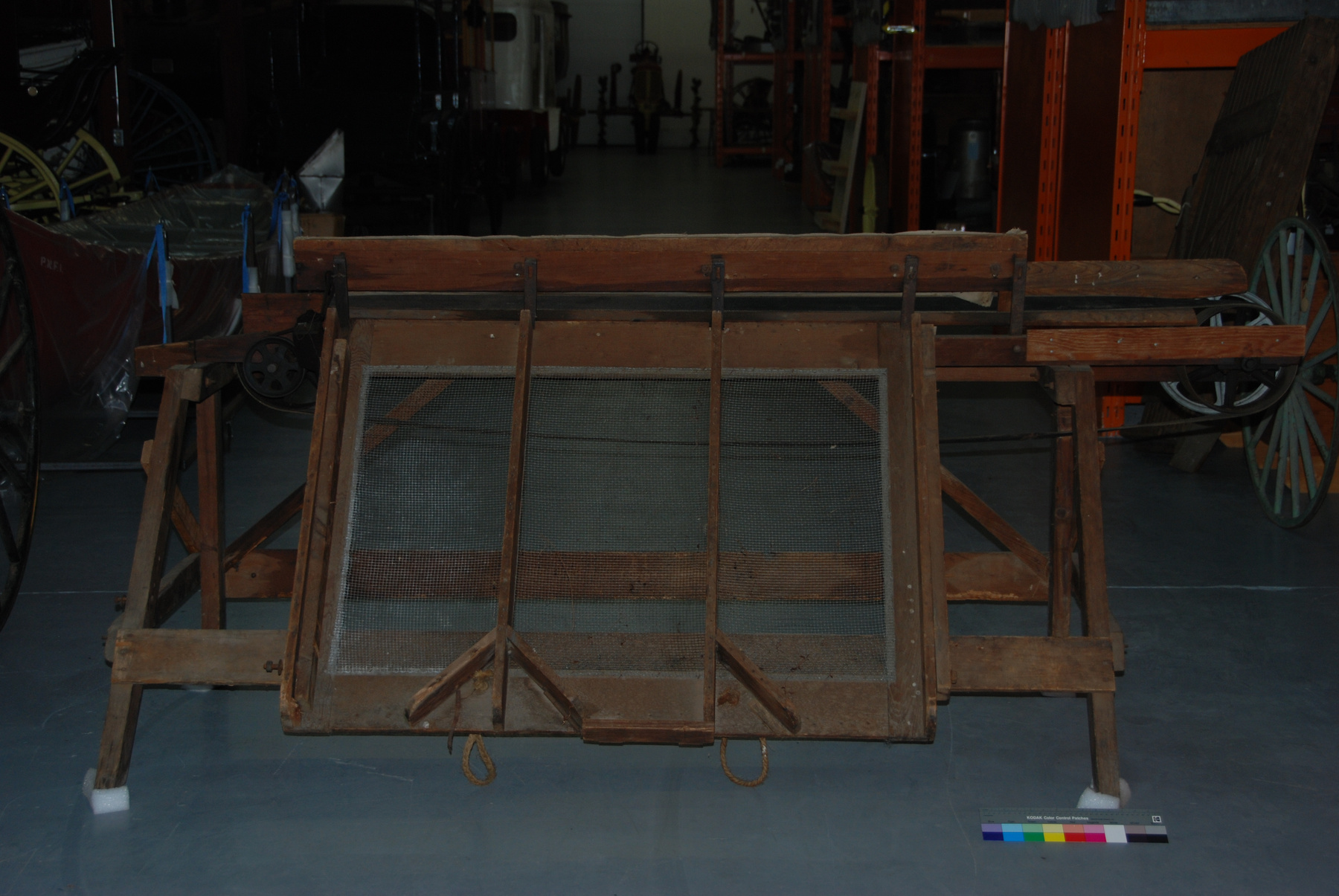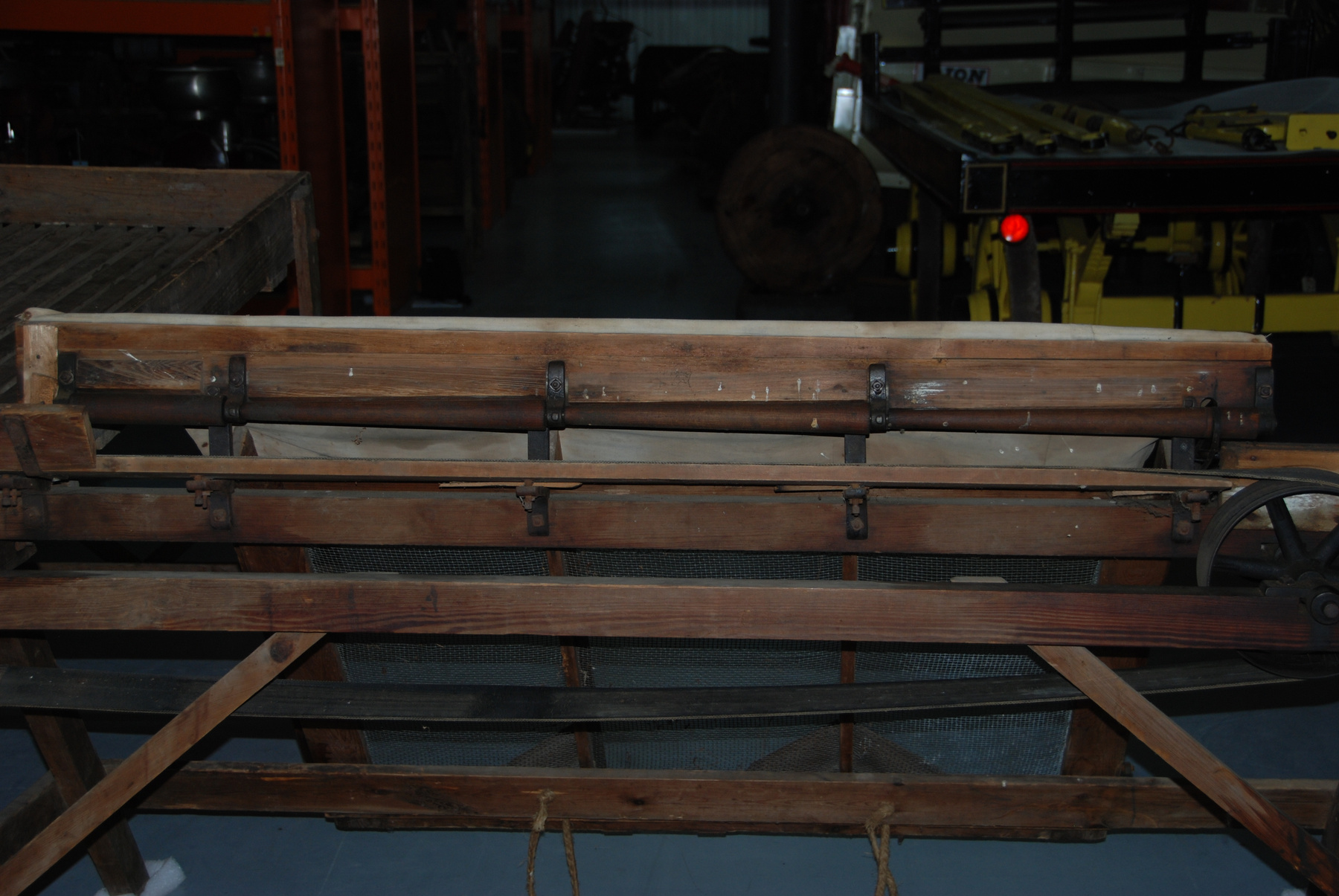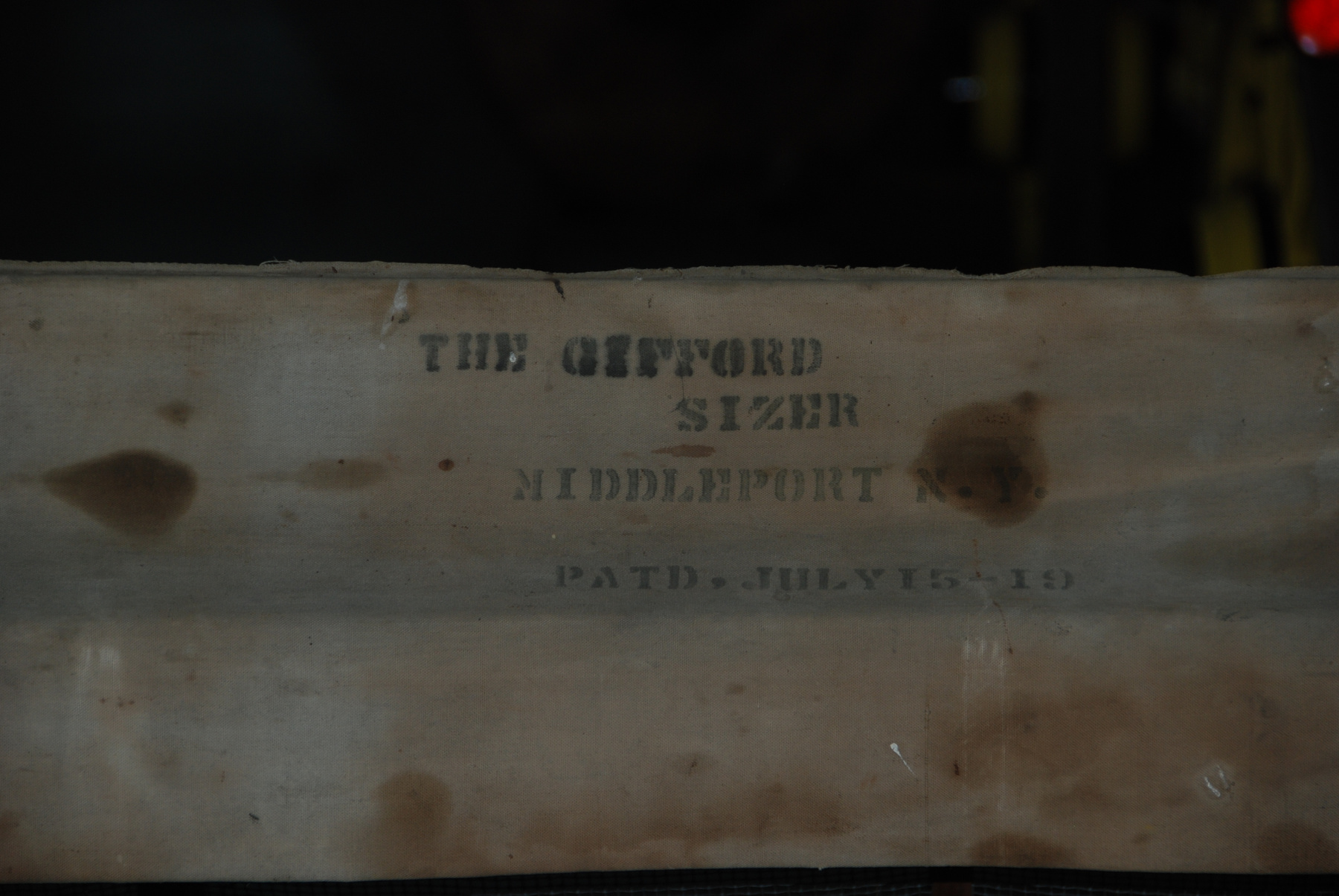Grader & sizer, fruit
Use this image
Can I reuse this image without permission? Yes
Object images on the Ingenium Collection’s portal have the following Creative Commons license:
Copyright Ingenium / CC BY-NC-ND (Attribution-NonCommercial 4.0 International (CC BY-NC 4.0)
ATTRIBUTE THIS IMAGE
Ingenium,
2010.0297.001
Permalink:
Ingenium is releasing this image under the Creative Commons licensing framework, and encourages downloading and reuse for non-commercial purposes. Please acknowledge Ingenium and cite the artifact number.
DOWNLOAD IMAGEPURCHASE THIS IMAGE
This image is free for non-commercial use.
For commercial use, please consult our Reproduction Fees and contact us to purchase the image.
- OBJECT TYPE
- Belt-driven
- DATE
- 1890
- ARTIFACT NUMBER
- 2010.0297.001
- MANUFACTURER
- Unknown
- MODEL
- Gifford Sizer
- LOCATION
- Unknown
More Information
General Information
- Serial #
- N/A
- Part Number
- 1
- Total Parts
- 2
- AKA
- N/A
- Patents
- N/A
- General Description
- Wood, metal, rubber and canvas.
Dimensions
Note: These reflect the general size for storage and are not necessarily representative of the object's true dimensions.
- Length
- 275.0 cm
- Width
- 111.5 cm
- Height
- 91.5 cm
- Thickness
- N/A
- Weight
- N/A
- Diameter
- N/A
- Volume
- N/A
Lexicon
- Group
- Agriculture
- Category
- Crop processing
- Sub-Category
- N/A
Manufacturer
- AKA
- Unknown
- Country
- Unknown
- State/Province
- Unknown
- City
- Unknown
Context
- Country
- Canada
- State/Province
- Quebec
- Period
- Early to mid-1900’s
- Canada
-
Used by Canadian orchardist Indell Waddell on Covey Hill in Quebec's Eastern townships. - Function
-
To grade and sort apples by size before packing them into containers. - Technical
-
This device is an early example of the steps taken towards the mechanization and speeding of the fruit sorting process. The first step in sorting apples is to remove the fruit that does not meet grade standards from the lot that you want to have sized and packed for sale. Freshly picked apples were dumped onto a sorting table (.002) to facilitate the removal of debris such as loose stems, leaves and substandard produce. Once the culls and refuse were removed, the contents of the sorting table were dumped onto a conveyor belt. As the apples rolled along the conveyor belt, they moved passed a series of sizing bars that were designed to expel apples, according to their sizes, into distinct packing bins. As they went down the line, apples were expelled systematically from largest to smallest. A canvas hood was draped over the belt to prevent apples from falling off the conveyor belt. When expelled by the sizing bars, the apples collected in wire-meshed packing bins. Once full, the contents of the bins were emptied into boxes. To facilitate storage, the sorting table was removable and the packing table/bins folded down. Another convenient feature was that the height of the sizing bars was adjustable; allowing a producer to sort fruit of varying sizes. - Area Notes
-
Unknown
Details
- Markings
- “THE GIFFORD/ SIZER/ MIDDLEPORT N.Y./PATD, JULY 15-19” stencilled in black on canvas hood.
- Missing
- Support/stand for packing table. Two spring-loaded stop-blocks for sorting bins. Power source and drive belt.
- Finish
- Unfinished wood. Natural canvas.
- Decoration
- None.
CITE THIS OBJECT
If you choose to share our information about this collection object, please cite:
Unknown Manufacturer, Grader & sizer, fruit, after 1890, Artifact no. 2010.0297, Ingenium – Canada’s Museums of Science and Innovation, http://collections.ingeniumcanada.org/en/id/2010.0297.001/
FEEDBACK
Submit a question or comment about this artifact.
More Like This
